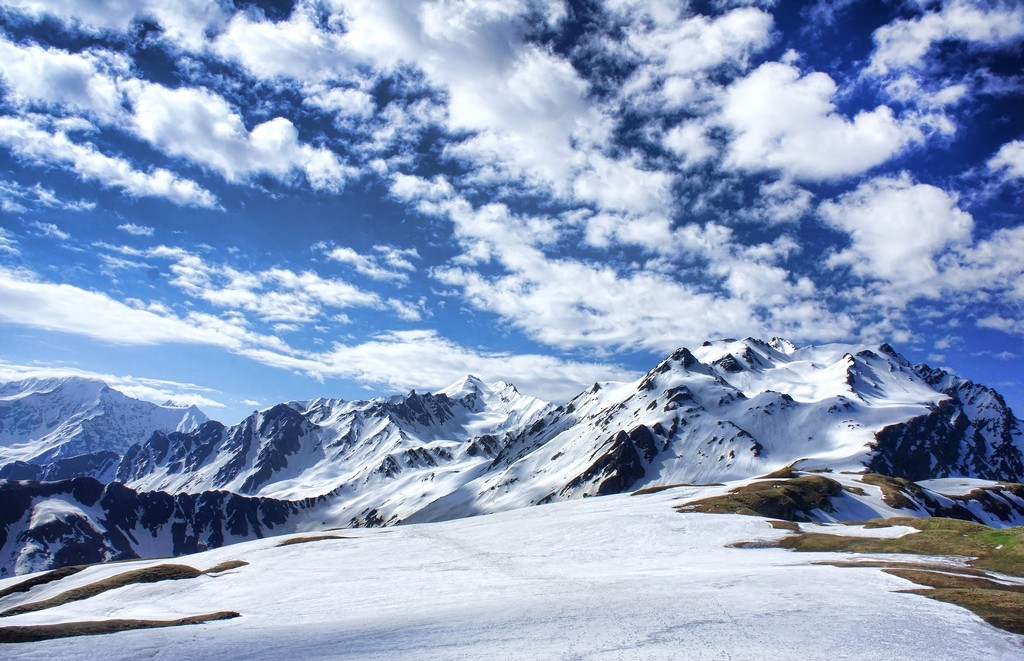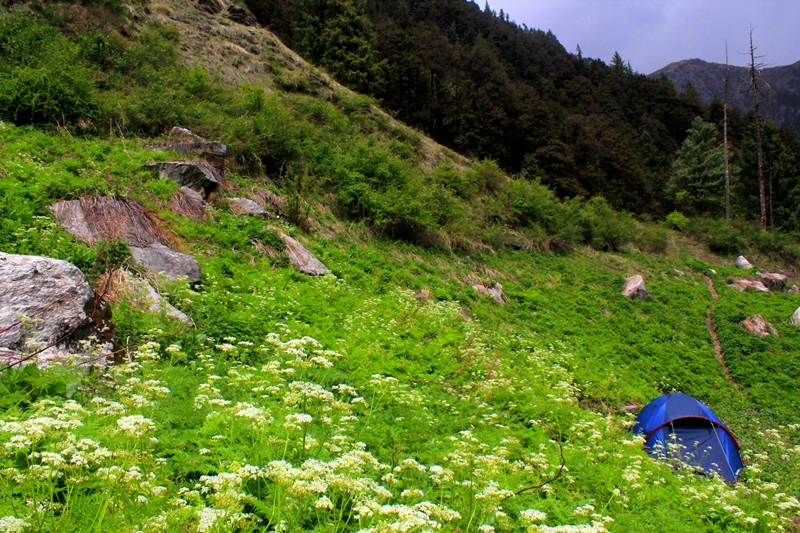The pristine natural beauty of Kashmir has earned the title of “Paradise on Earth” for a reason. Featuring lush greenery and snow-capped mountains, the valley of Kashmir always captivates the mind and soul of travelers with its splendor. It is ornamented with alpine meadows, stunning rivers, gushing waterfalls, dense forests of pine and oak, and crystal-clear glaciers. Over the years, Kashmir has also grown popular for its trekking routes and destinations – most notably, the Tarsar Marsar Trek.
Fact Check: According to the locals, it was the ruler of Kashmir, Yusuf Shah Chak, who discovered these two stunning lakes. Tarsar Lake joins the River Lidder in Lidderwat and Marsar merges with a river in the Aru district.
With great trekking locations and scenic landscapes, Kashmir attracts lakhs of tourists throughout the year. It brings the trekkers and adventure lovers one step closer to the heaven on Earth. Sonamarg and Pahalgam are the two most famous hill stations in Kashmir and they serve as the base camp for various treks. The Tarsar Marsar trek is one of those expeditions where dreams of adventure seekers become true. While hiking in the mountains, trekkers will come across the lifestyle of rural people and get a glimpse of a pastoral-agricultural ethnic group called Gujjar. The Dachigam National Park is situated in the region of Marsar Lake.
Surrounded by the peaks of the Kolahi Mountain, the Tarsar Marsar trek takes you to a height of 4,100 m. It involves a beautiful journey to the most striking twin lakes i.e. Tarsar and Marsar, which are known for their almond like shape. And surprisingly, they flow in opposite directions too. The one thing that makes this trek special is its awe-inspiring exquisiteness and tranquillity.
Duration: 7 days
Max Altitude: 4,100 m
Distance Covered: 33 km
Level: Moderate
Maximum Age: 8 years
Base Camp: Srinagar
Start Point: Pahalgam
End Point: Sumbal
Best Time: Whether it’s summer, monsoon or winter, the beauty of Kashmir remains constant and unchallenged. Ardent trekkers undertake this trek all round the year. However, the suggested time to head for the Tarsar Marsar trek is from April to October as trekkers can enjoy magnificent mountains the most. Also, trekkers get to witness colorful birds and mountain animals like golden eagles, musk deer, bar-headed geese and brown bear. The average temperature ranges from 17°C to 20°C in the daytime and remains between 3°C and 4°C at night.
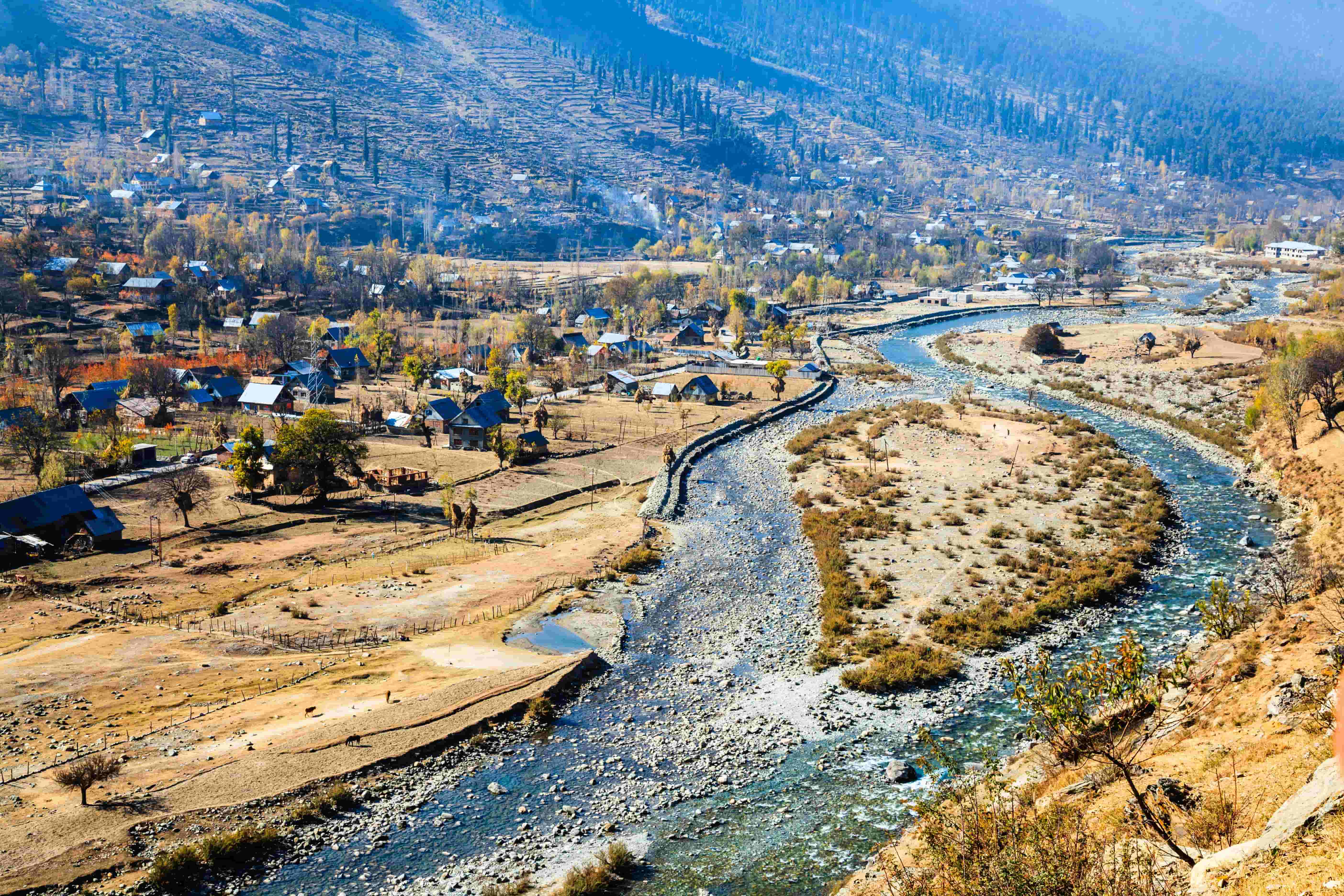
Walking On The Velvet Grassland
On every day of the trek, the contrasting views of lush green meadows against the gigantic mountains and sapphire blue sky will surprise you. The grassland also comprises exotic plants like gentian and poppy, which offer a sight similar to that of Delhi’s Mughal Garden. The dense forest and herders’ huts make the grassland even more beautiful.
Enjoy Staying At Stunning Campsites
The campsites are set amidst the green surrounding and striking mountains. The trek gives you an opportunity to spend nights at the most picturesque campsites of Shekiwas and Lidderwat that offer enchanting views of the snow-clad peaks and glittery sky.
The Base Camp: The village of Aru features a number of charming wooden cottages amidst the lofty trees of fir. The hamlet serves as the base camp of the Tarsar Marsar trek and on reaching Aru, you can experience its exquisiteness along with the river stream that flows aside the rustic hamlet. You can meet the locals to know more about their lifestyle and if you’re lucky enough then you might get to enjoy a few melodious folk songs.
Climbing On The Grassy Ridge
Have you ever thought of hiking the trail without the trekking shoes? No! During the Tarsar Marsar trekking expedition, upon reaching Shekiwas there is a grassy ridge where you can walk barefoot. From the top of this dazzling ridge, you can enjoy a sight of stunning sunrise. And this view is not only a great catch for your eyes but for your camera too!
Stroll Around The Striking Tarsar Lake
If you’re a nature lover or photography enthusiast then you must walk around Tarsar Lake. From the two opposite ends of the lake, you can enjoy distinct views of the lake. Undoubtedly, the lake even looks more stunning during the sunrise when sun rays paint the azure water of the lake in orange color.
Does the Trek Demand Physical Fitness? As most of the trekking trail goes through the lush green meadows, the Tarsar Marsar trek is a perfect one for beginners. Since it is a moderate trek, it doesn’t require much physical fitness. Any person above 8 years can undertake the trek to explore the beauty of Kashmir and the twin lakes.
Day 01: Srinagar to Aru Base Camp
After arriving at the airport in Srinagar, we first met a cab driver. He told us that he has come to receive us and he will take us to the base camp. We boarded the cab and reached Pahalgam in 3 hours, covering a distance of about 100 km. The driver stopped the cab near a roadside restaurant where we had lunch. We reached Aru, located 12 km from Pahalgam, in one and a half hour. From the Aru road, we hiked towards the base camp.
The Bijbhera trail was dotted with scenic orchards of walnuts, apples and apricots. Our eyes glazed over with the astounding view of the base camp and Aru village. For that one moment, I felt like somebody has erased the memories that I have lived so far in my life and I have entered a world where I wanted everything to just halt right there.
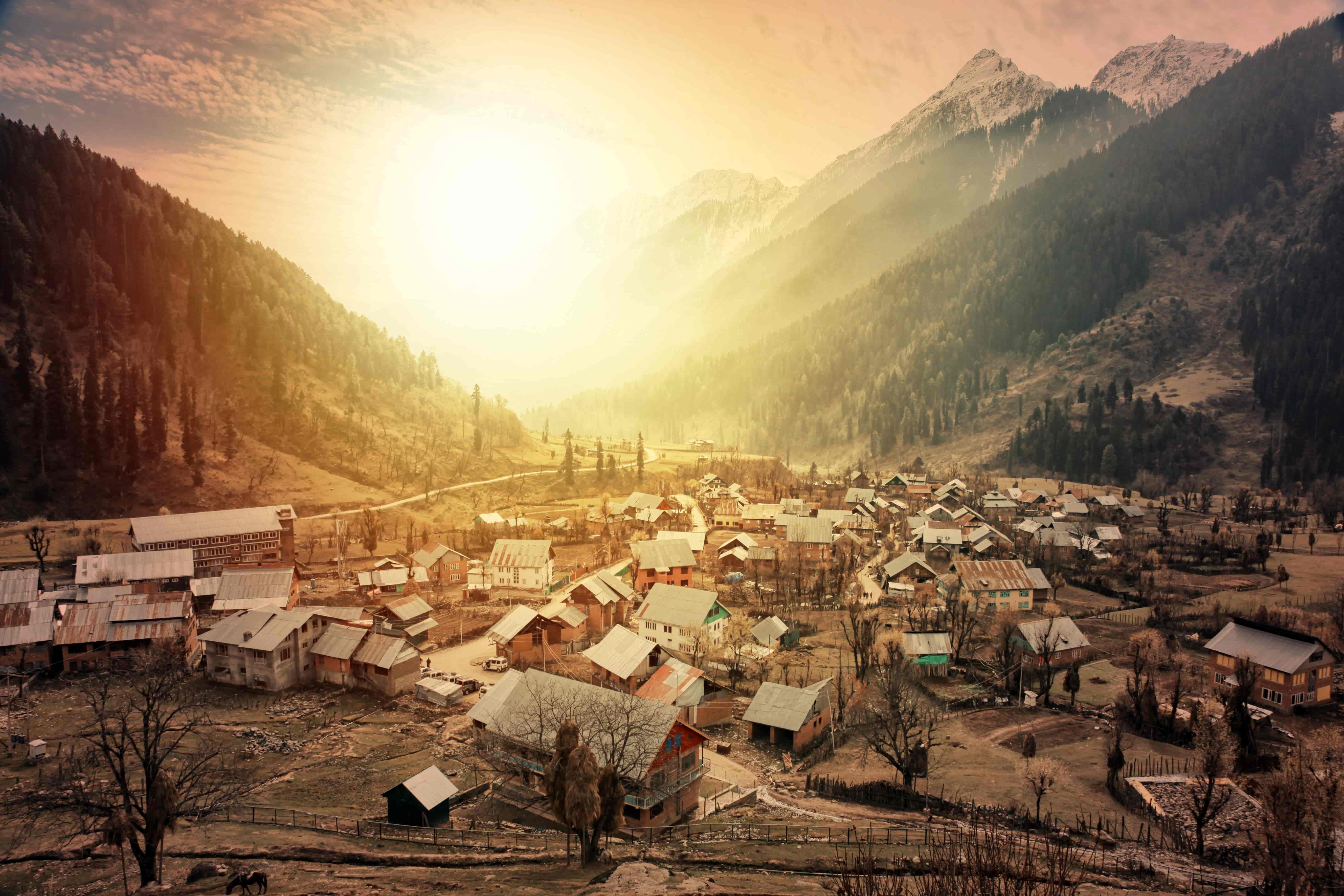
Later, we met our guide and we were introduced to other fellow trekkers. He briefed us about the area, locals and trekking routes. We also found herders coming back from the hilltop with their cattle and children were playing games in the lush green area. In the evening, we relished Kashmiri tea, called kahwah, with a pan-shaped local bread, khambir. After dinner, we spent the night under the glazy sky amidst the gushing sounds of the stream.
Day 02: Aru to Lidderwat
We woke up with the sunrise and to the melodious chirping of birds, echoing in the valley and quickly got ready with our packed luggage. Our trekking expedition started after the breakfast. We gave our luggage to the porters so that we could easily climb in the mountains. While hiking through the scenic surroundings, consisting green pastureland and mountain animals like sheep and goats, we realized that why Kashmir is called the paradise on Earth. The climb was steep but easy and pleasant too. We hiked along the River Lidder and it took us around 4 hours to cover a distance of 9 km.
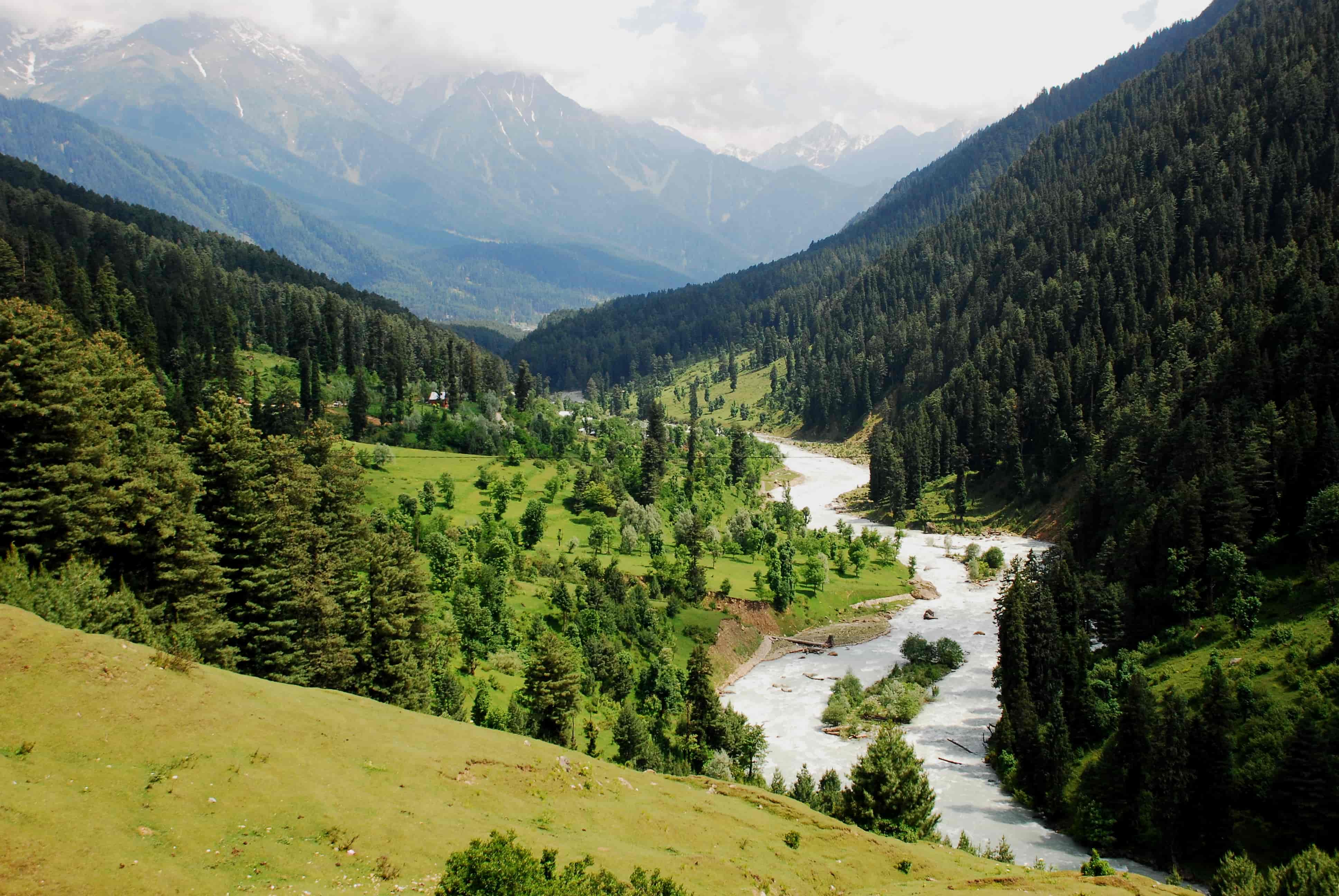
Post reaching the Lidderwat, we took a stroll around the valley and spent a night in a riverside camp.
Day 03: Lidderwat to Shekiwas
After capturing some wonderful pictures in my camera, I headed to Shekiwas with my friends and fellow trekkers. On the way to Shekiwas, we sang songs and shared our trekking experiences with each other. Initially, the trail was less rocky and it helped us in climbing faster. However, there was a point when we were surrounded by the cold winds which were hitting us very hard.
Thankfully, the trail took us to a dense forest of pine and that helped us escape the winds. We also sighted a deer and many exotic birds in the forest. Later, we crossed a river and suspension bridge. With that, we reached a valley which had several Gujjar huts. We enjoyed a cup of tea and snacks there. It gave us energy and helped us in climbing at a high altitude. Moving ahead, we reached Shekiwas in 4 hours. It is a lush meadow which offers perfect captures for the camera. Later, we had a bonfire night under the moon.
Day 04: Shekiwas to Tarsar
Next day, the trail took us through the lush green meadows, waterfalls and a river stream. Later, the path took us to a ridge on the stream that goes to Tarsar. We hiked to a stunning conical hilltop that offered astounding views of Tarsar Lake. The walk around the lake filled me with thrill and excitement. The overwhelming beauty of the place was so powerful that it kept us half-awake the entire night. Most of us kept looking at the sparkling water of the lake as it was offering a wonderful sight with the changing colors of the sky.
Day 05: Tarsar to Sundaresar
It was one of the most challenging days of the journey as we had to cross Tarsar Pass. We covered only 5 km in 6 hours and the ascent became even more strenuous as it rained for a few hours. Following a trail that goes through the dense forest, we reached Sundaresar. The shores of Sundaresar Lake welcomed us, and it was an ideal camping spot after the lovely trek from Tarsar.
Day 06: Sundaresar to Marsar and Back to Sonmasti
After breakfast, we started with a steady ascent to Marsar from Sundaresar. Our guide told us that we have to descend back to the base camp after visiting Marsar Lake. We reached a valley filled with vibrant flowers. Later, we sighted mountain sheep and goats that were grazing on the lush green pastureland. In 3 hours, we reached Marsar Lake and after capturing several group photos and selfies, we descended to the base camp via Sonmasti.
It took us around 7 hours to hit Sonmasti, which is a small village of Gujjars. The village was located amidst the pictorial surroundings, including a waterfall. We had fun with the Gujjars as they had some small get together, and luckily they asked us to join them. We danced to the tunes of Kashmiri folk songs that day. And, don’t ask me about the food, I can hardly describe you the taste of those lip-smacking traditional delicacies.
Day 07: Sonmasti to Sumbal; Drive to Srinagar
Last day, we arrived at Sumbal from Sonmasti in 3 hours and after bidding goodbye to our fellow trekkers, we drove back to Srinagar.
Not just a trek, it is an experience…
Trekking is not only a mere journey; it is also about discovering the different culture and natural beauty that the place offers. With smooth trails, alpine lakes and magnificent mountains, trekking in Kashmir always offers 5a unique pleasure and thrill that cannot be described in mere words.
The fascinating Tarsar Marsar trek allows you to find the real you. It gives you a chance to make some of the most beautiful memories of your life in the lap of nature. So, do not miss the chance and plan this wonderful venture in the ‘Paradise on Earth’.

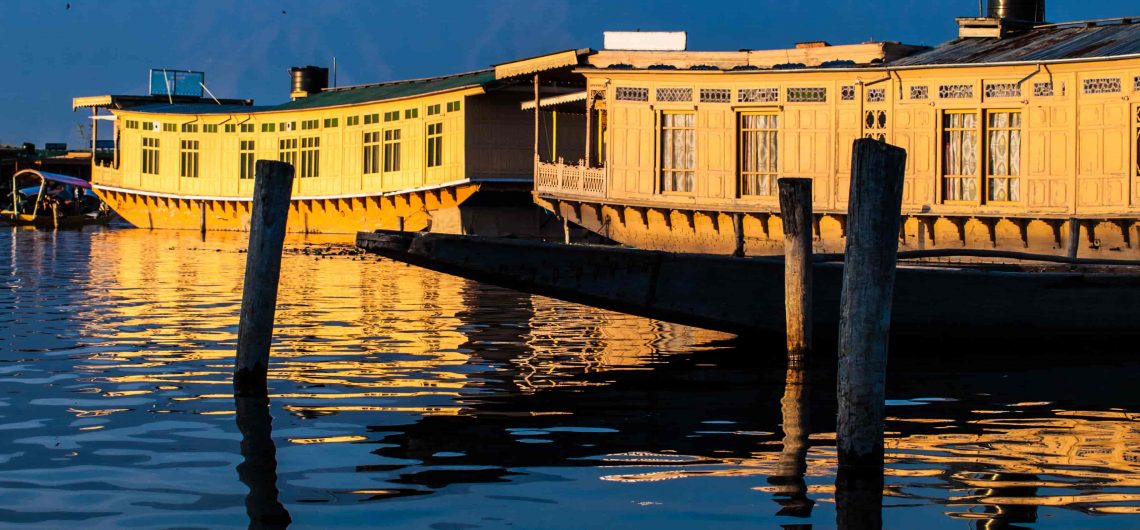


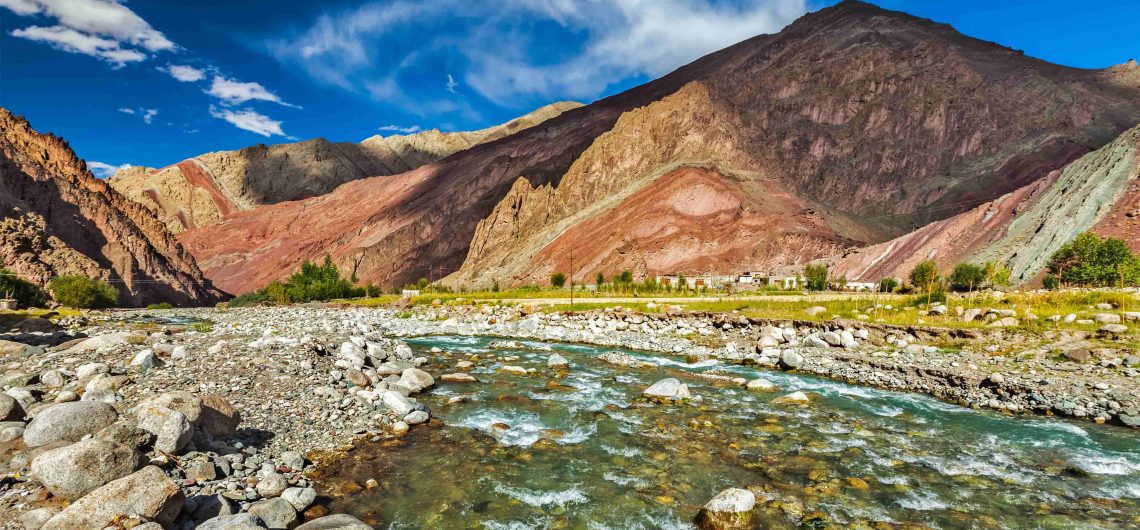
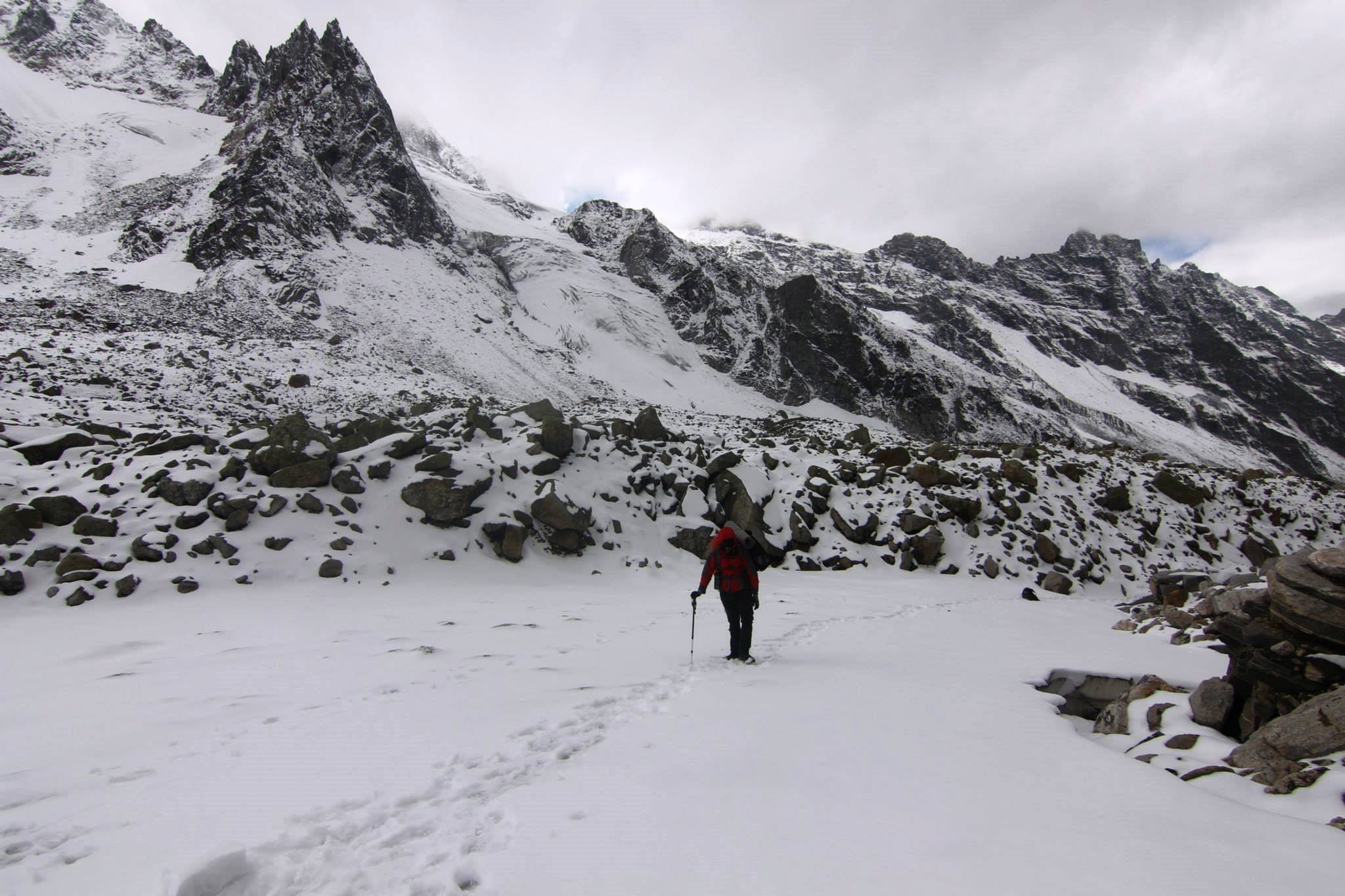
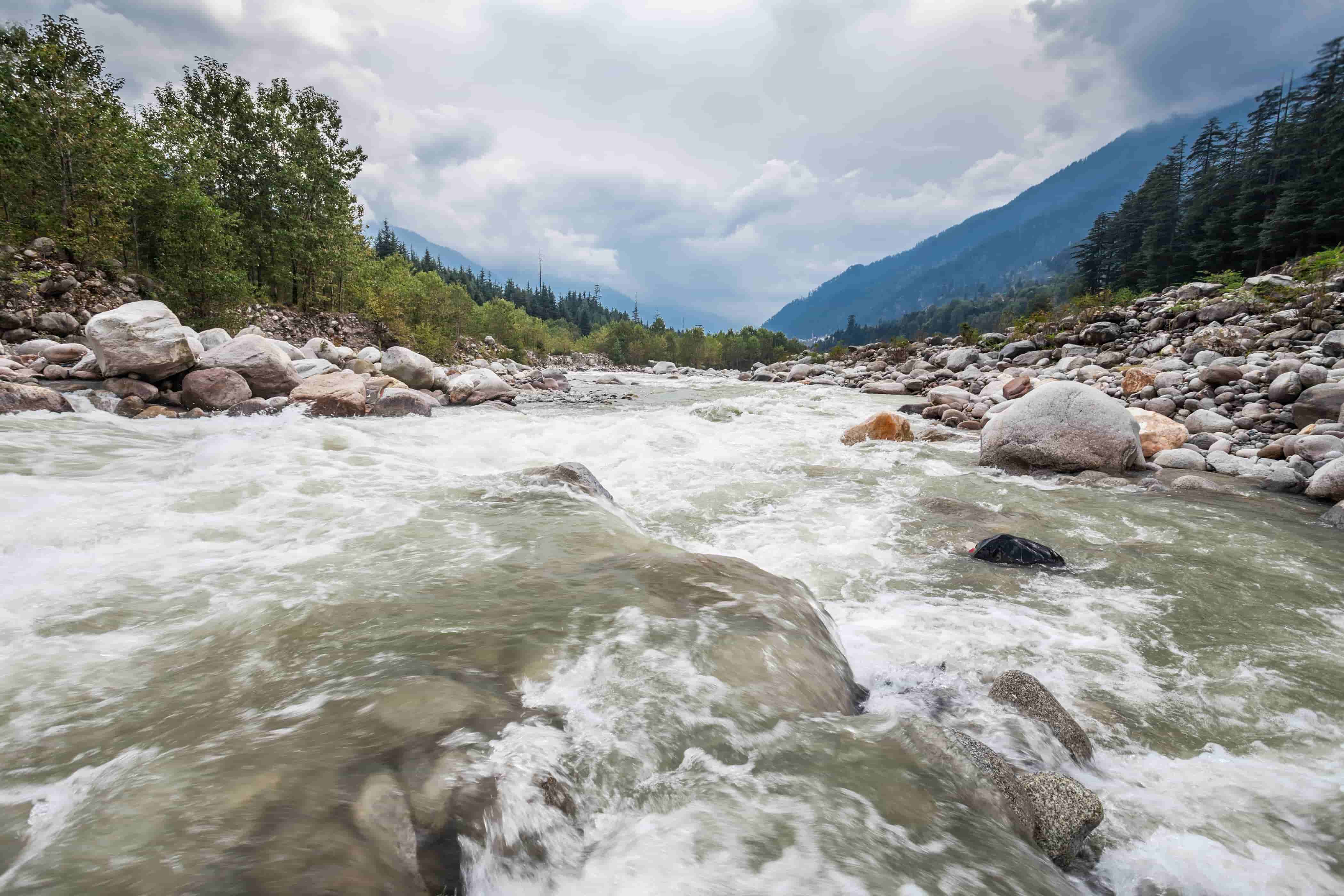
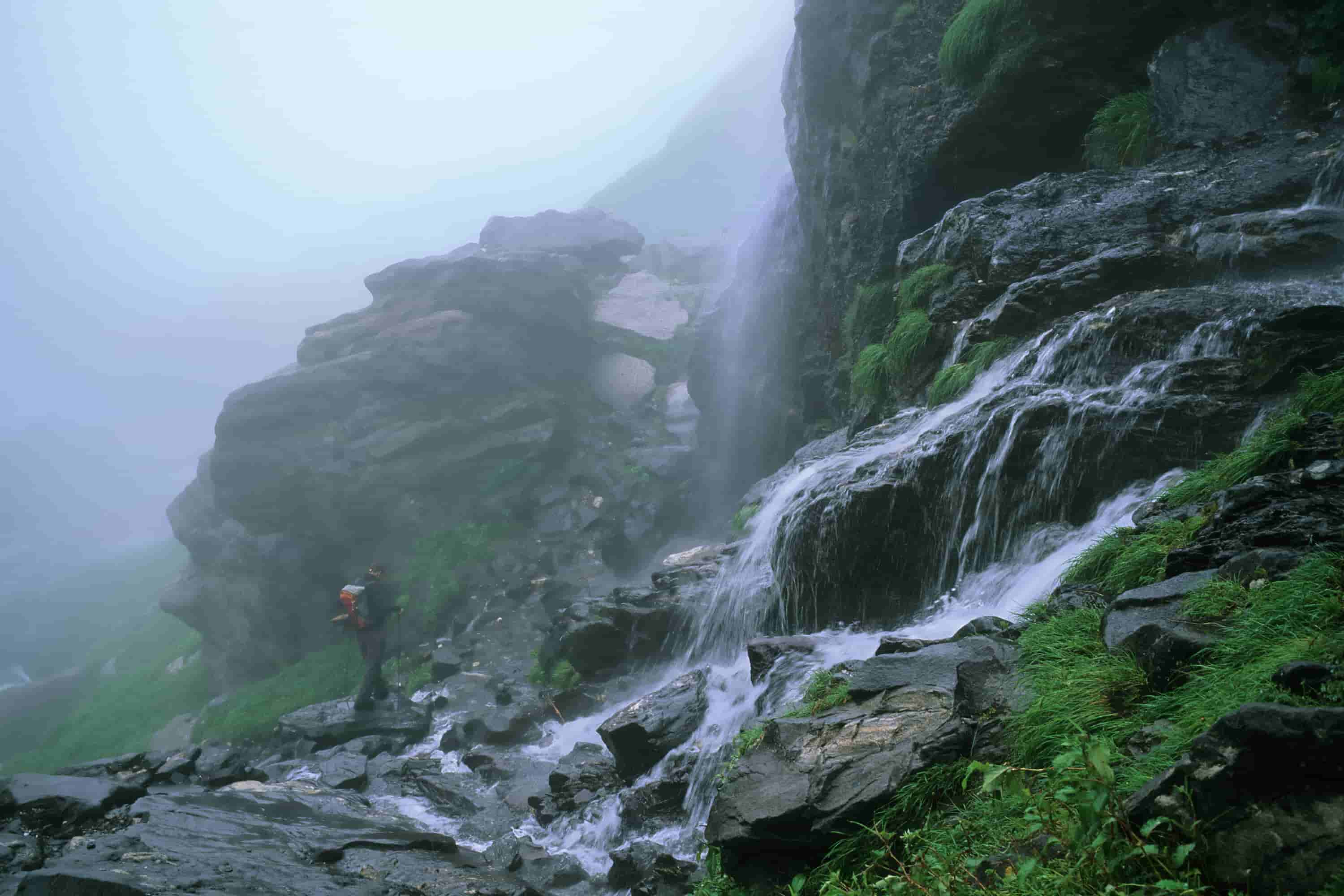
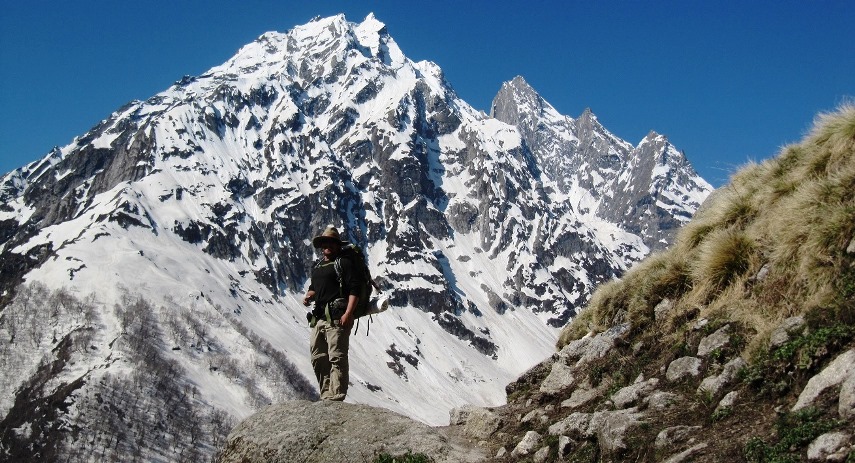
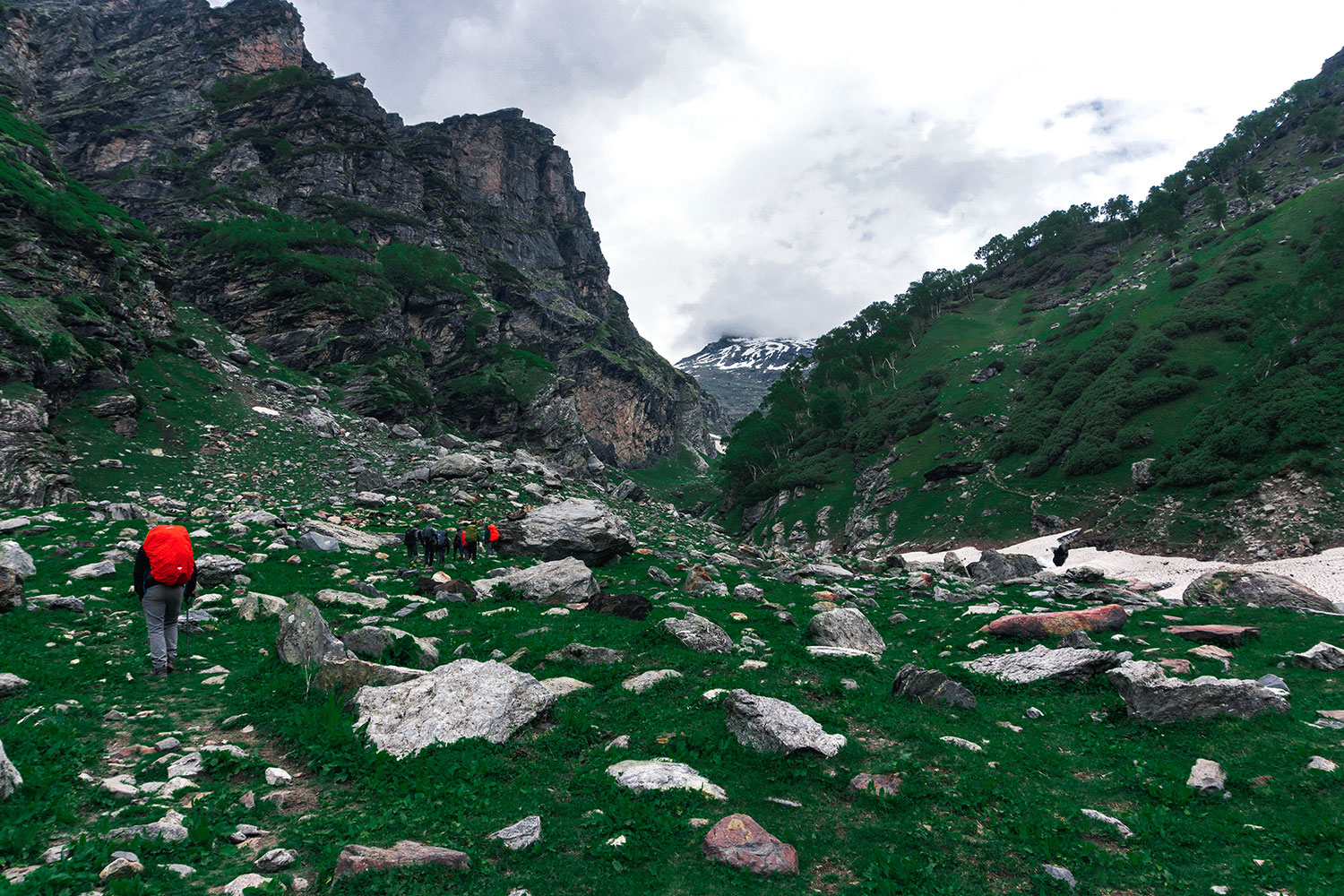
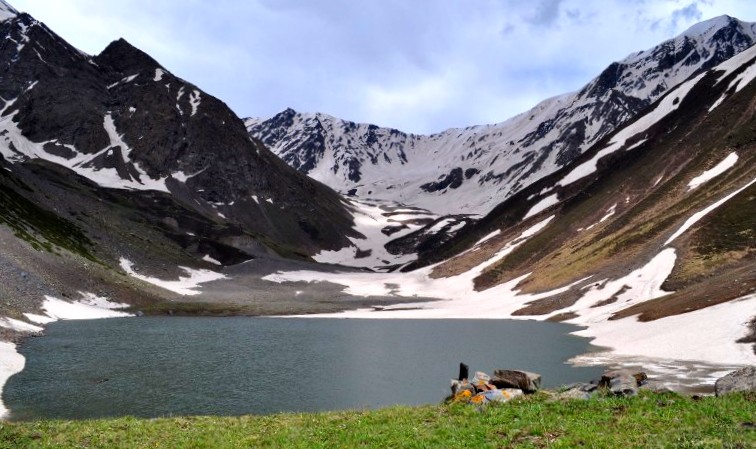

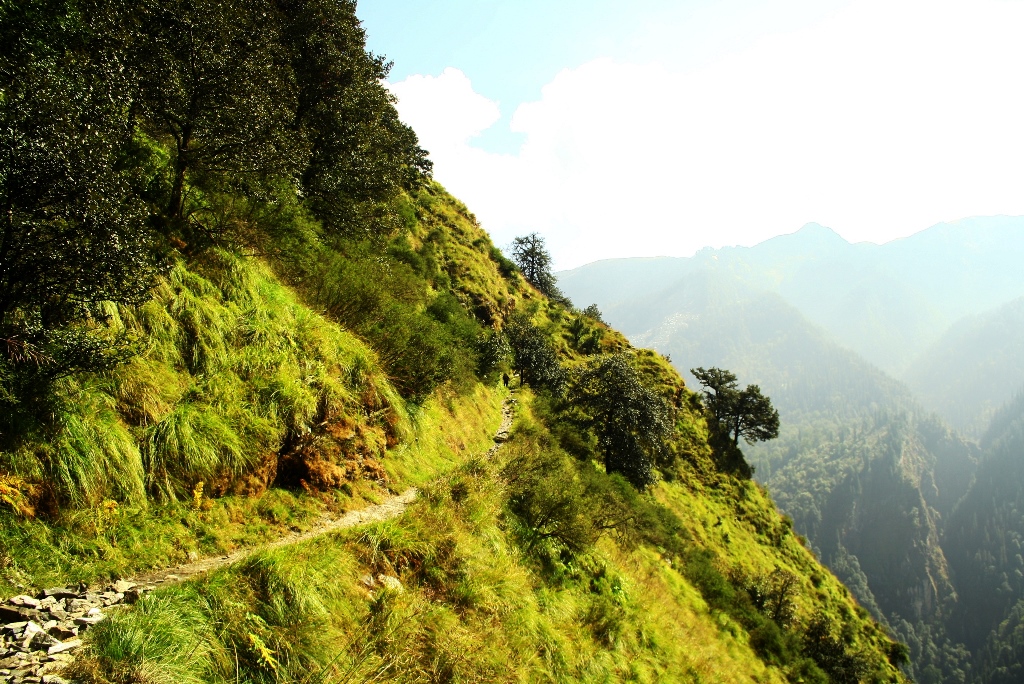
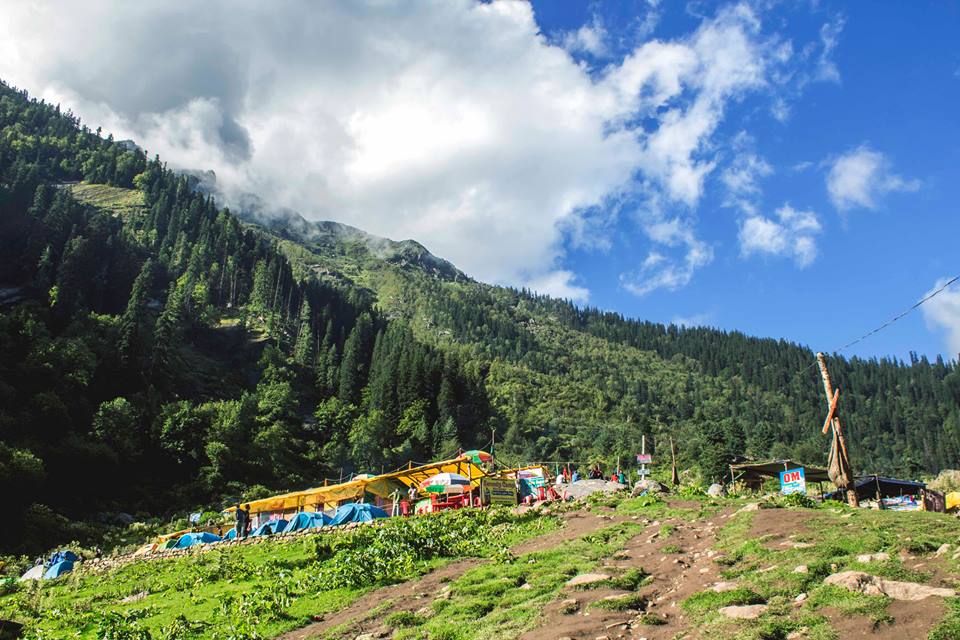
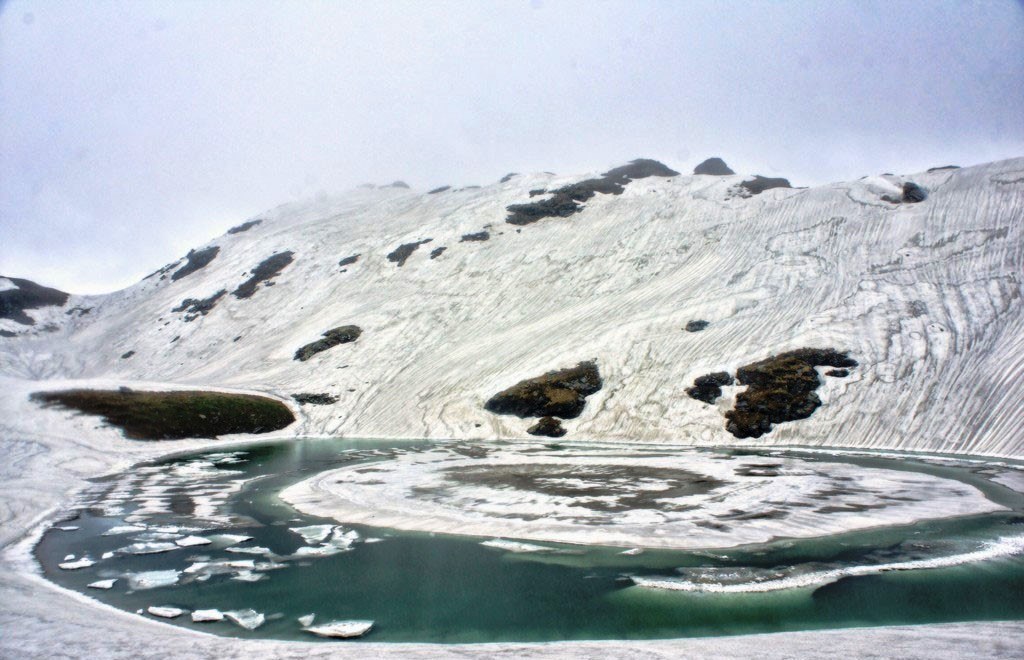
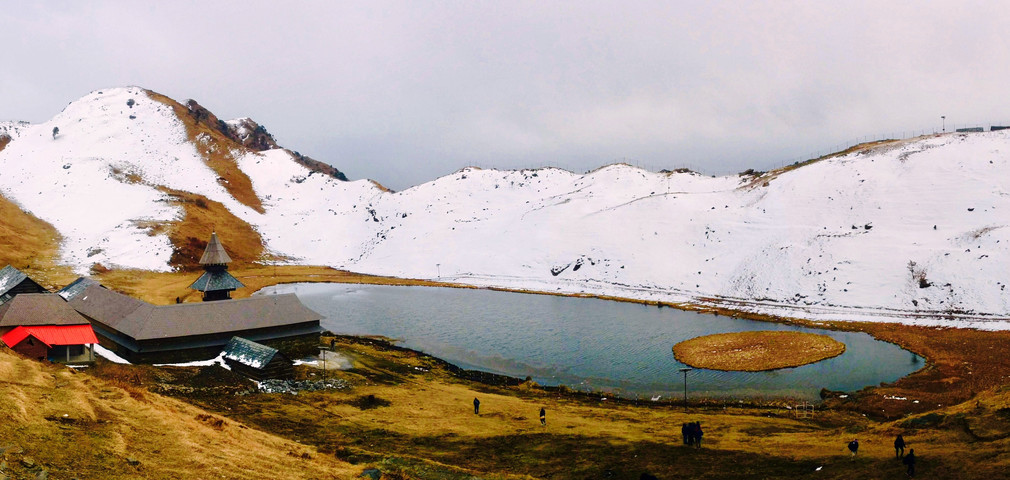
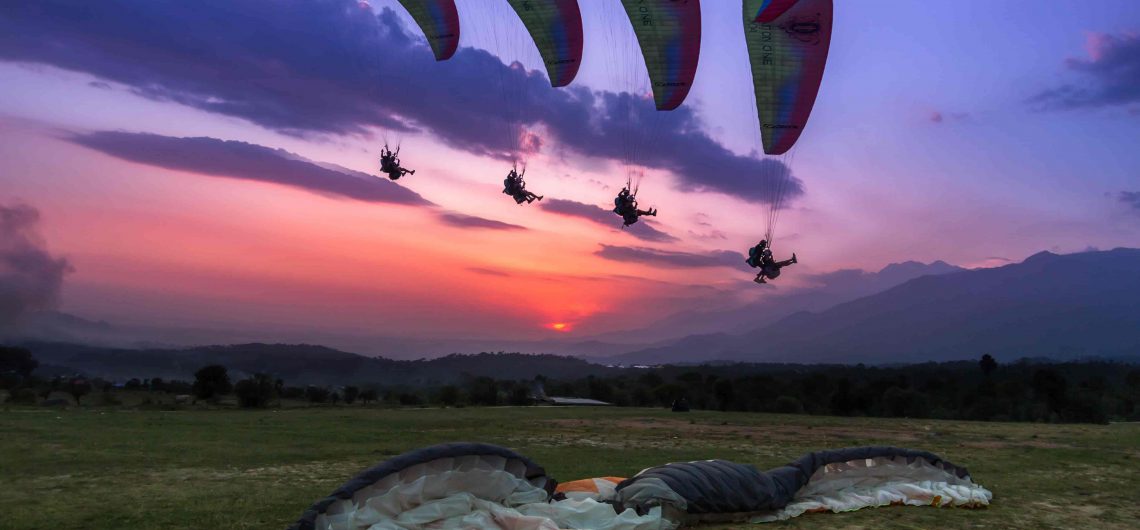
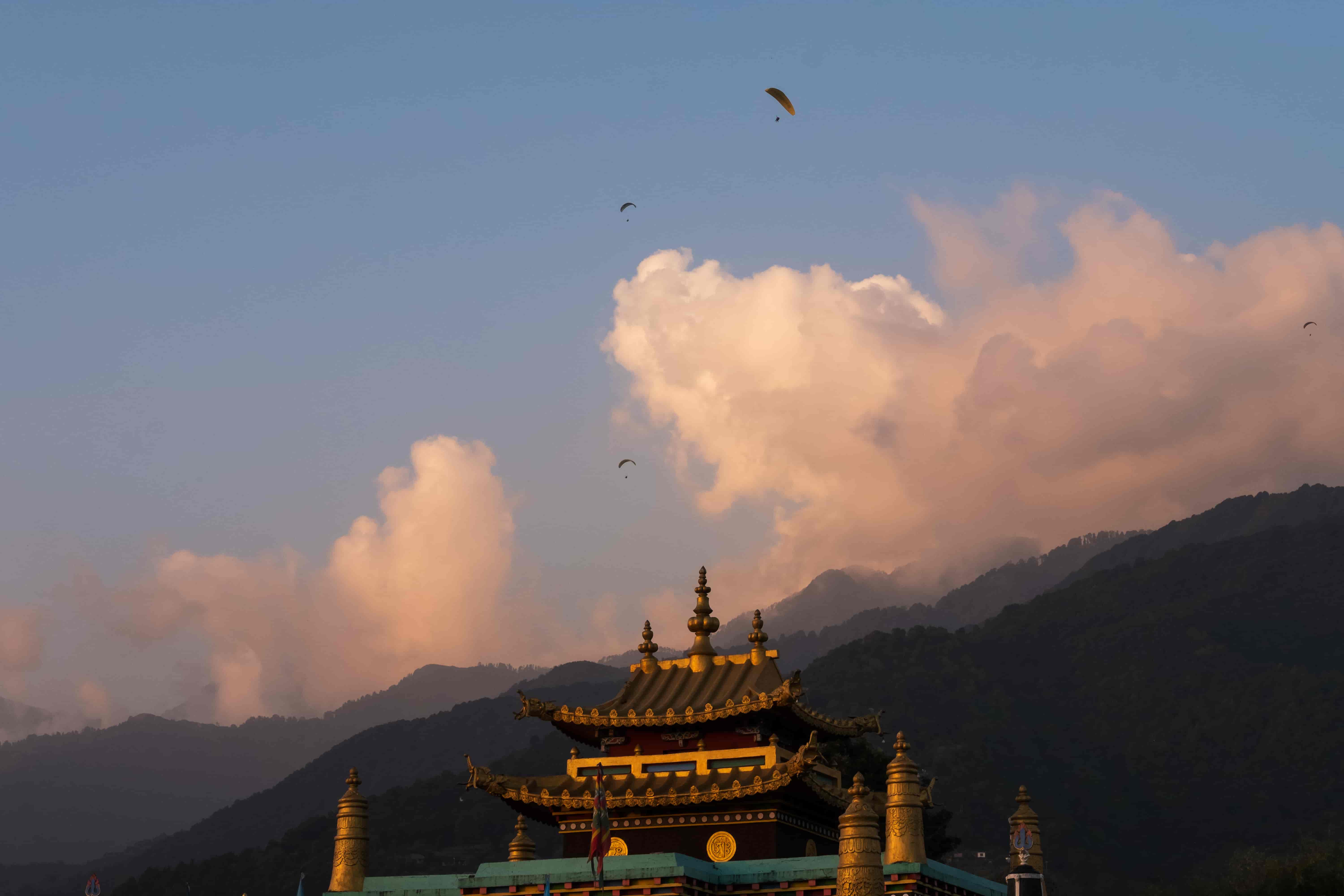
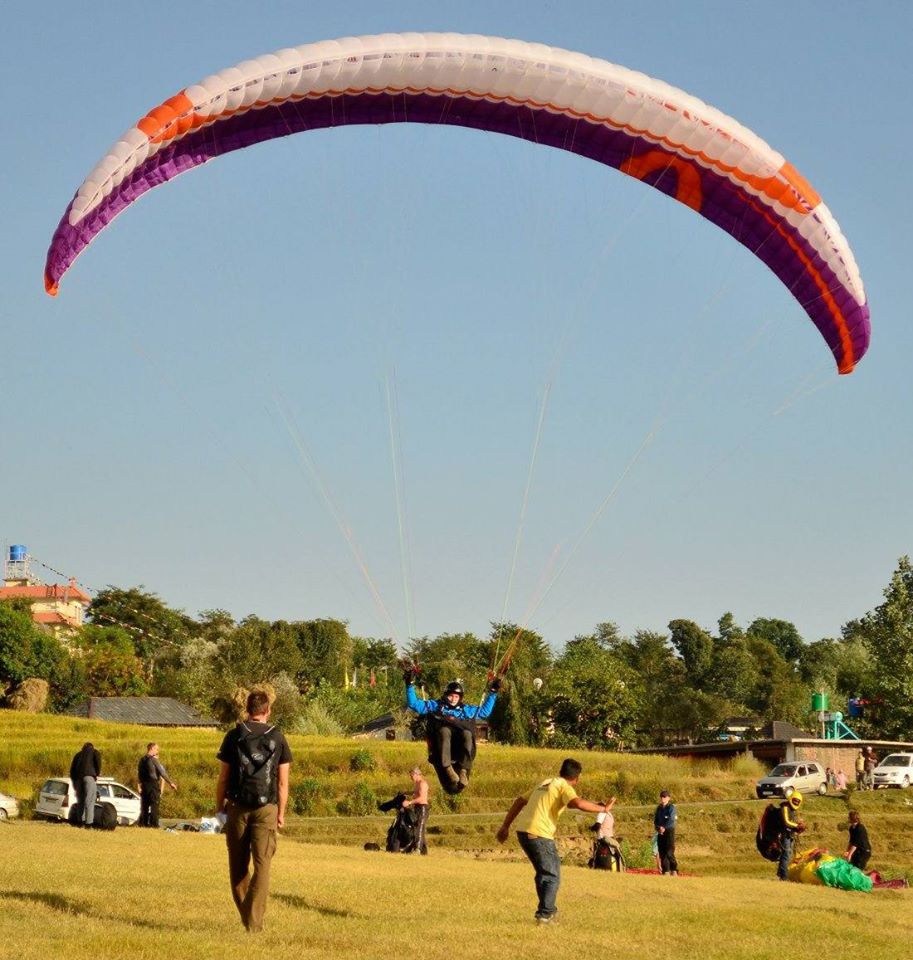

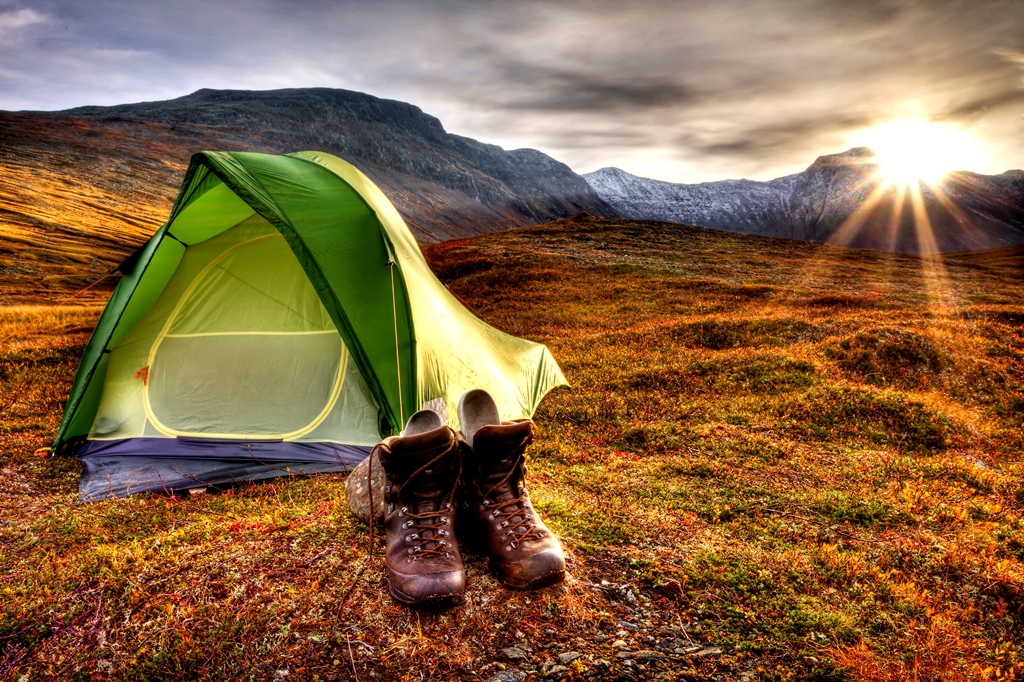
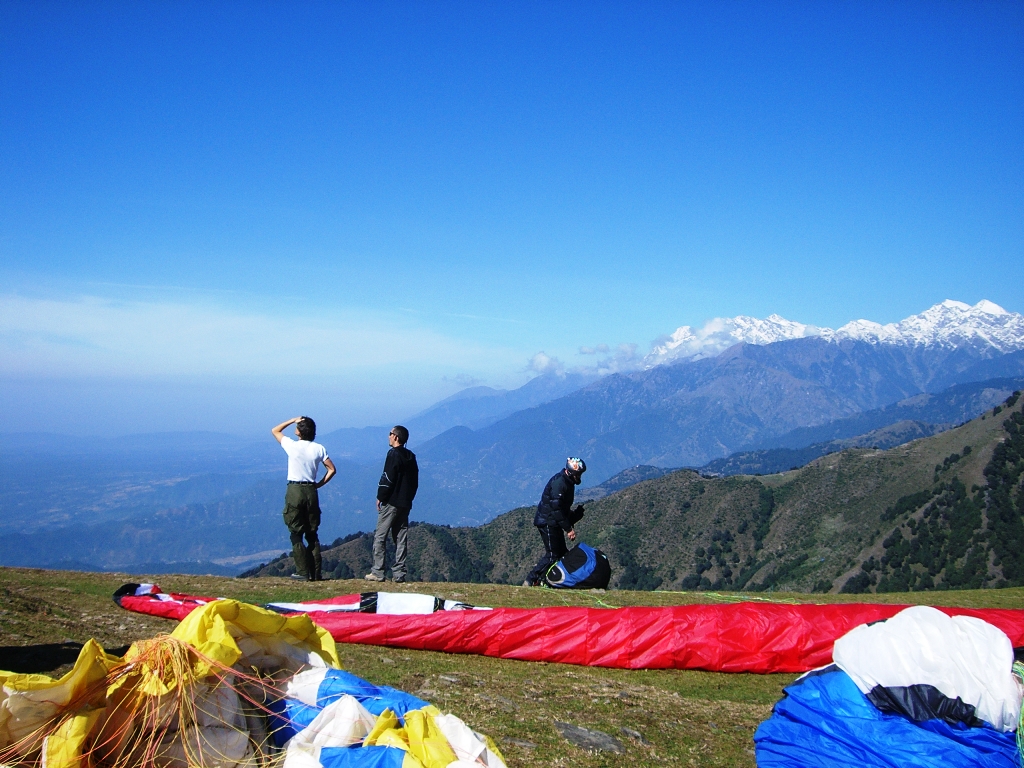
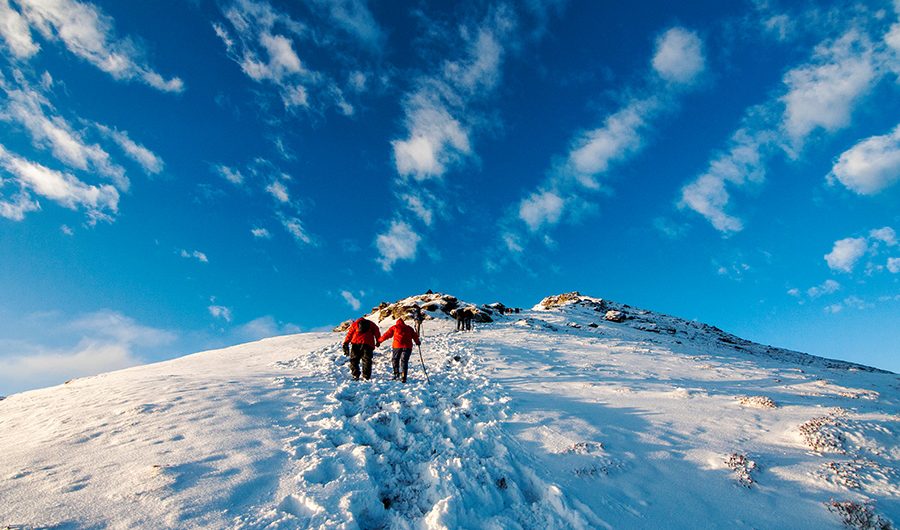
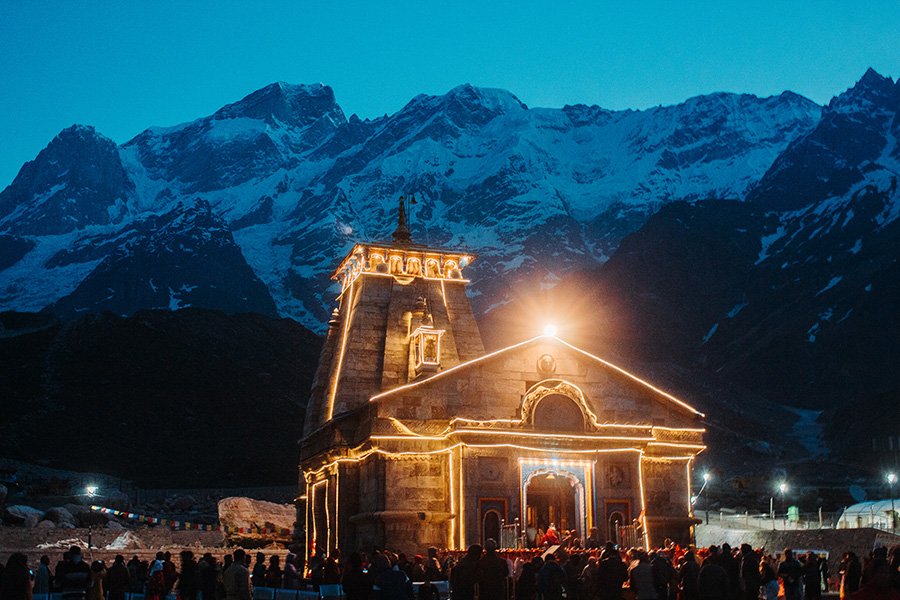
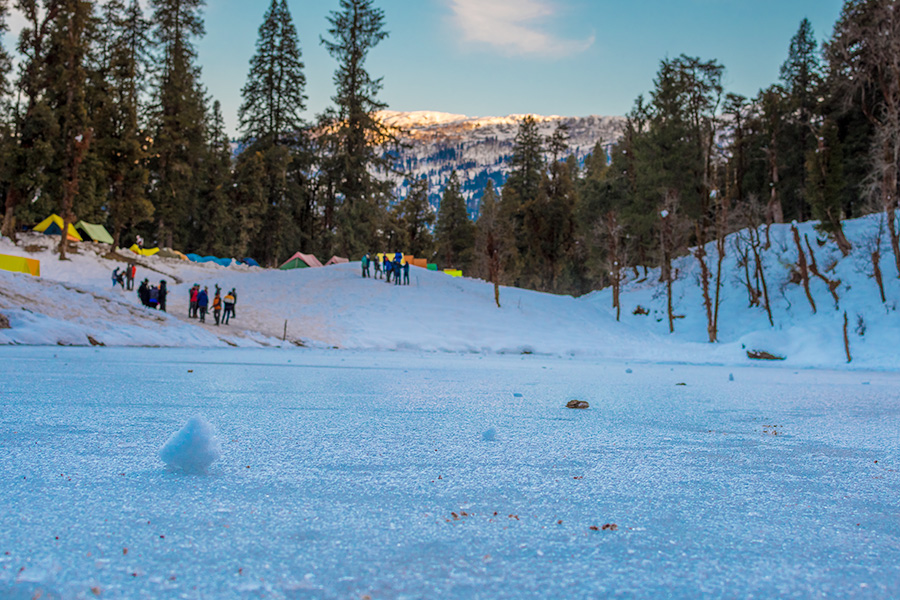
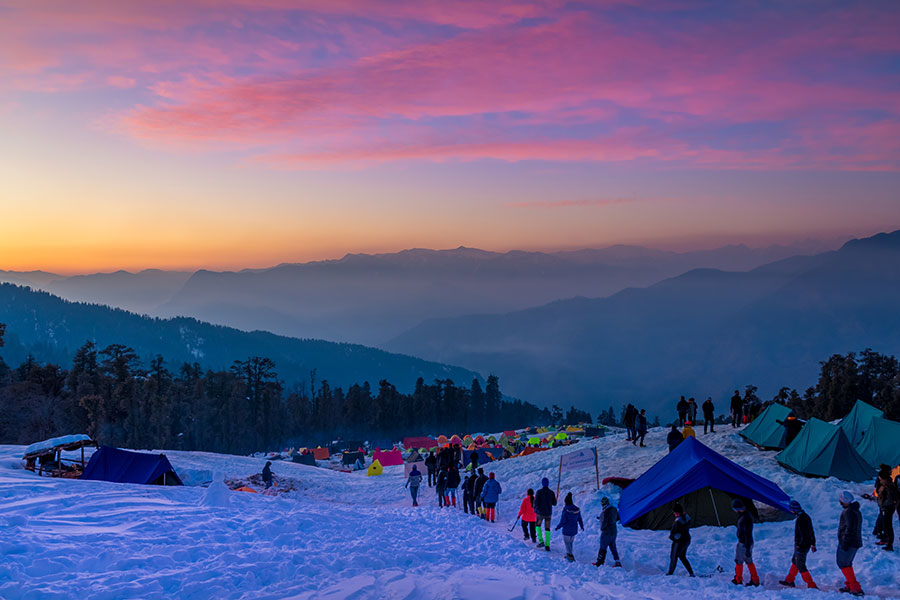
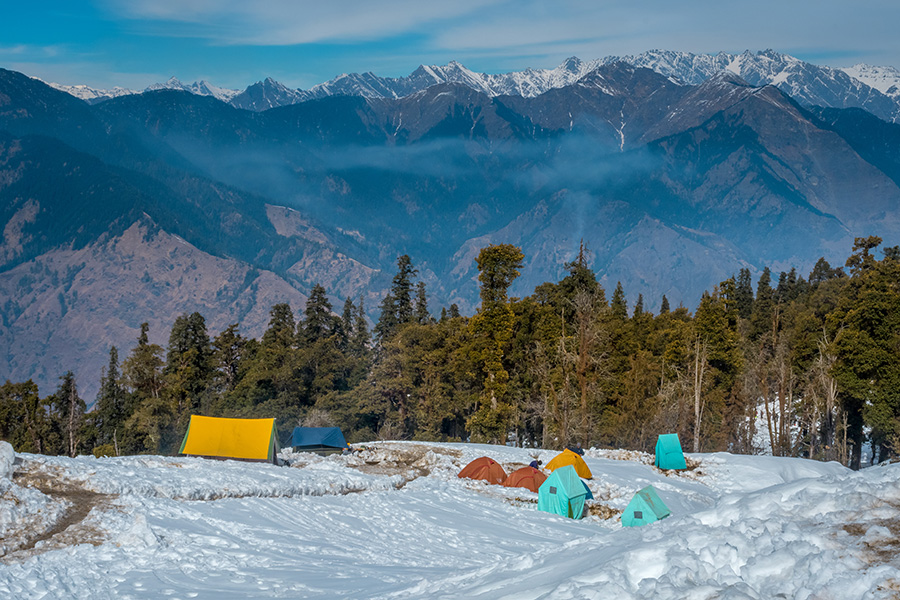
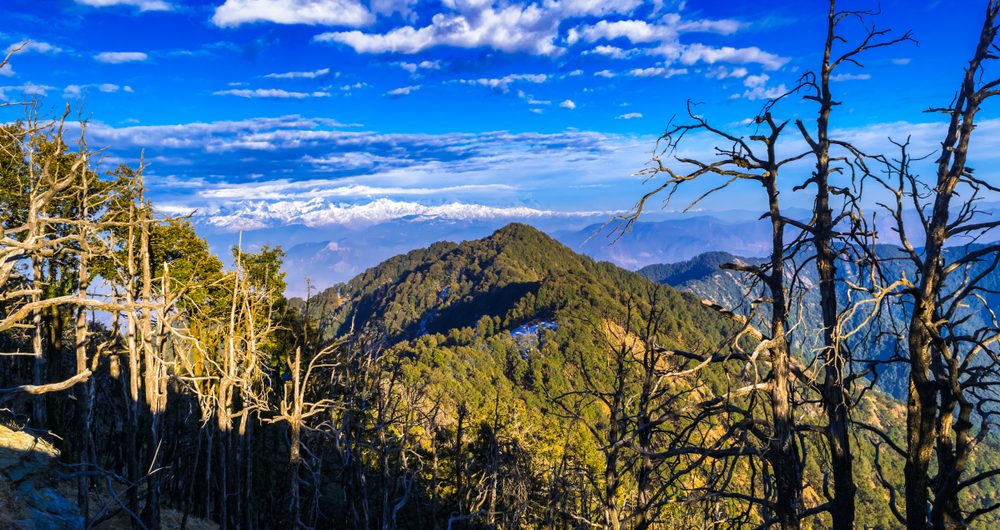
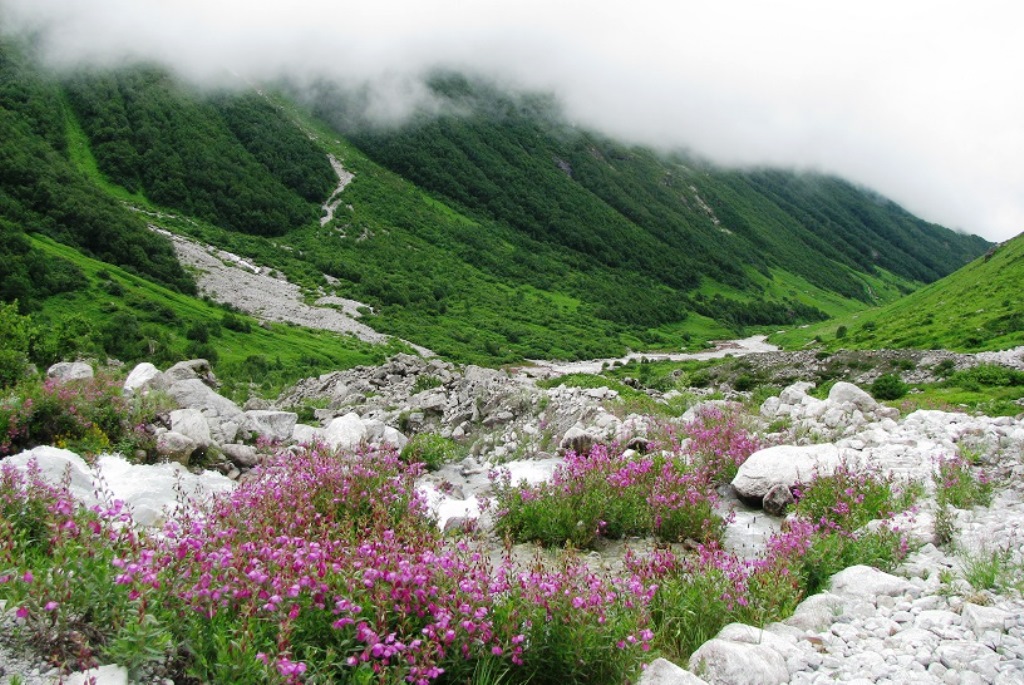
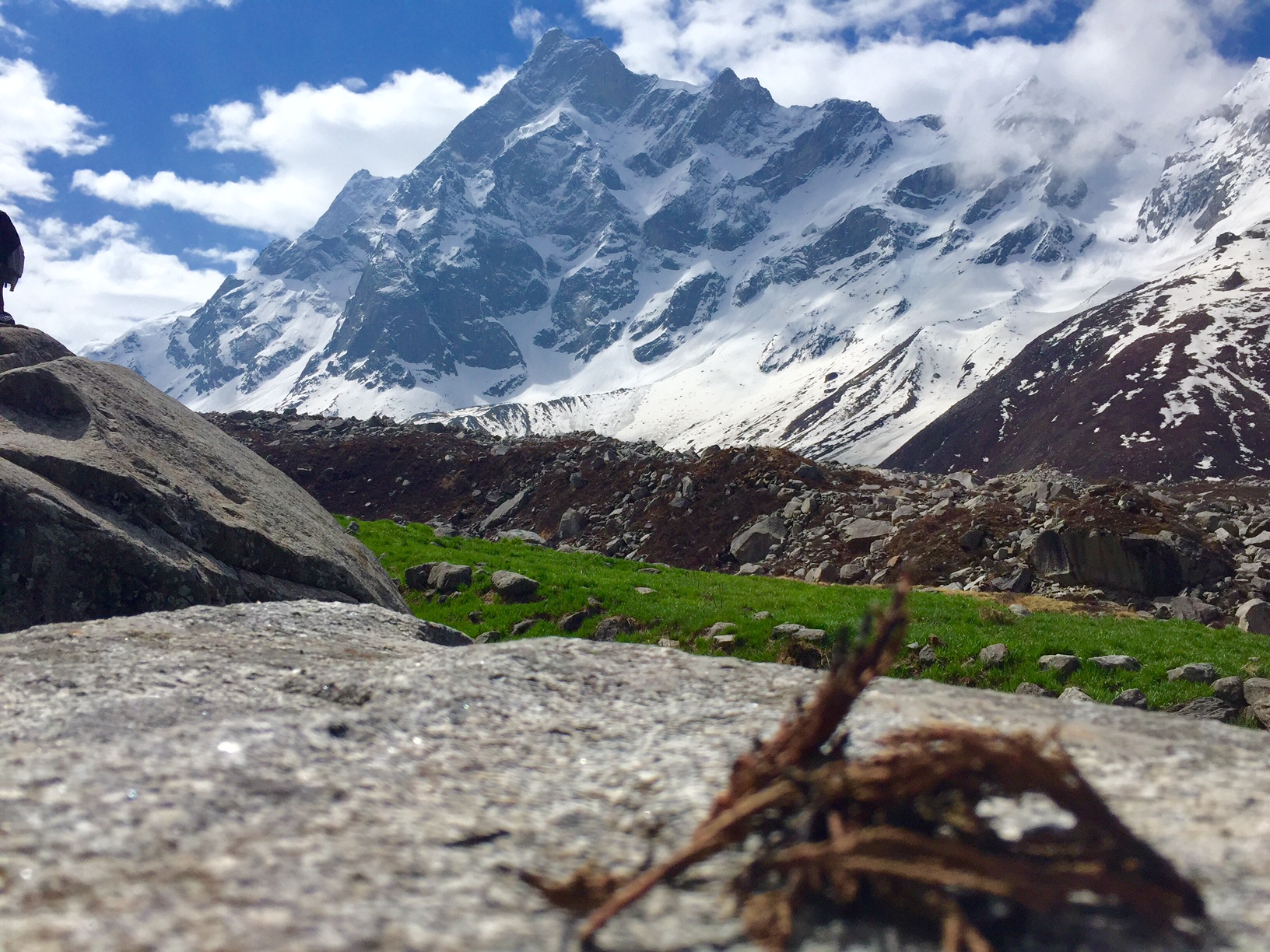
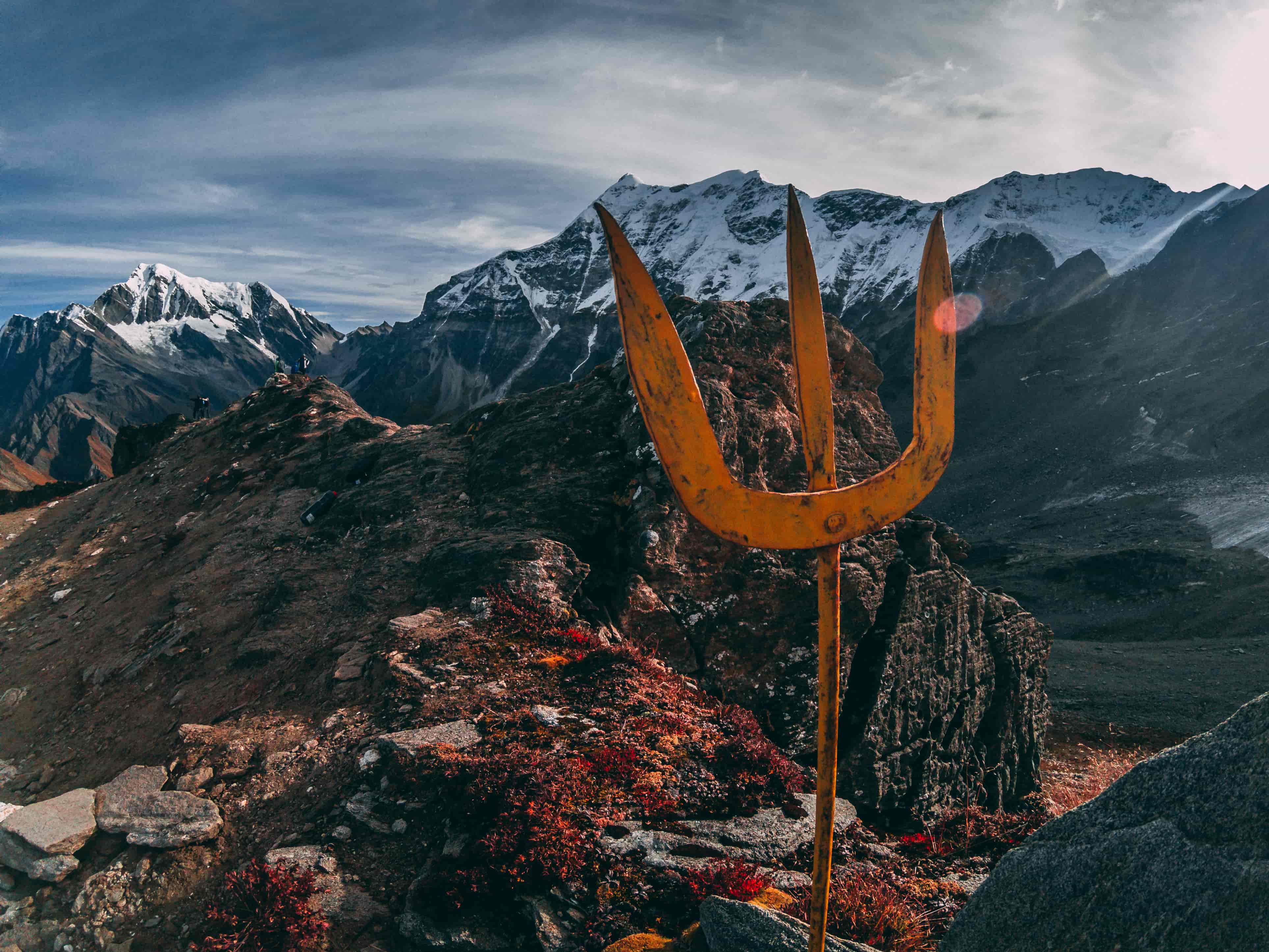
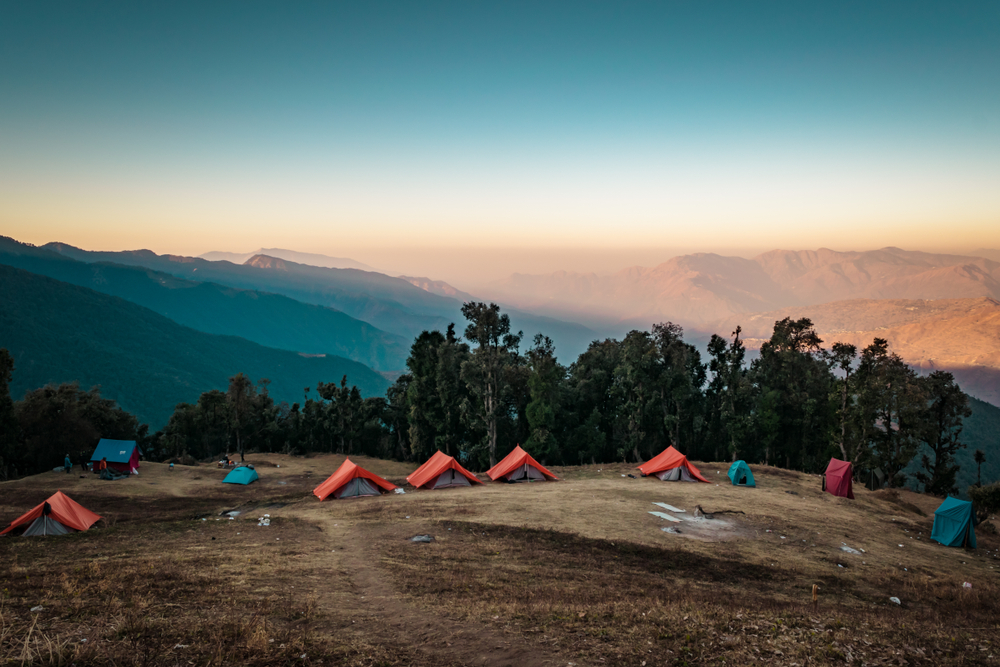
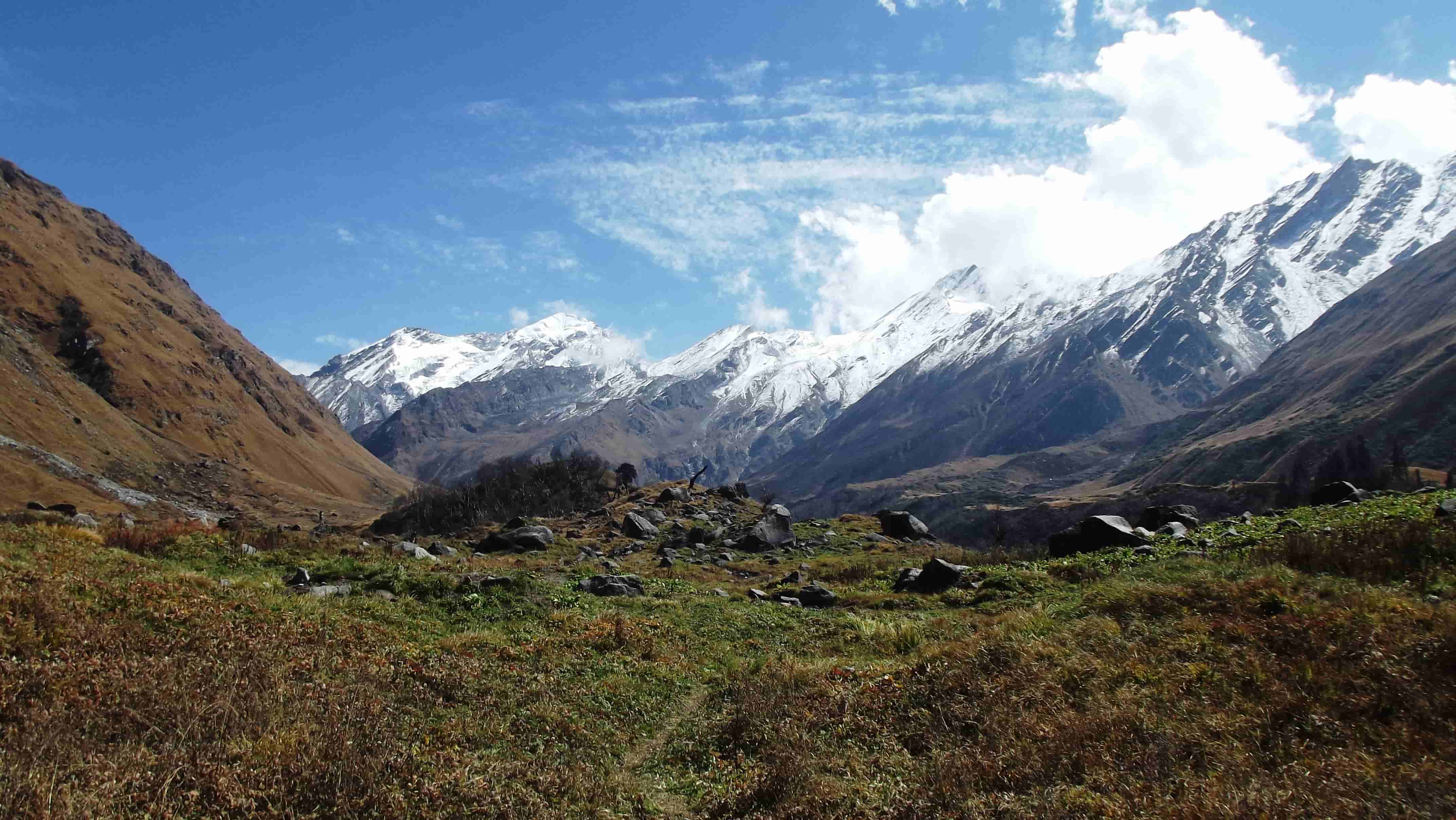
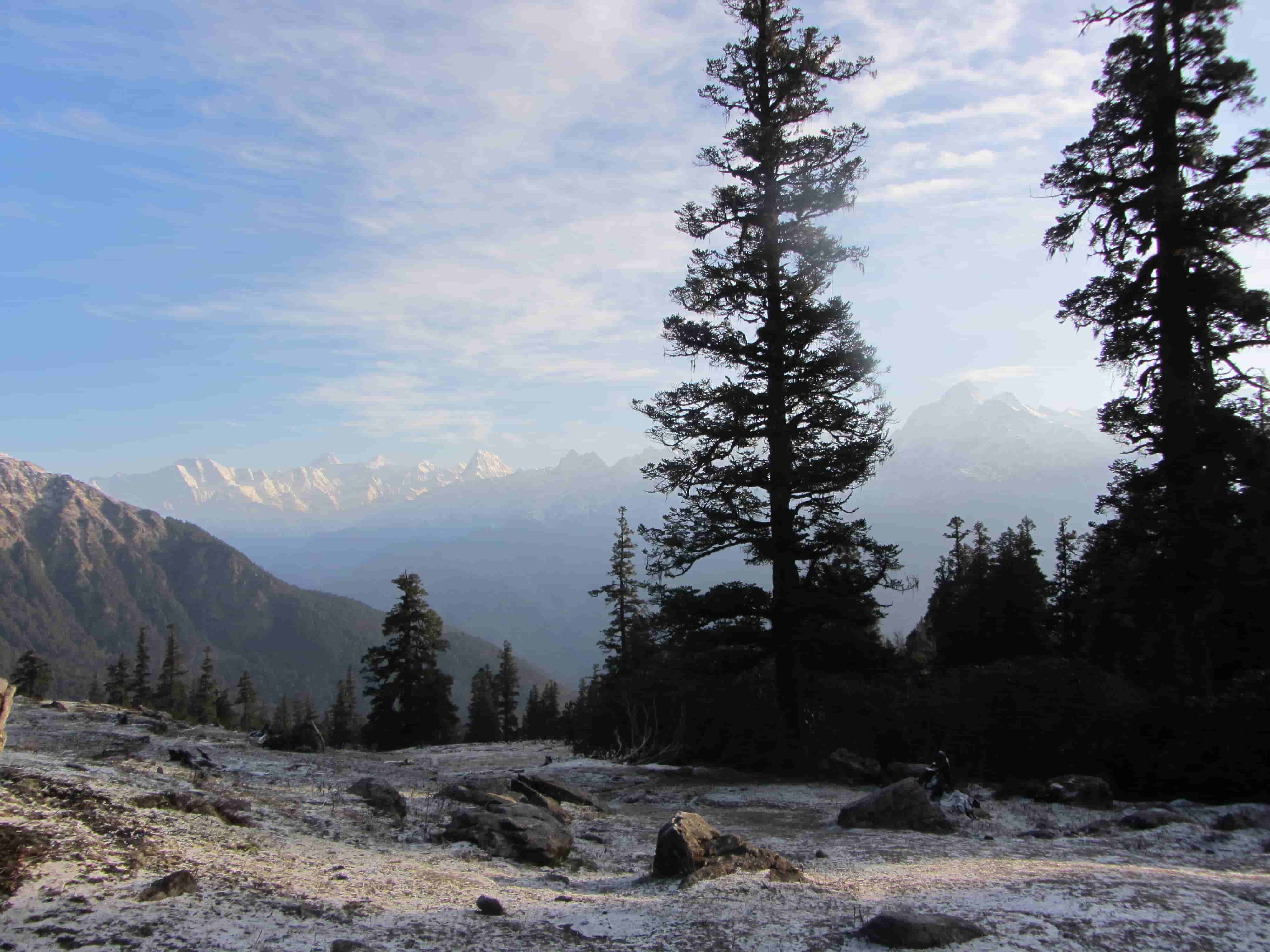

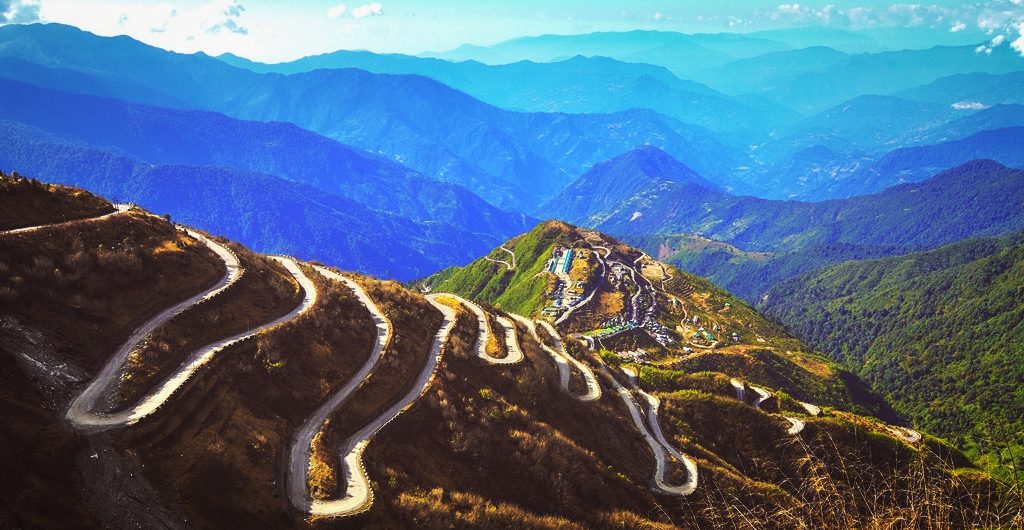
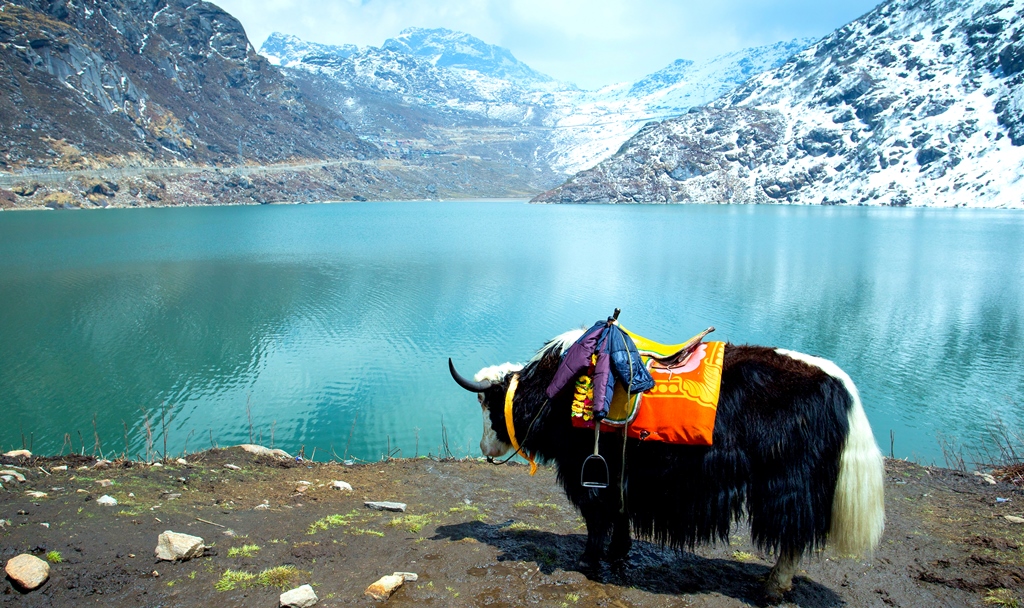
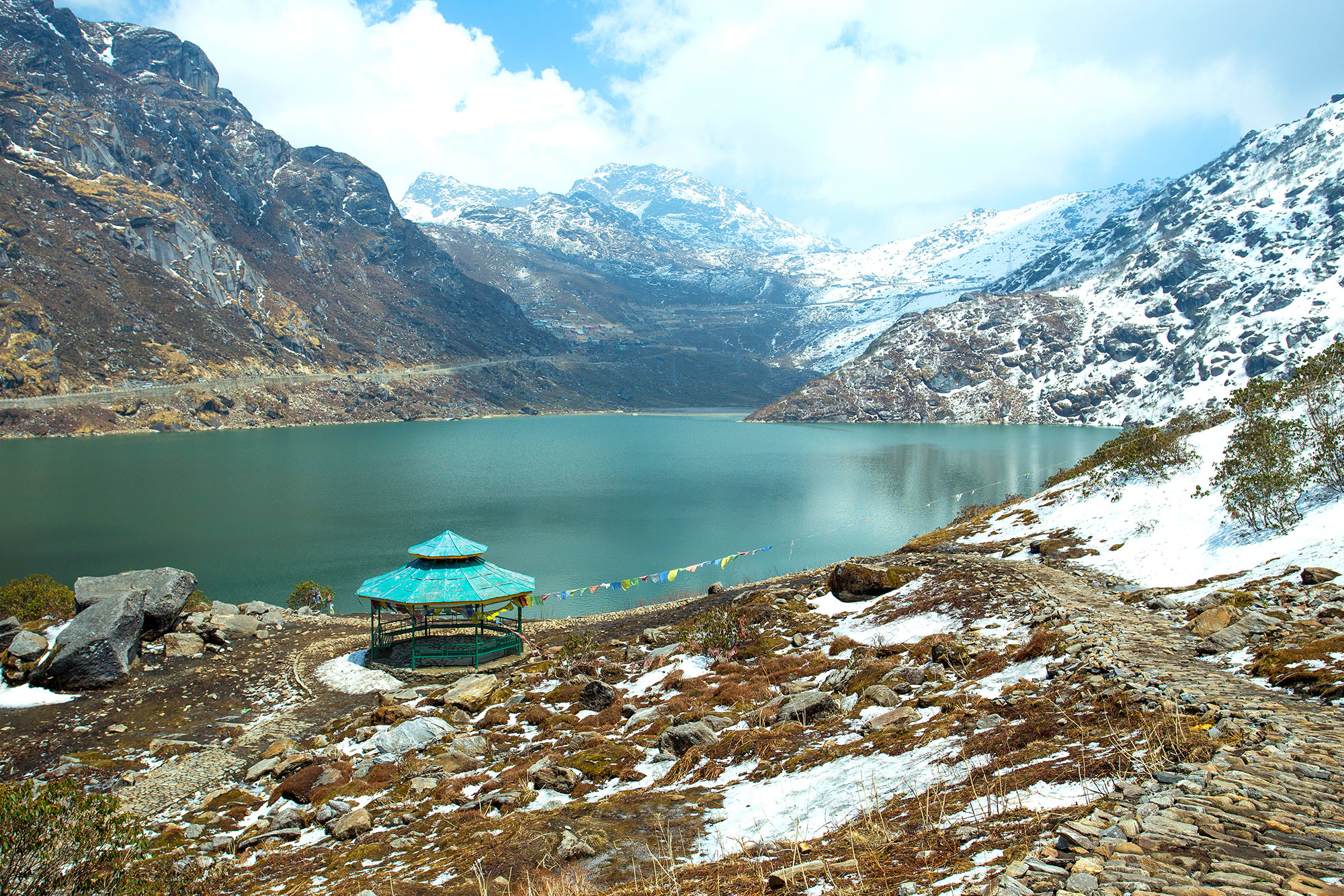
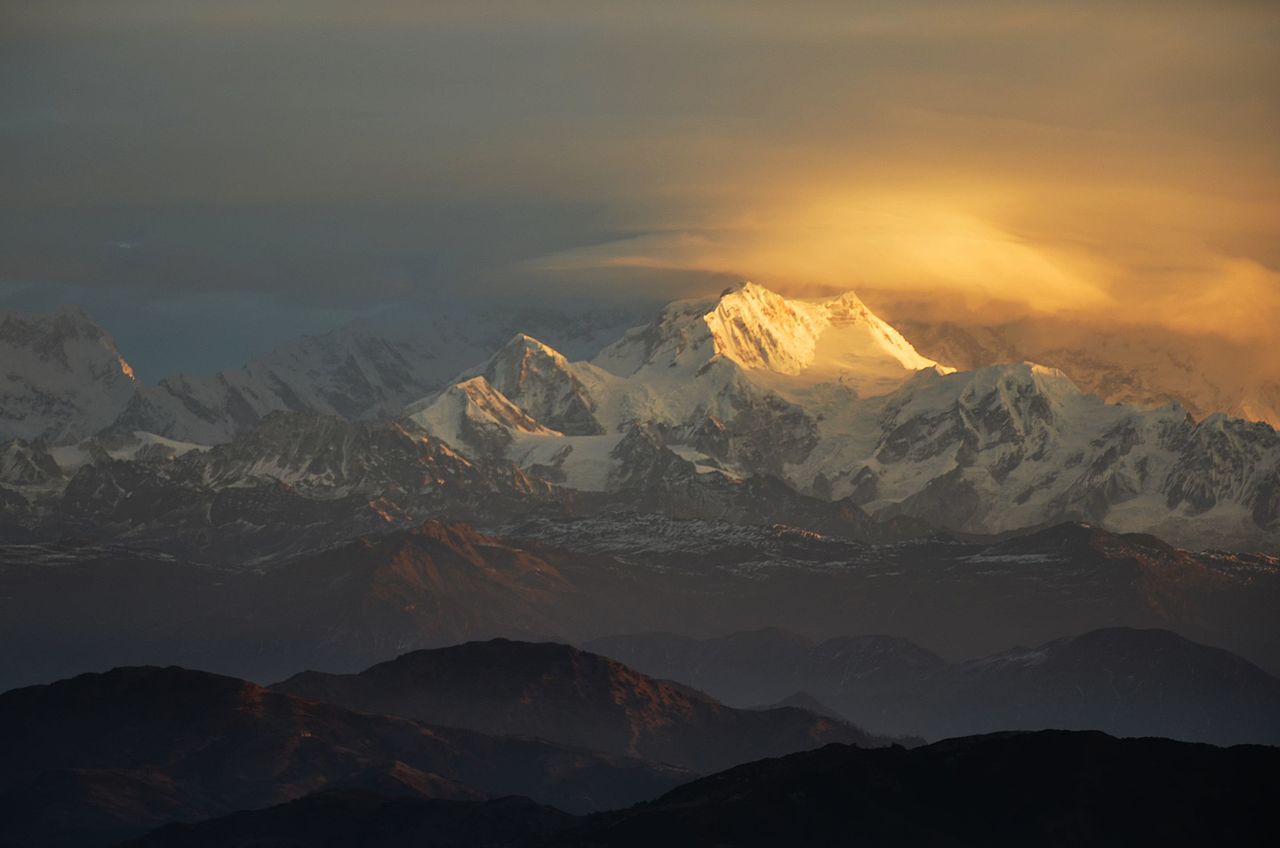
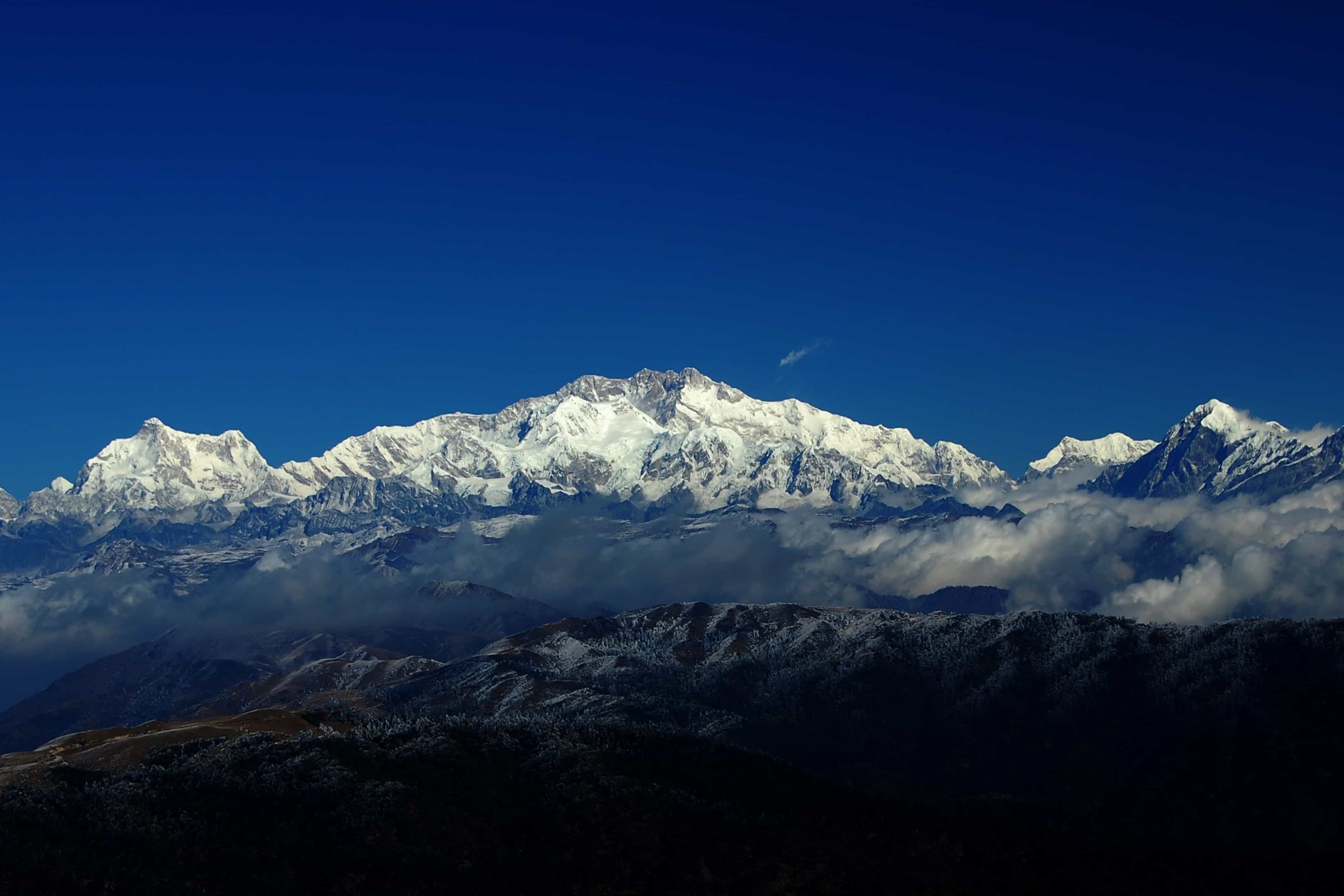

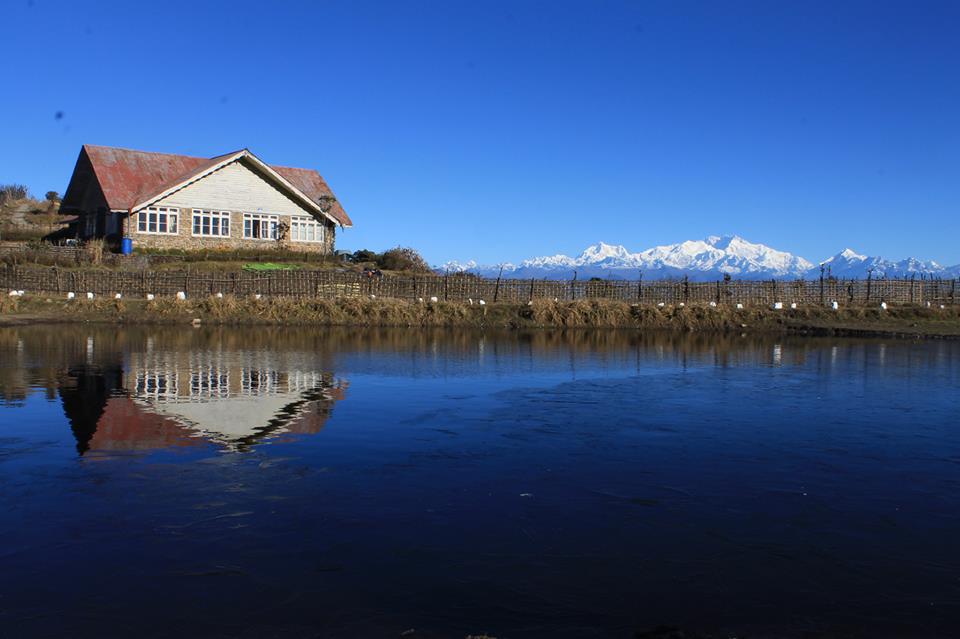
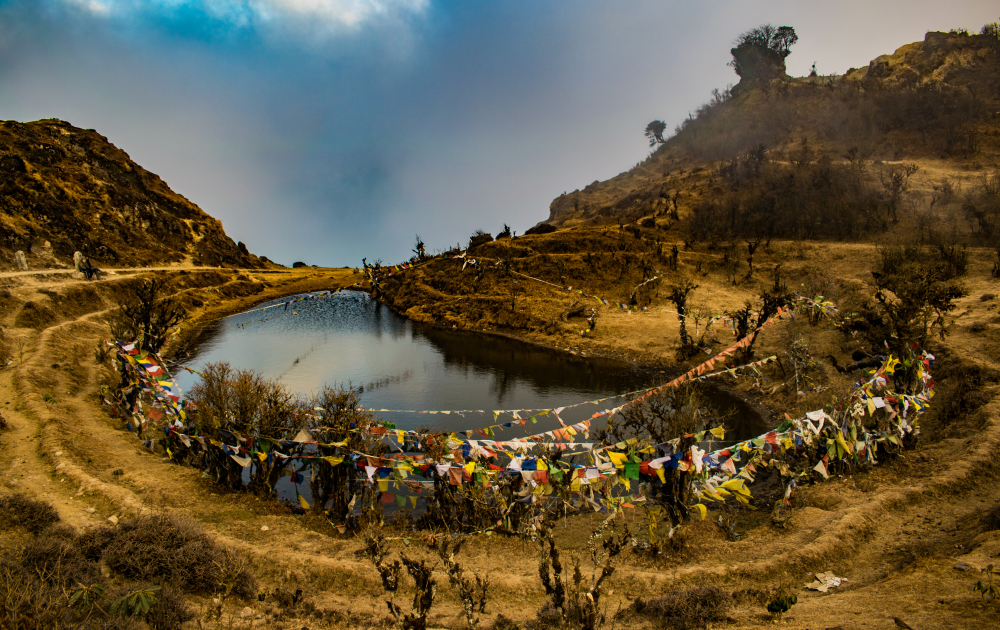
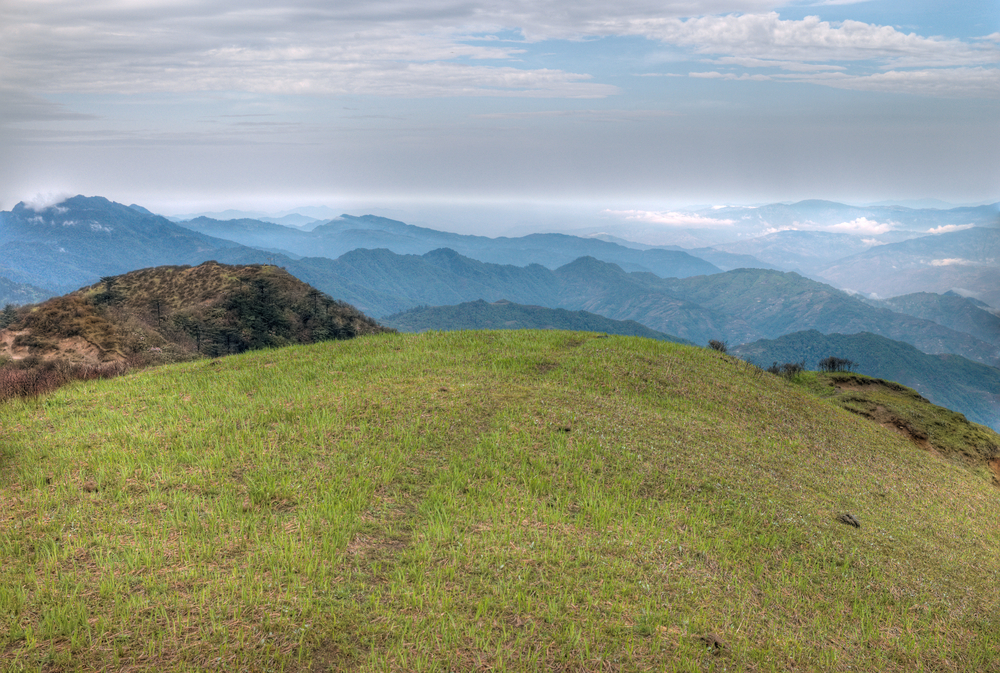
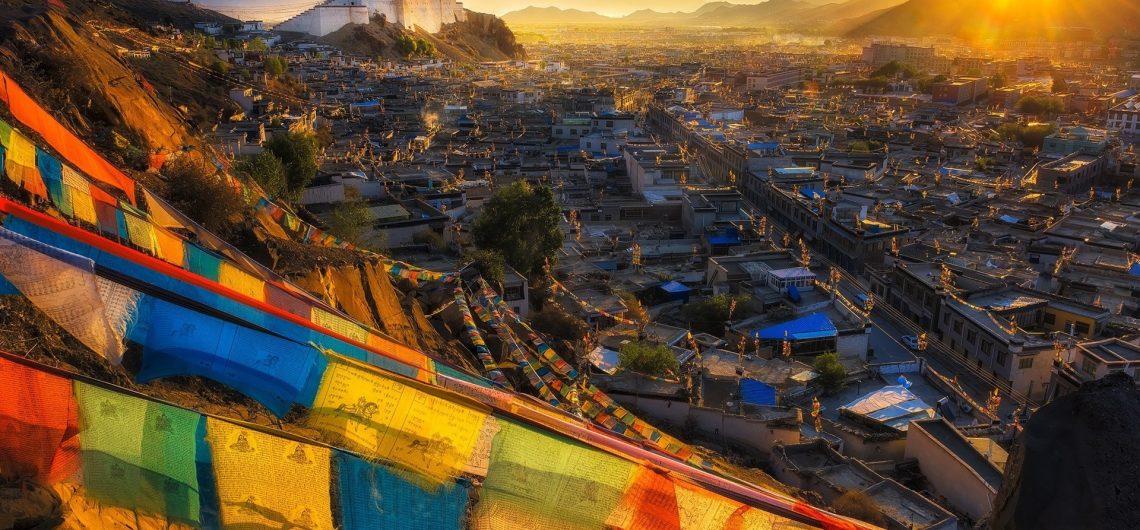
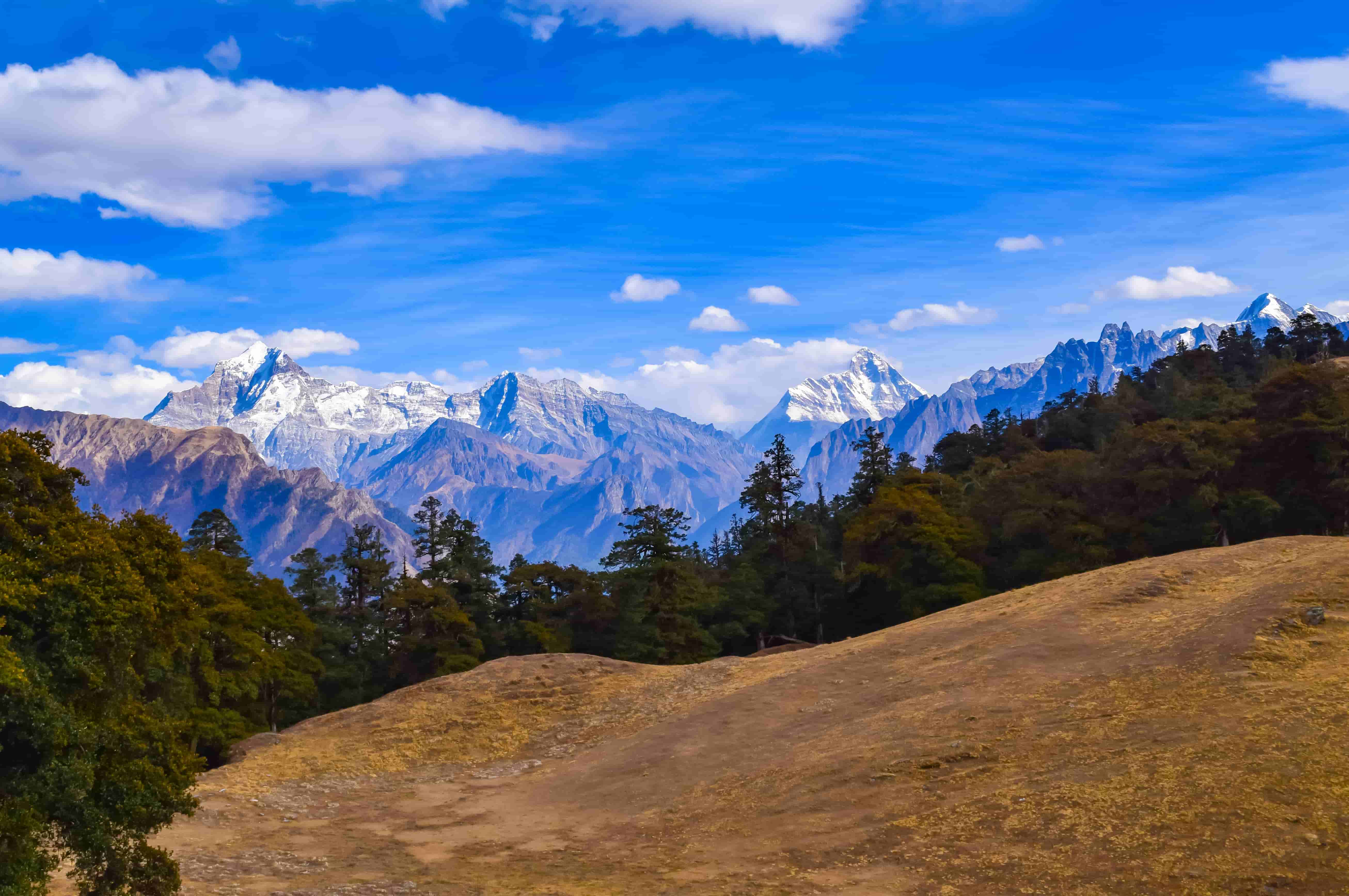
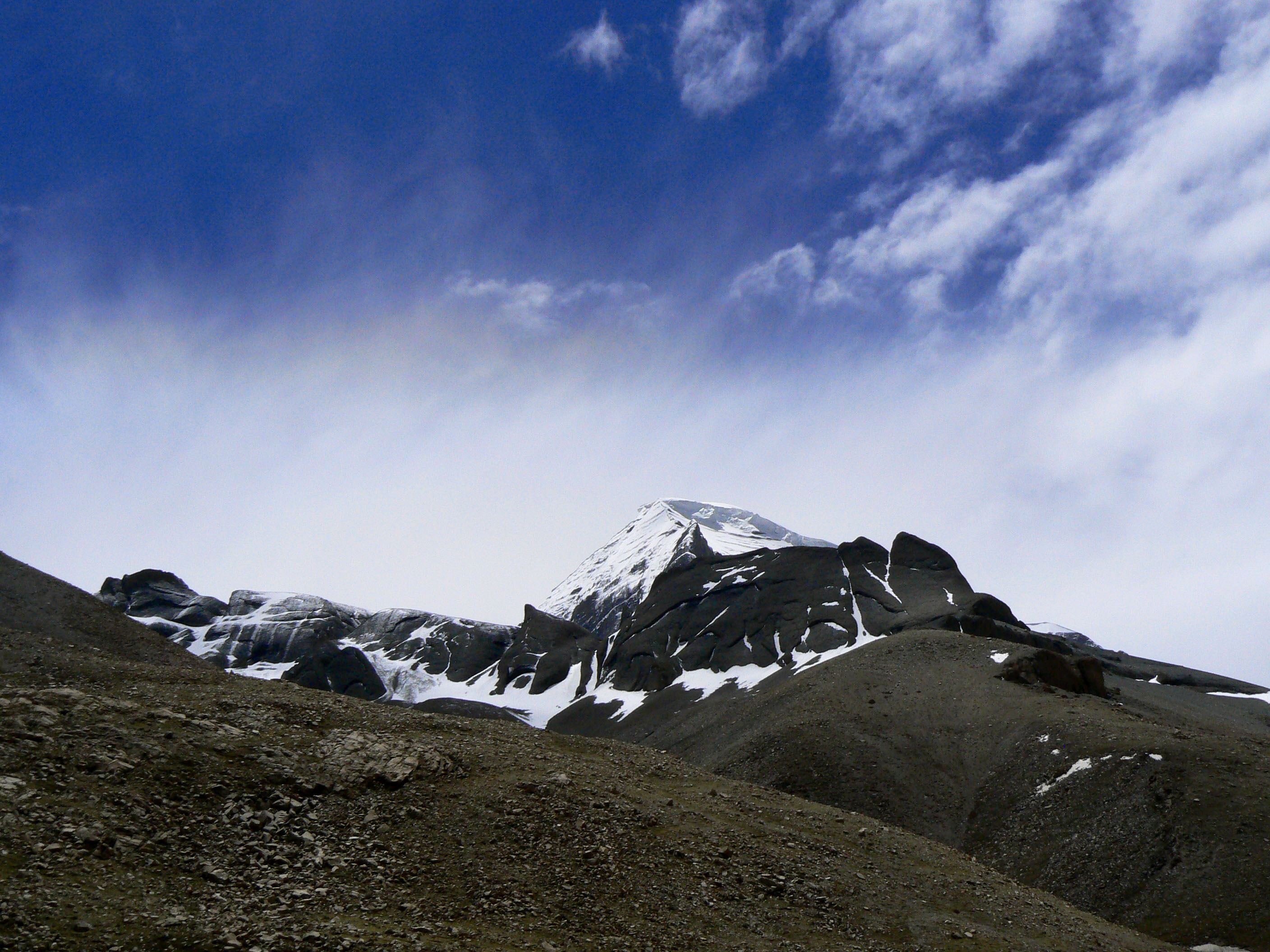
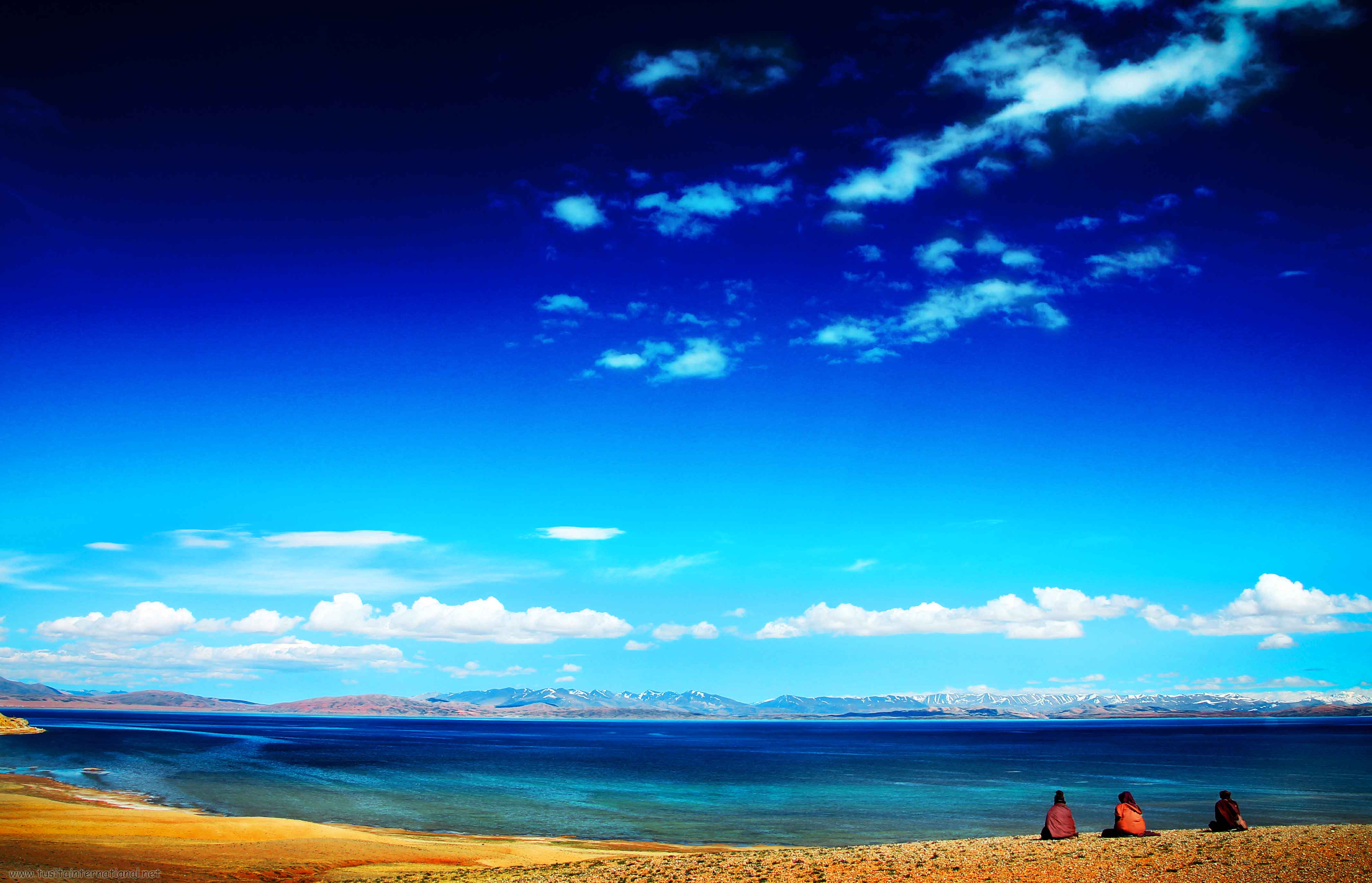
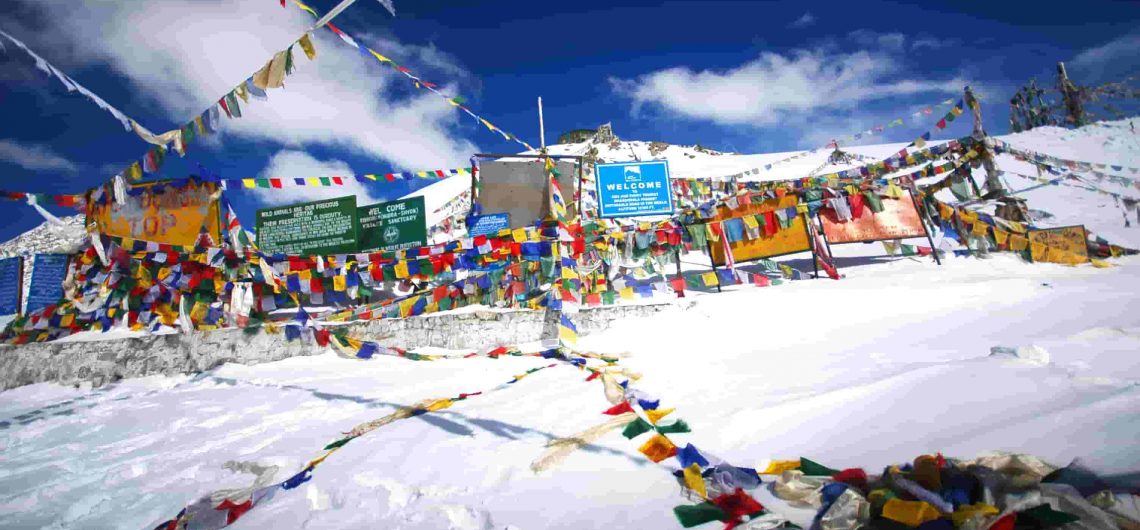
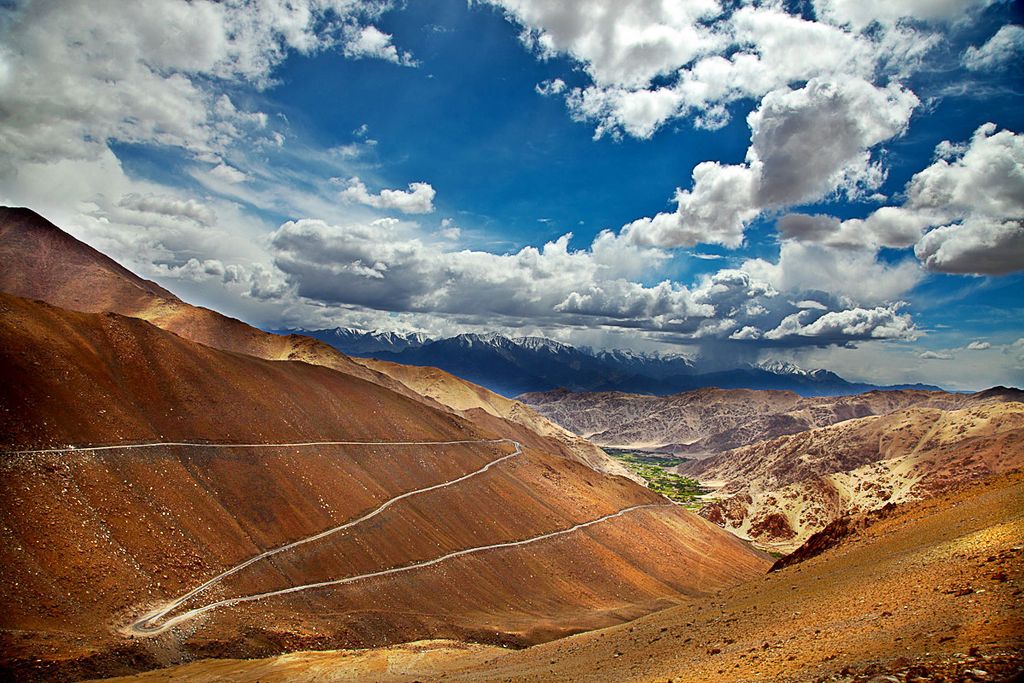
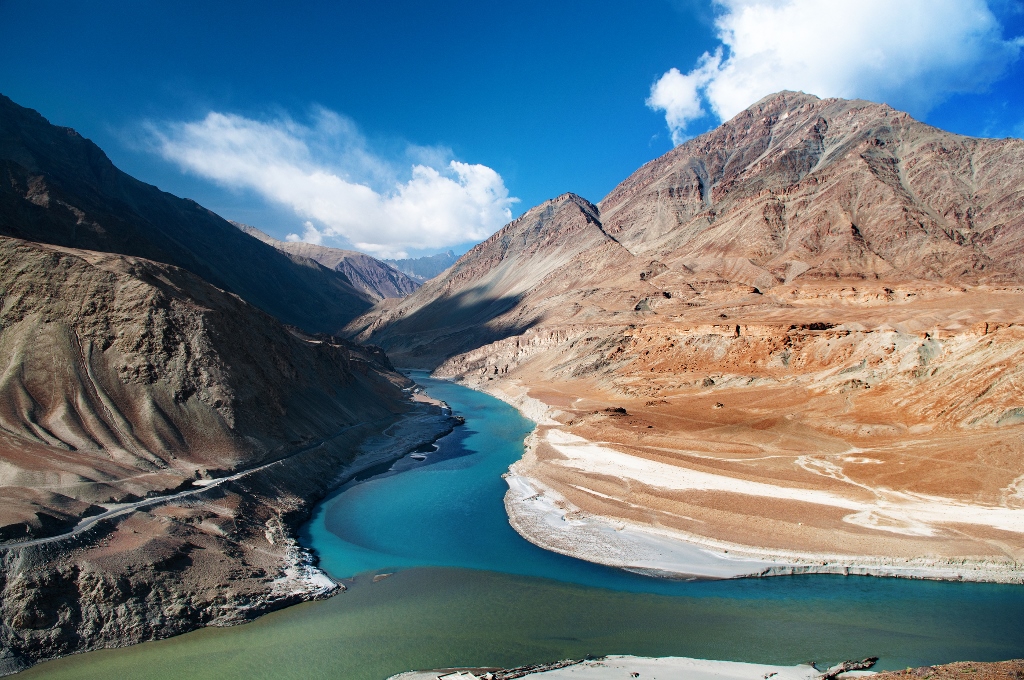
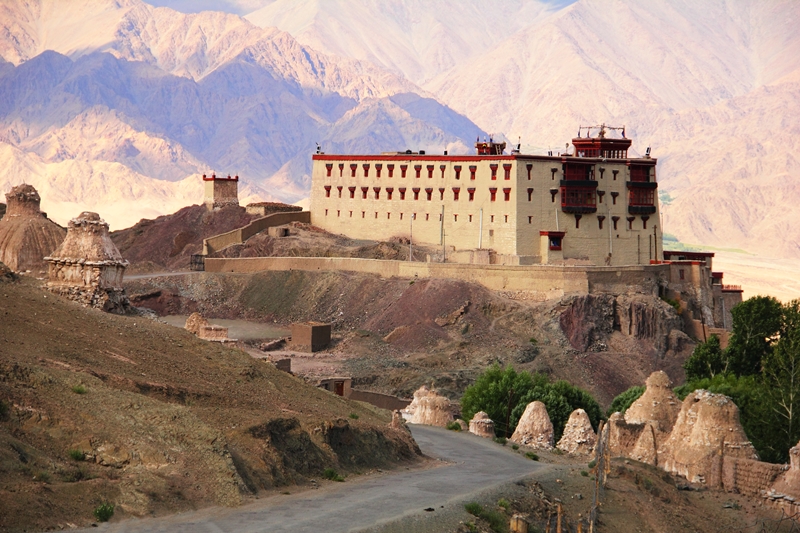
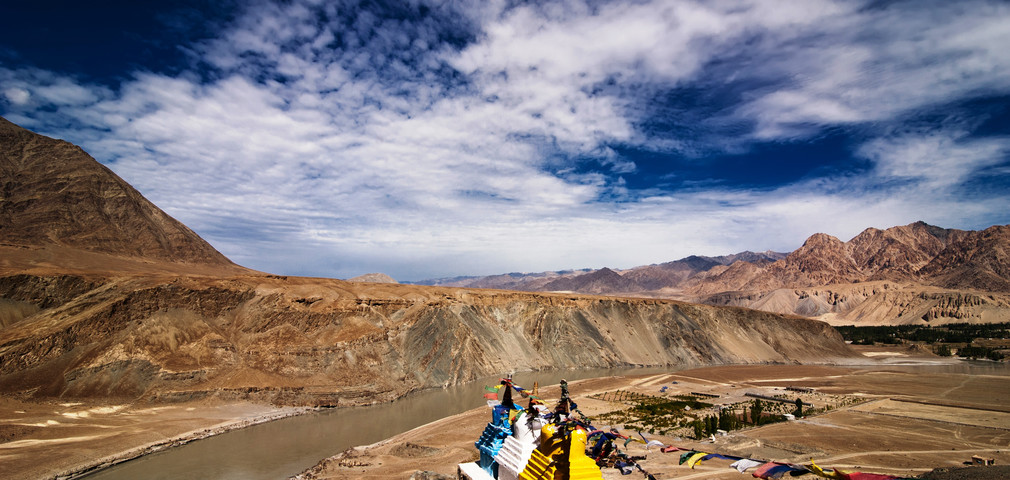
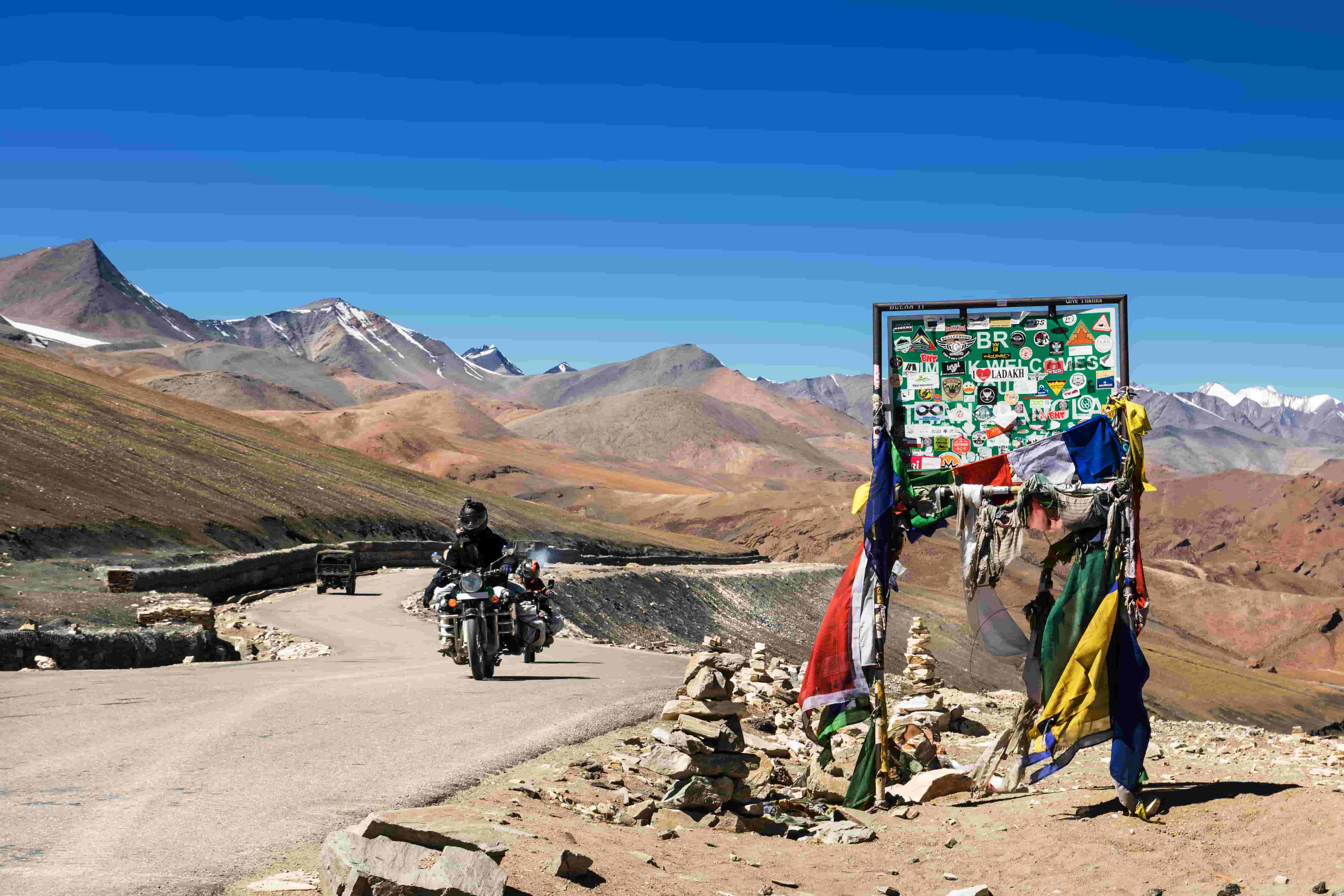

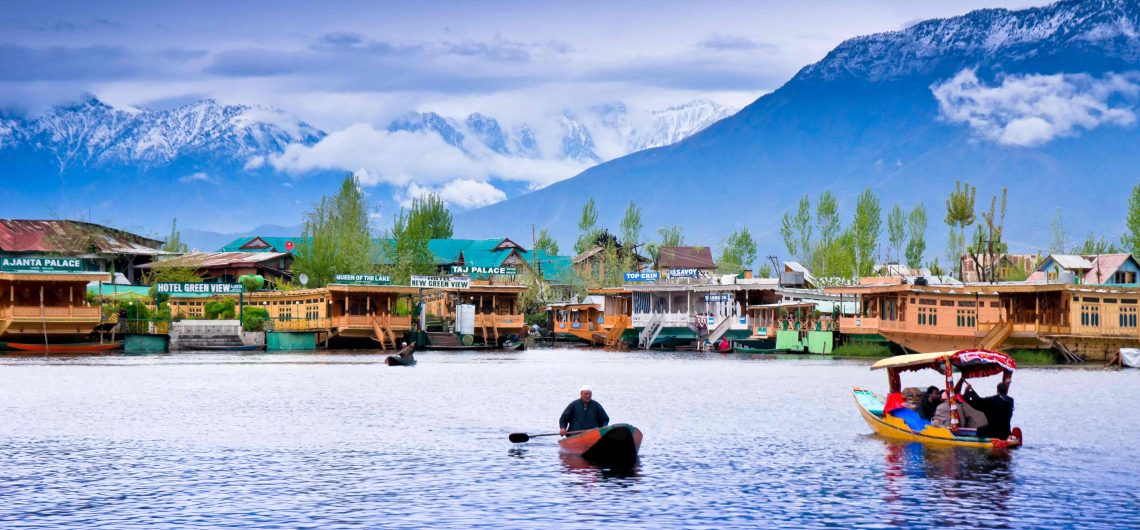
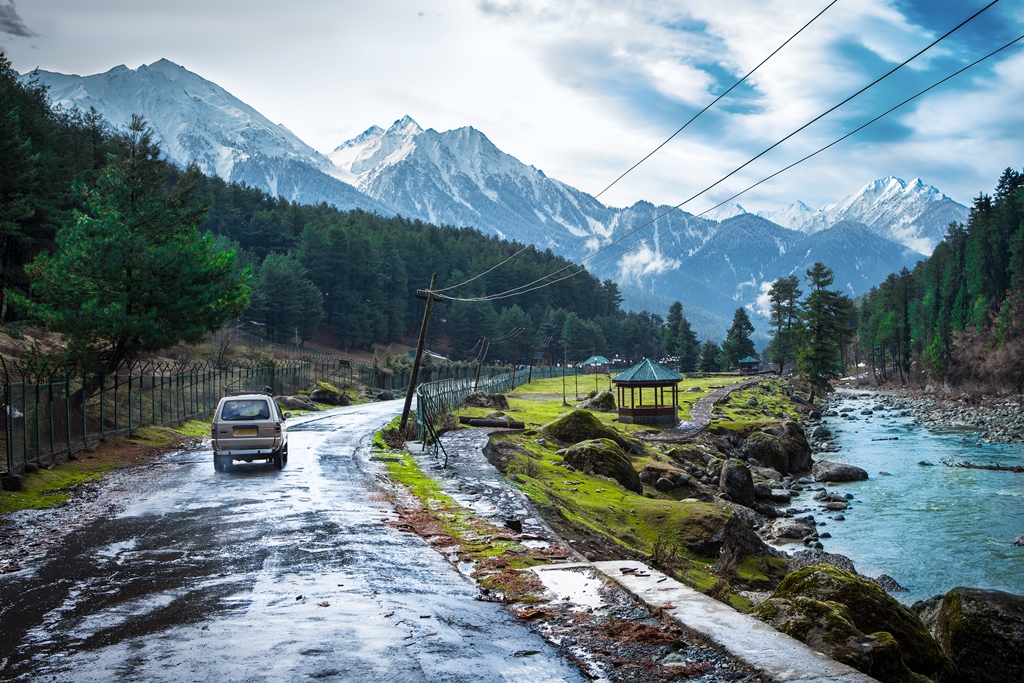

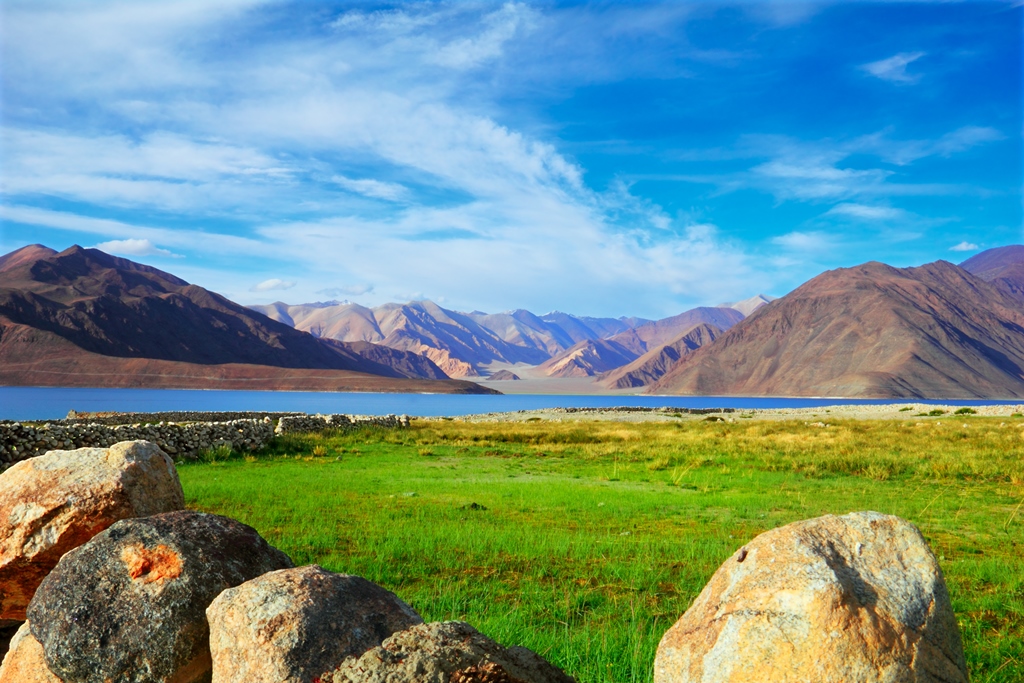
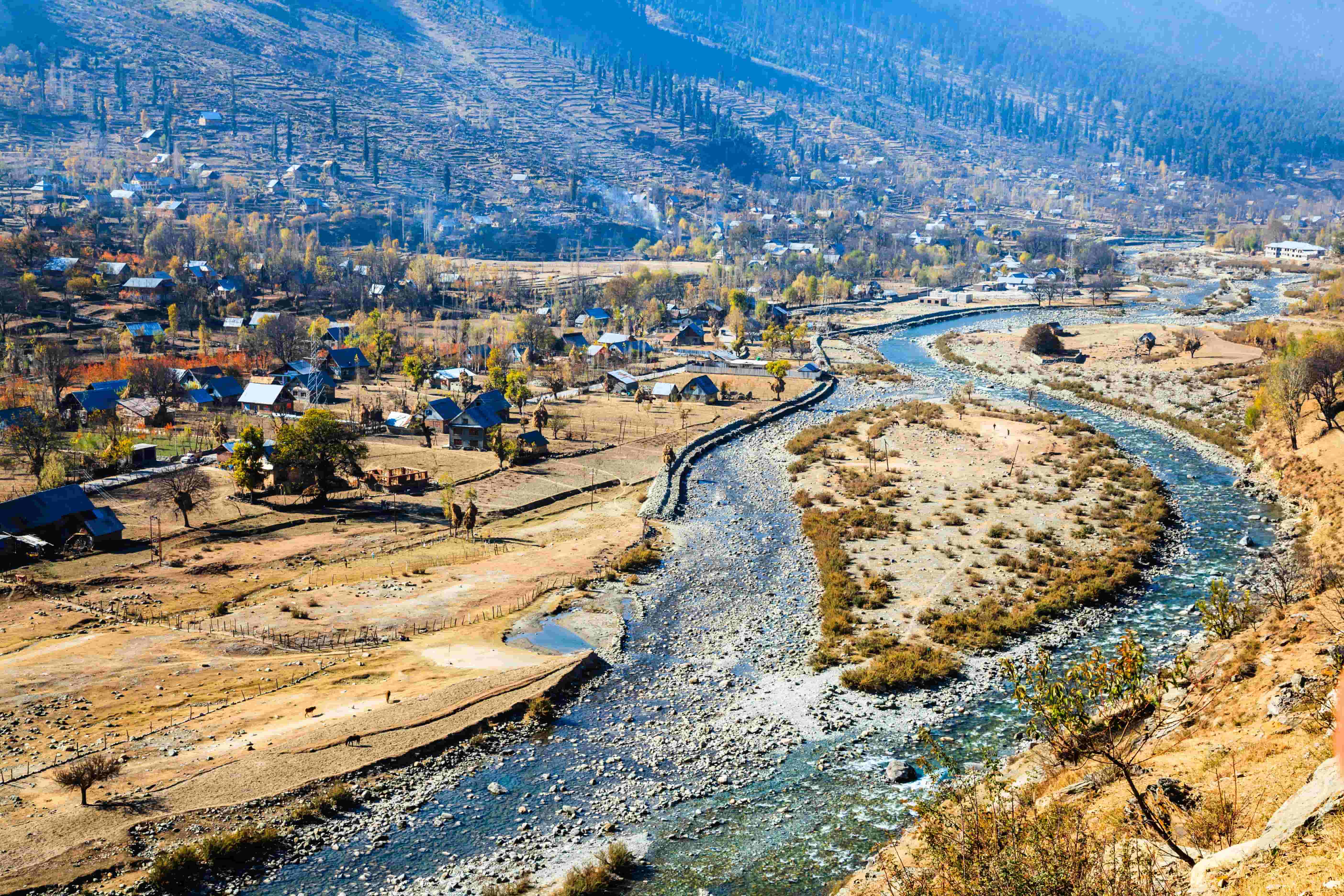
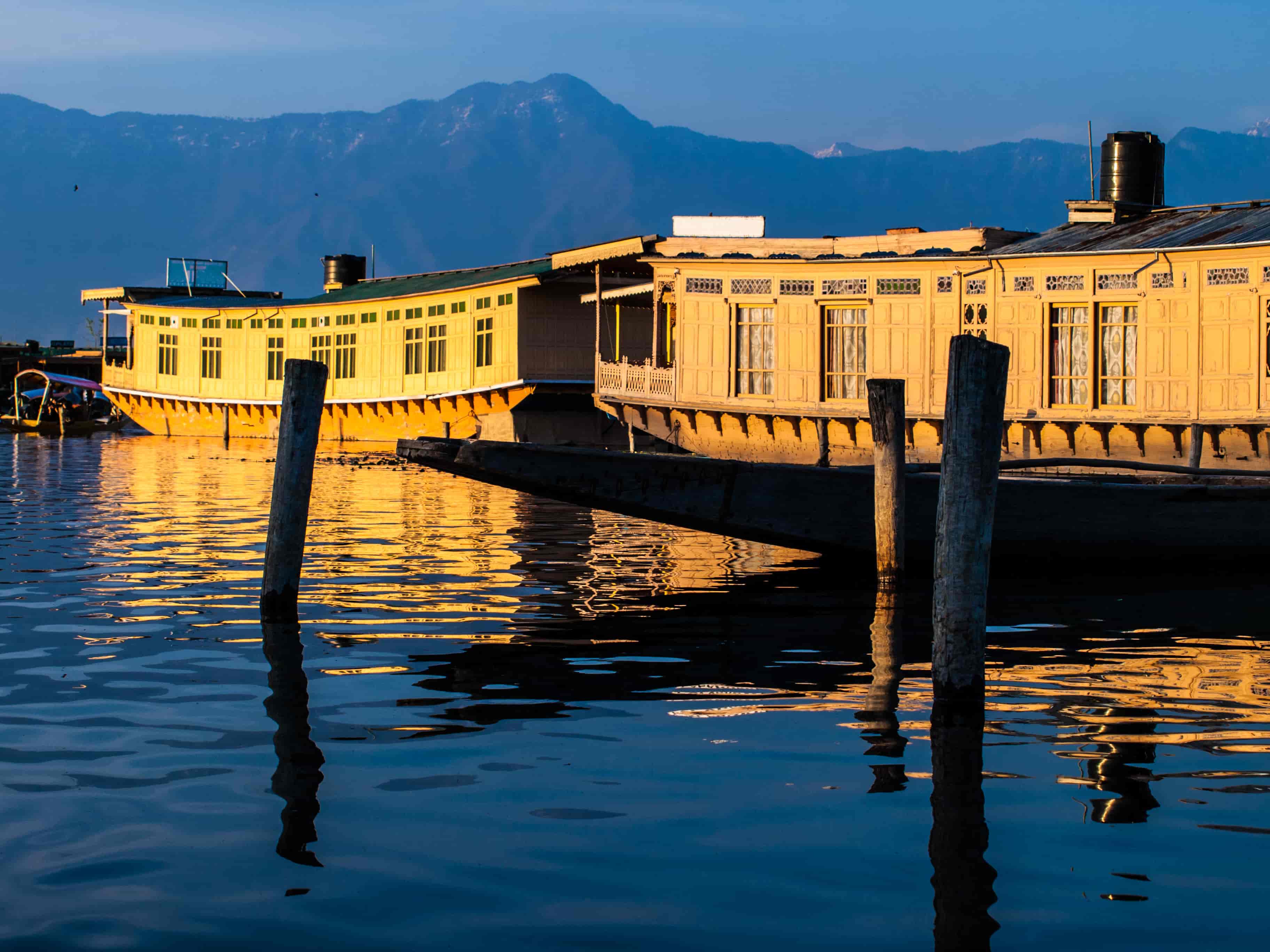
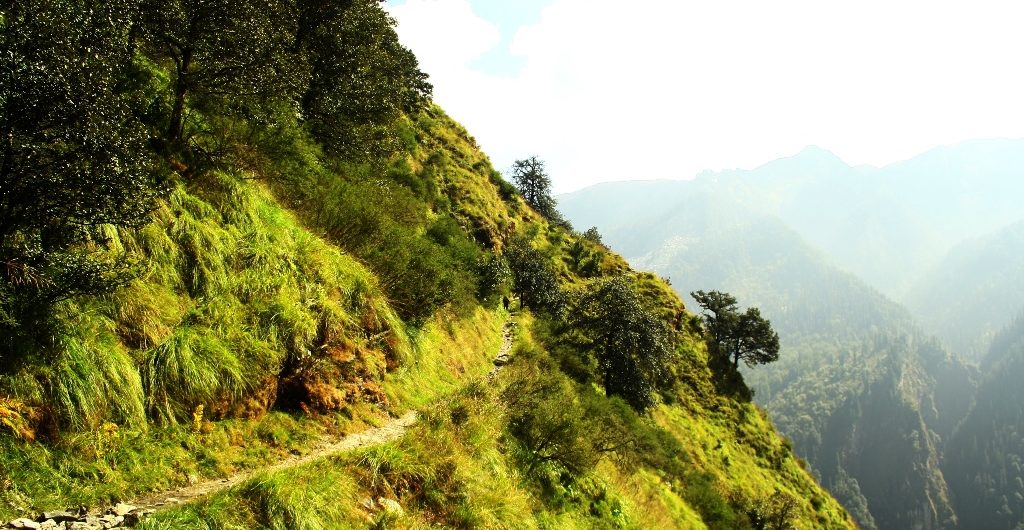
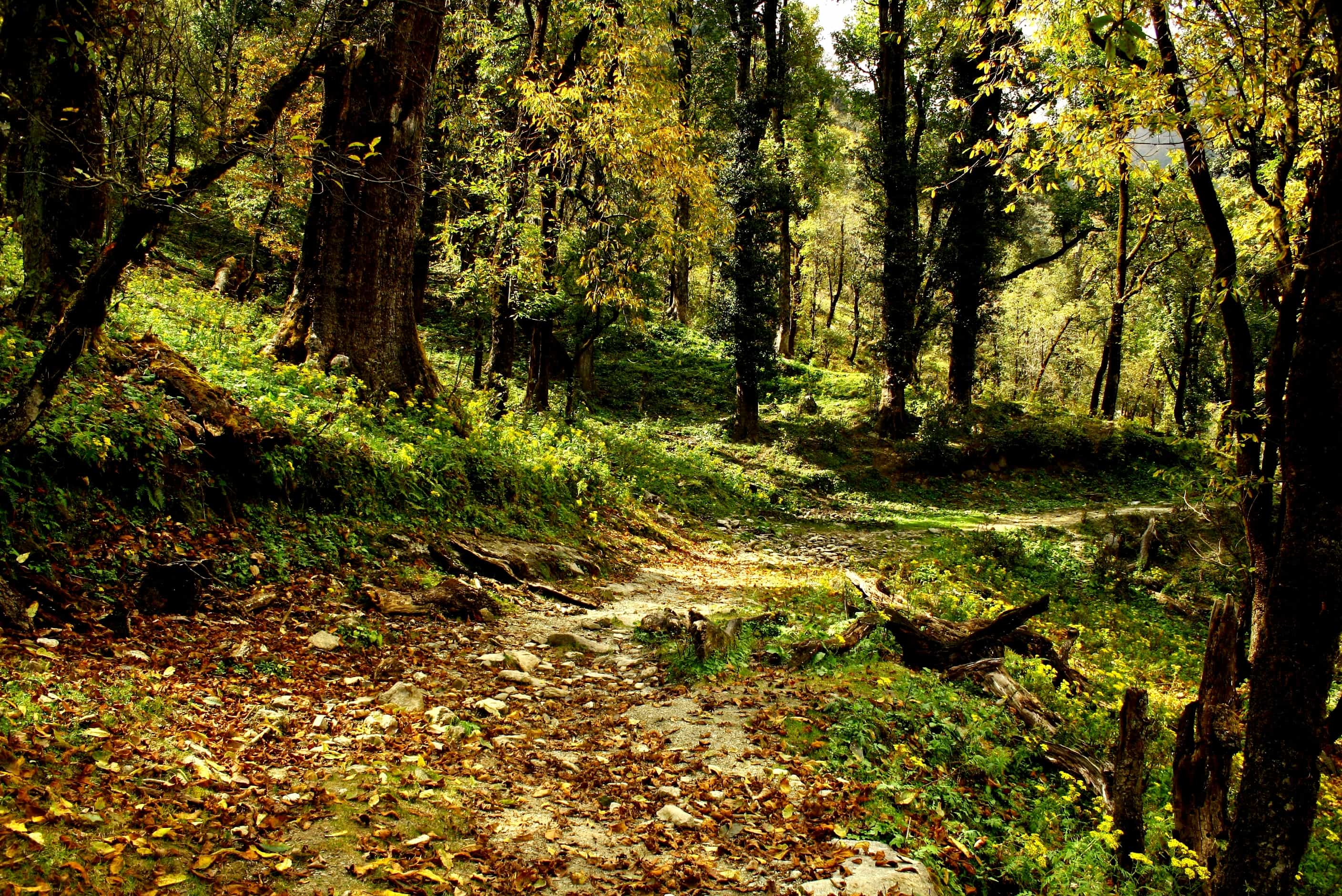
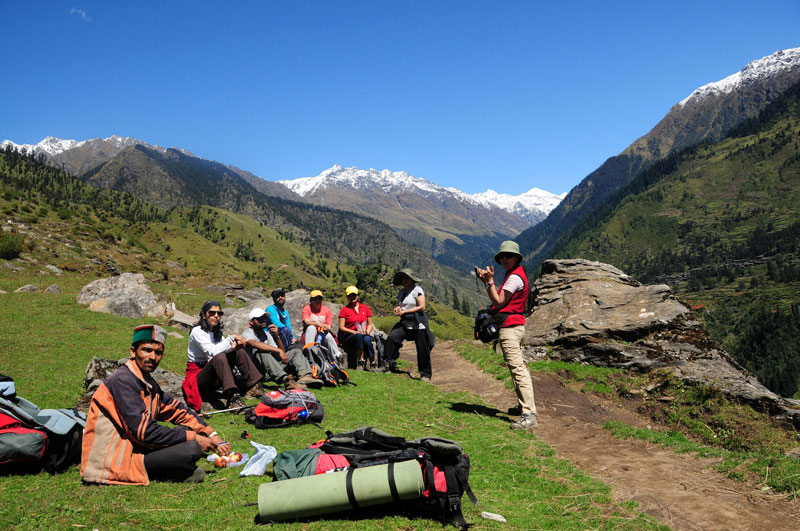
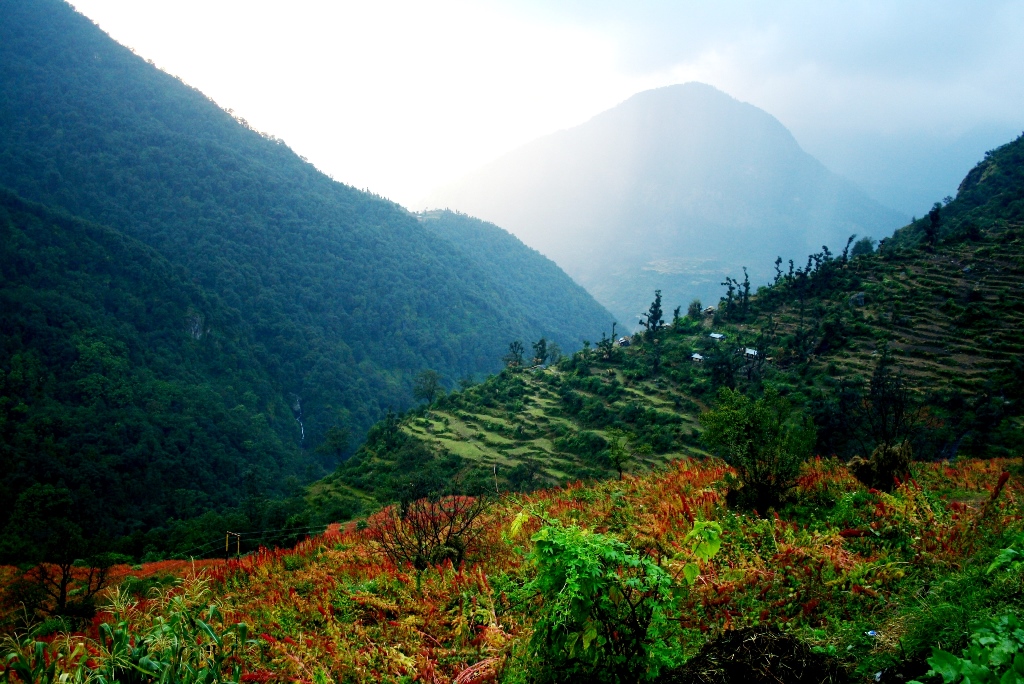
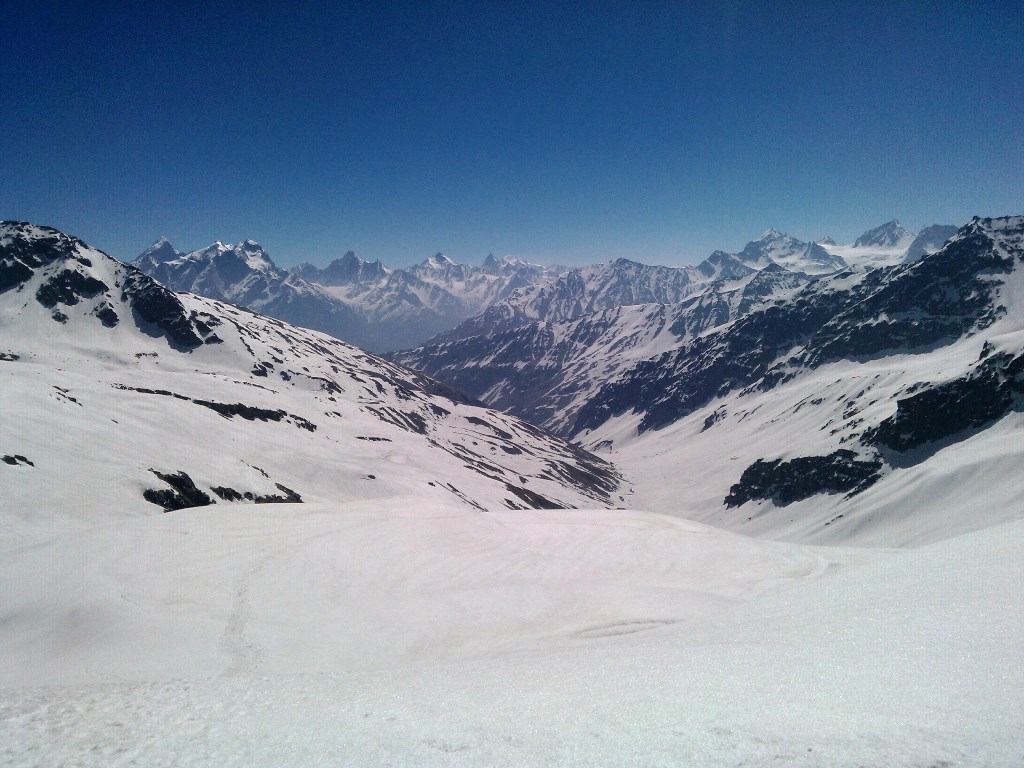
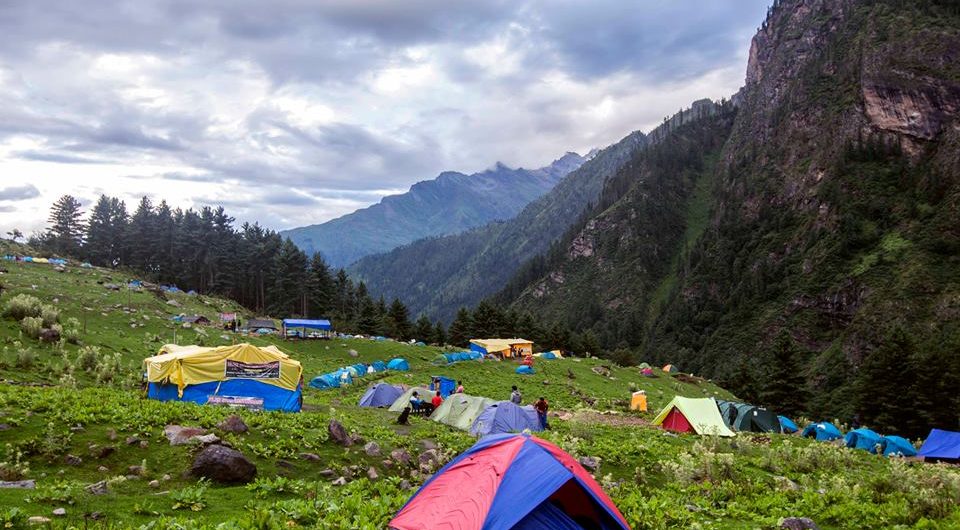
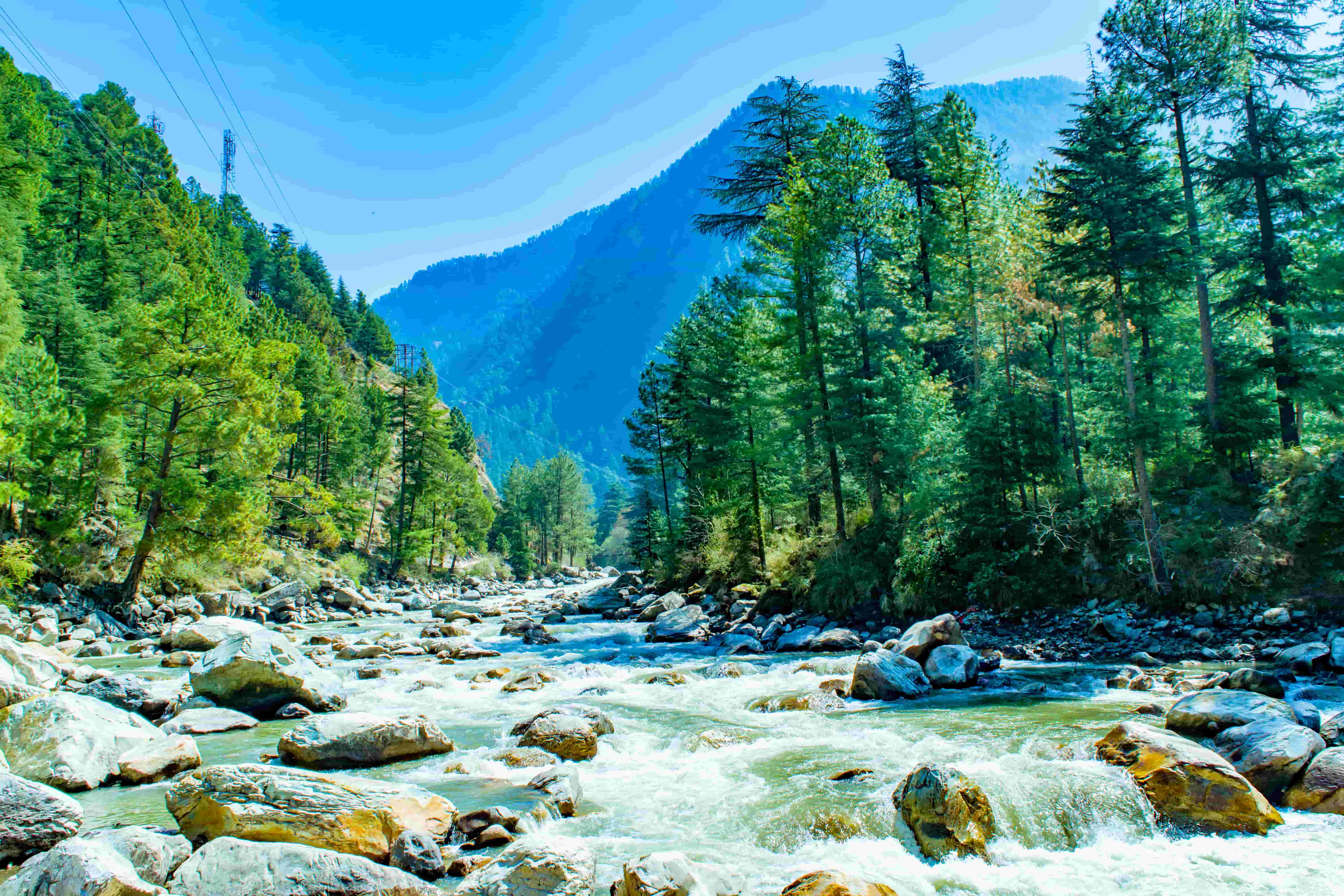
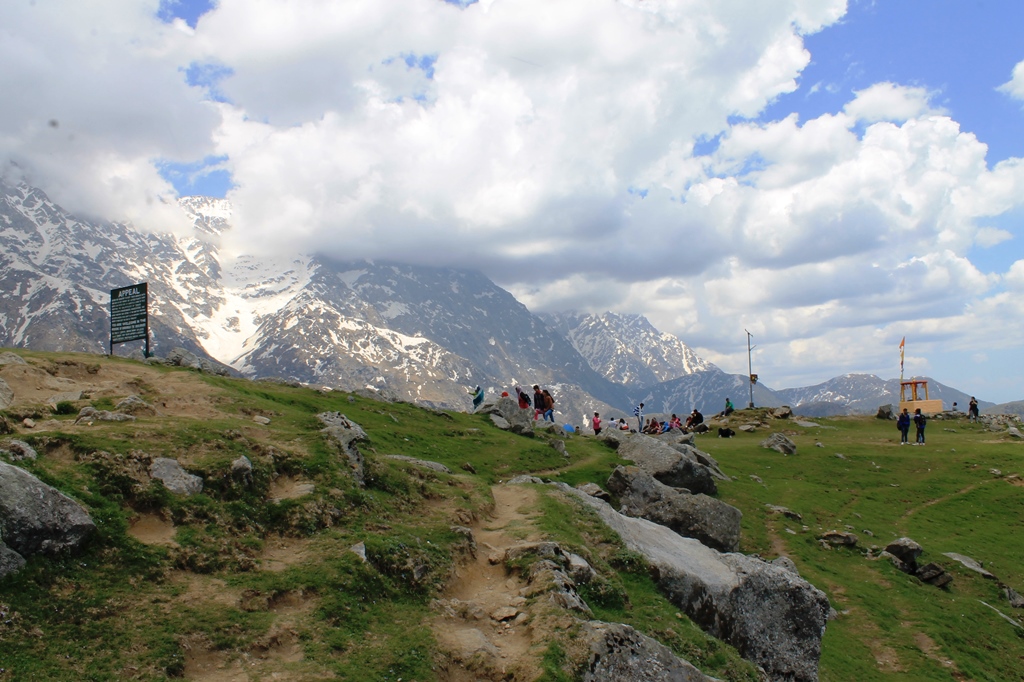
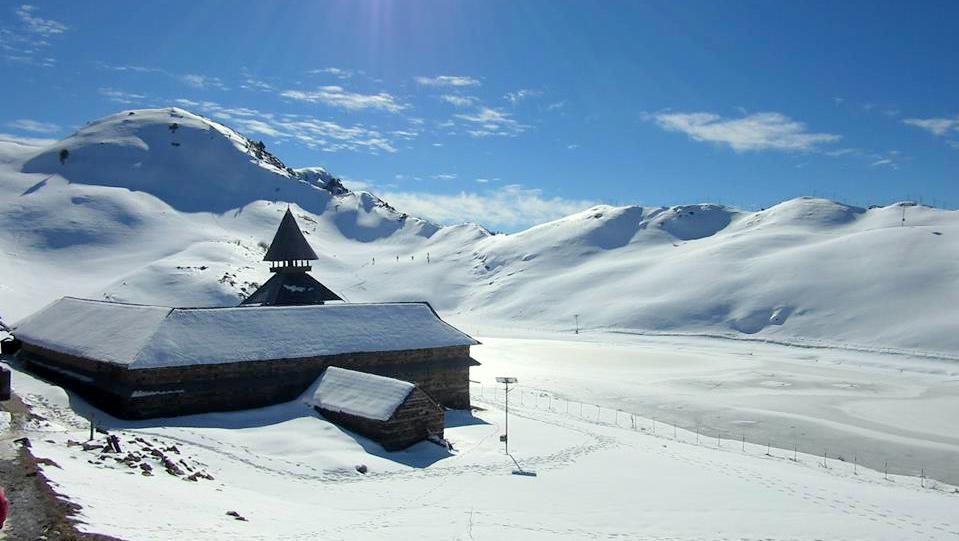
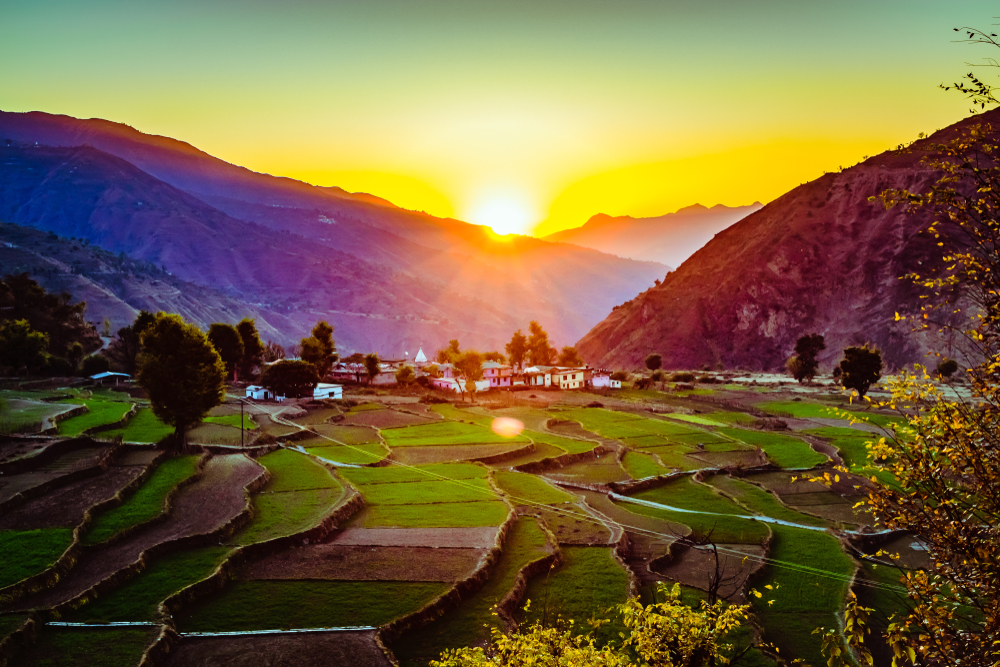
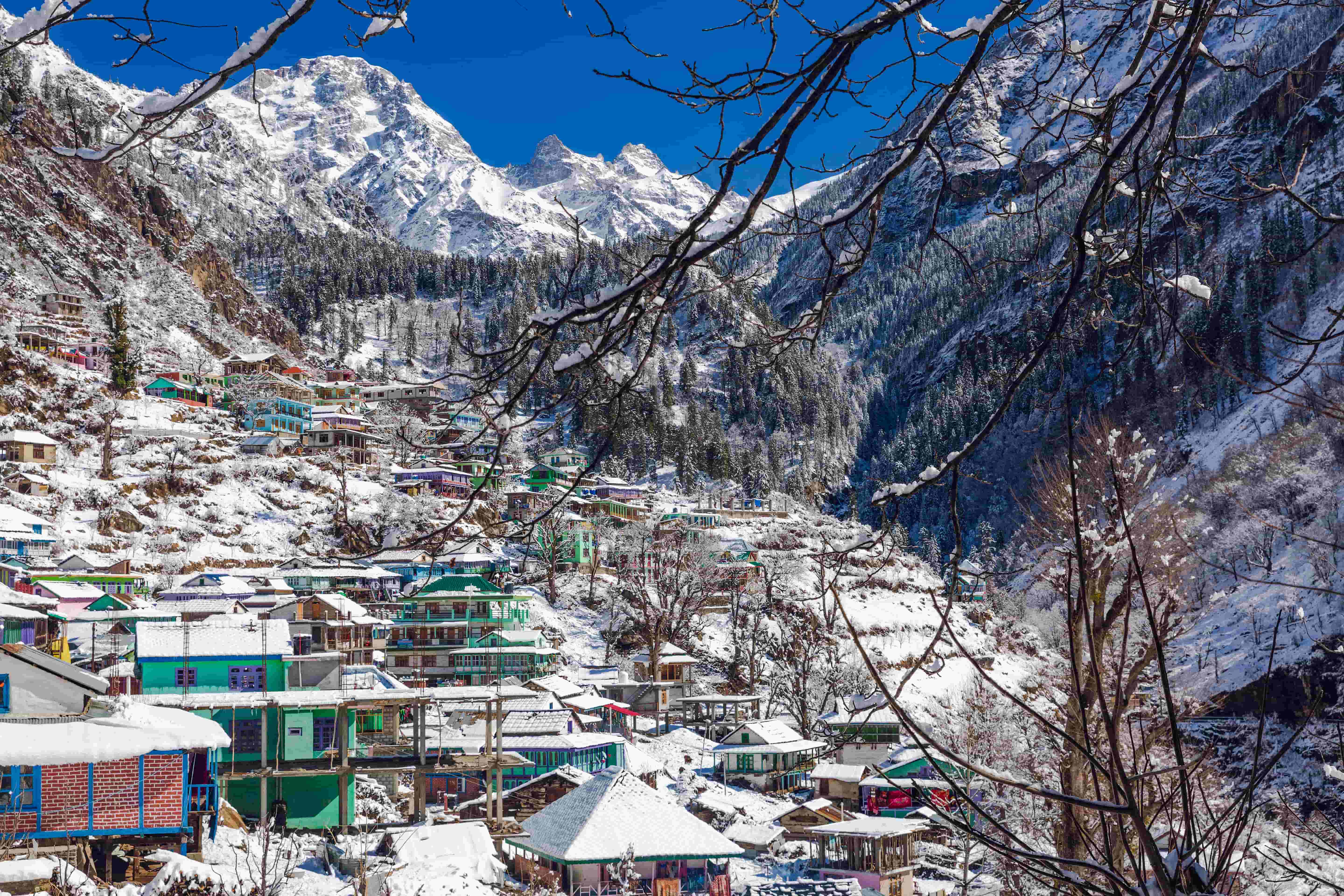
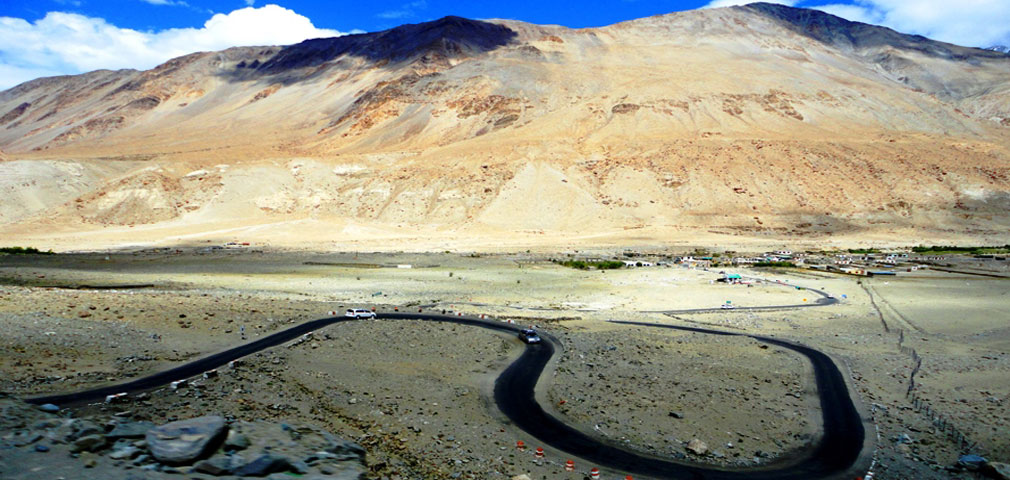
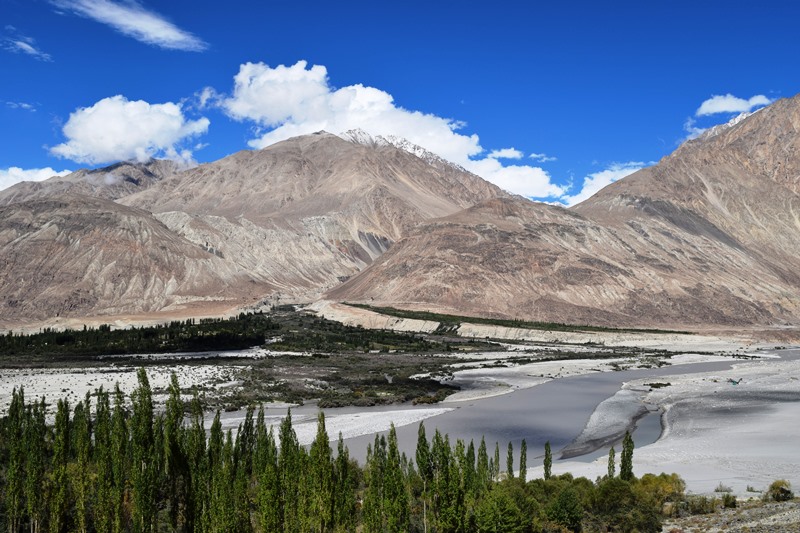
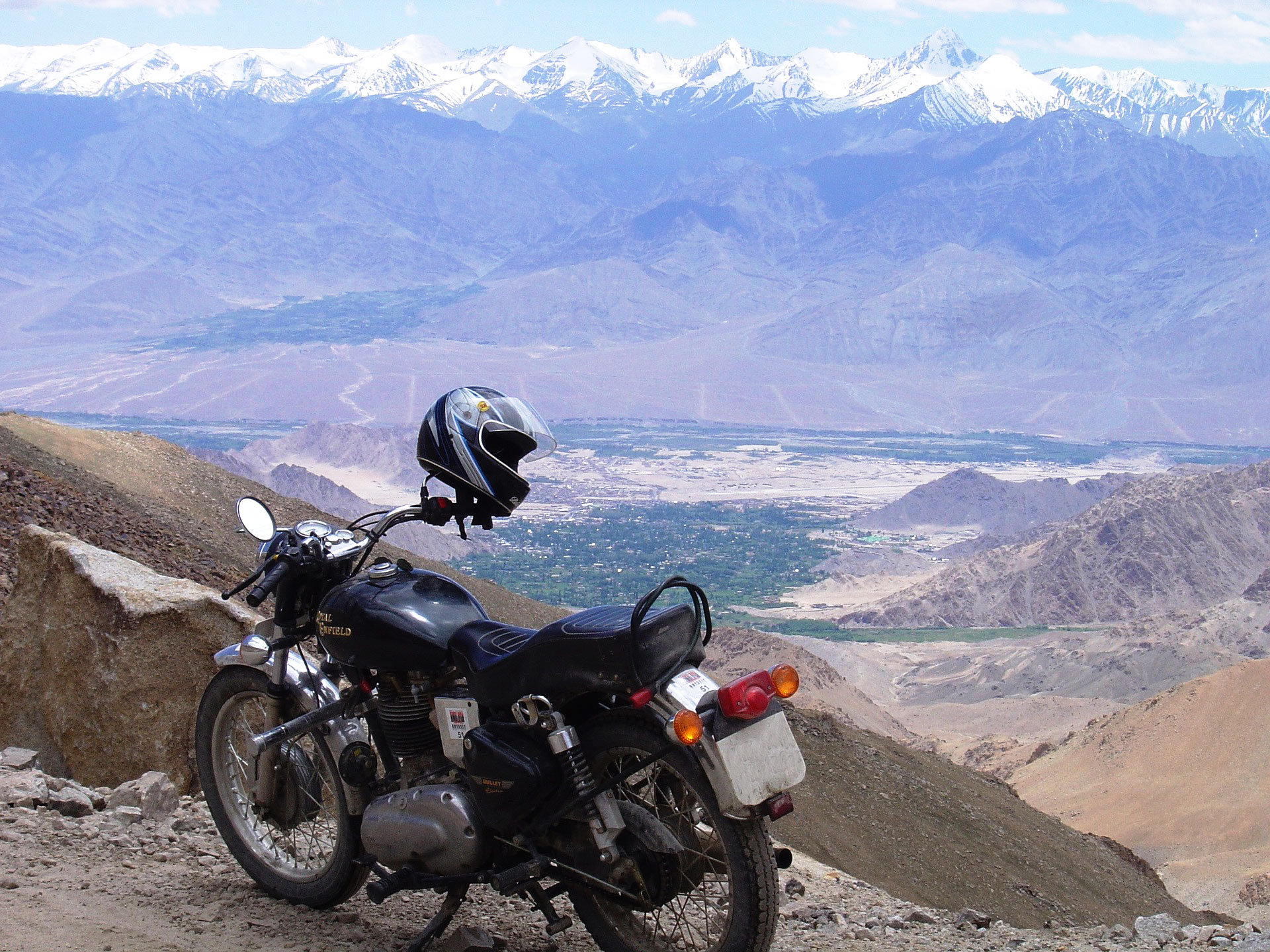
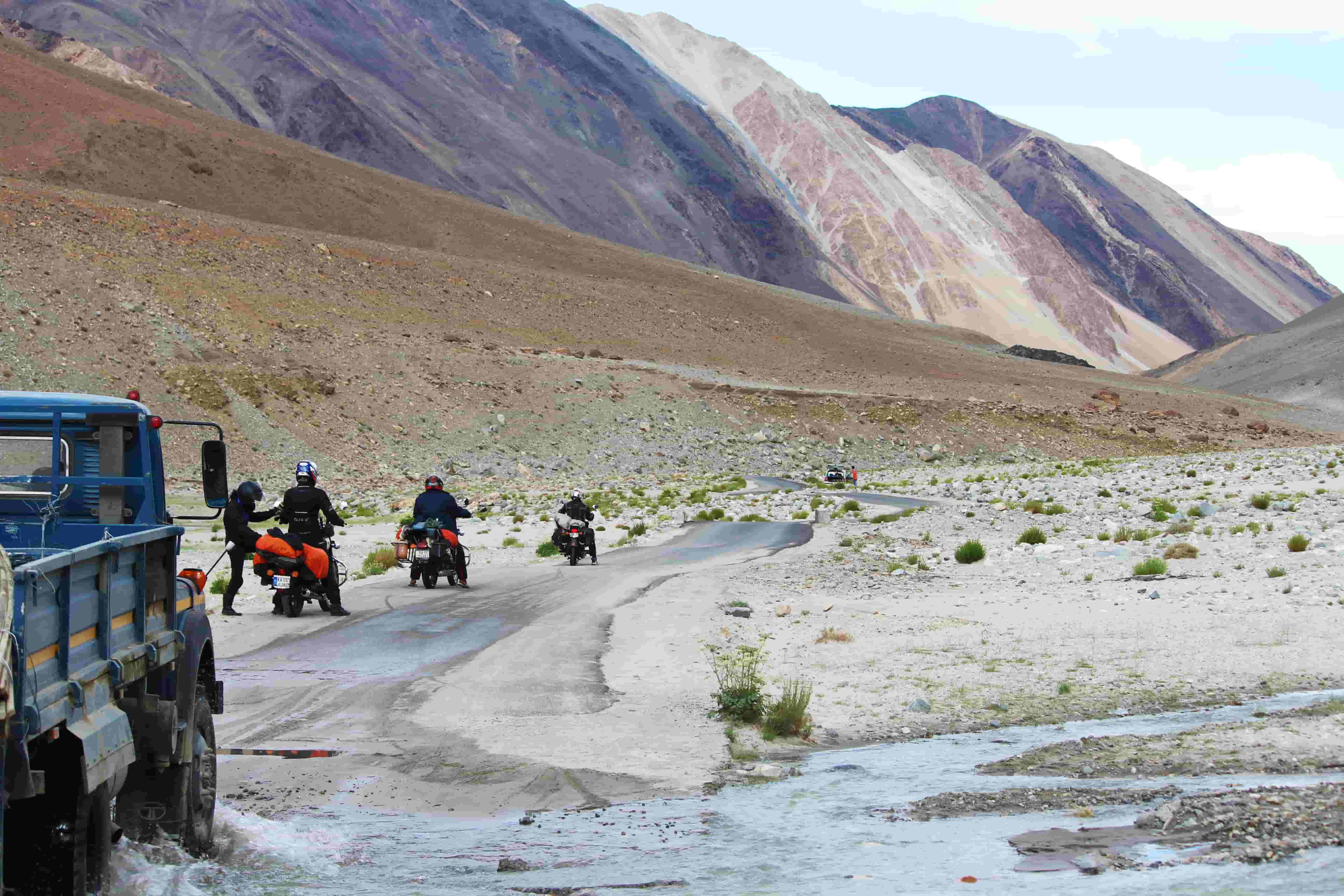
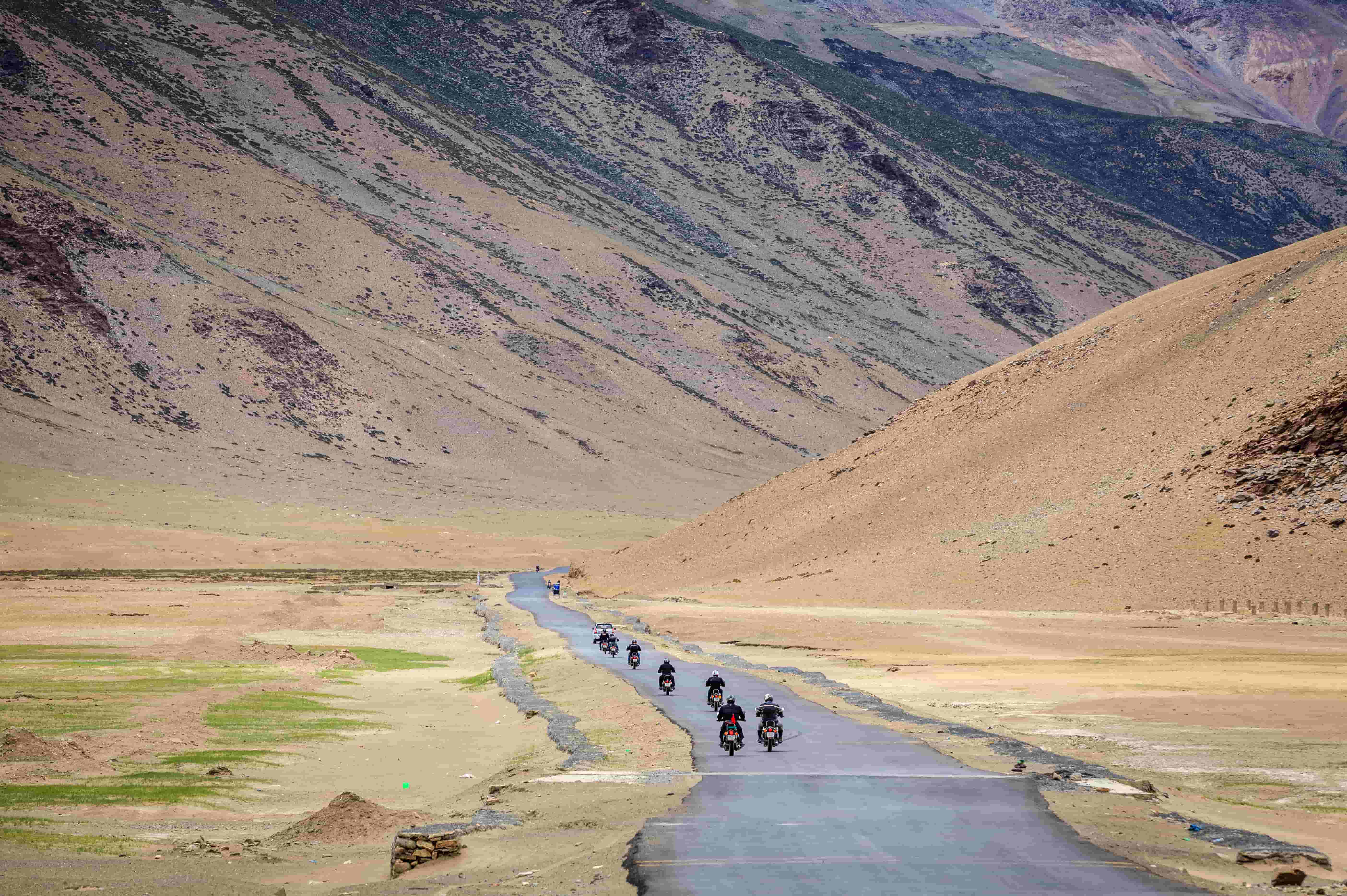
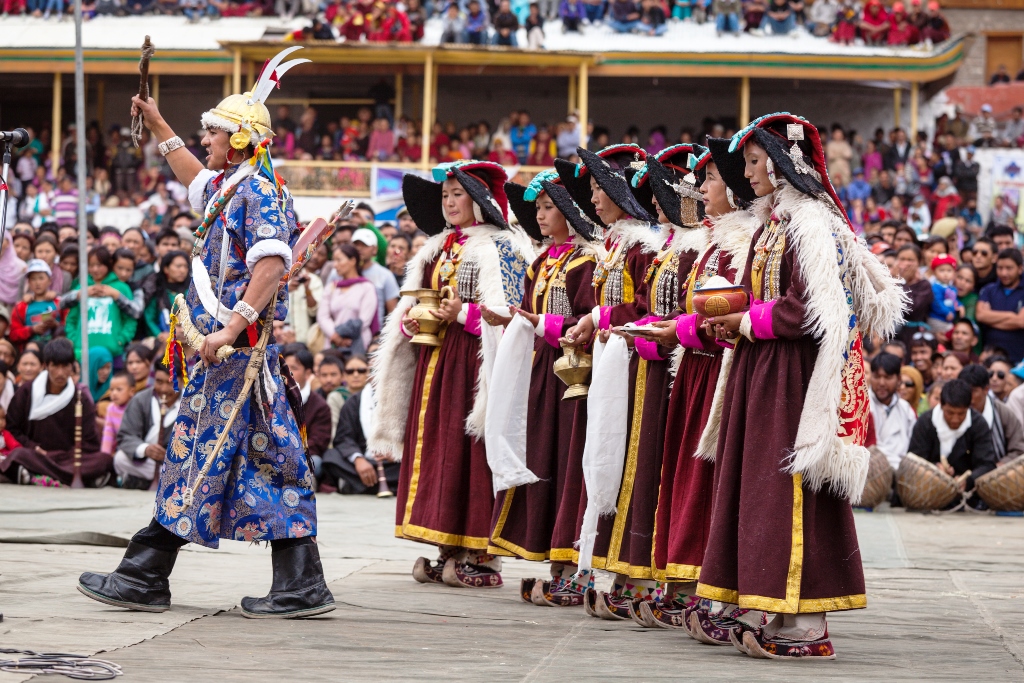
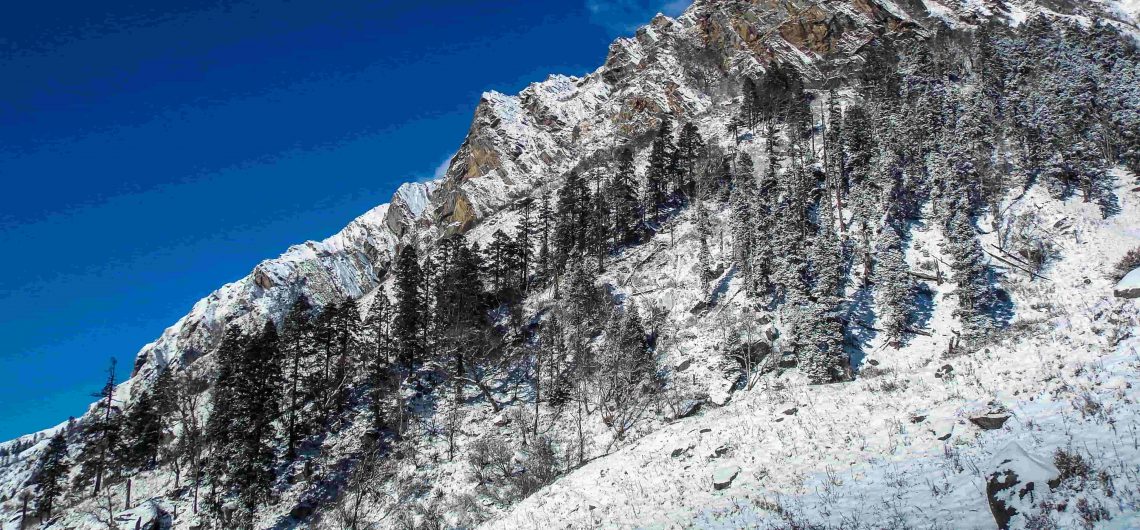
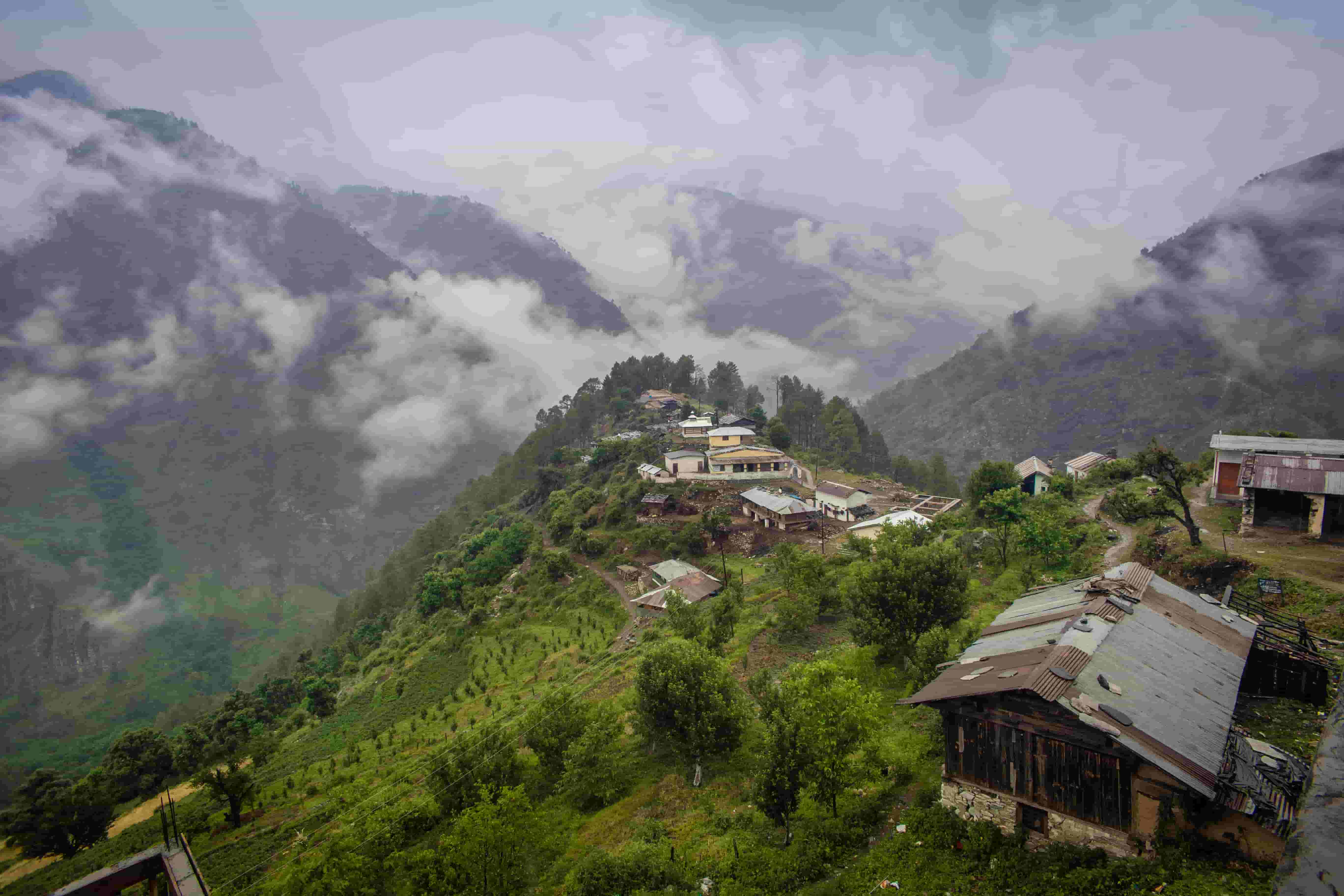
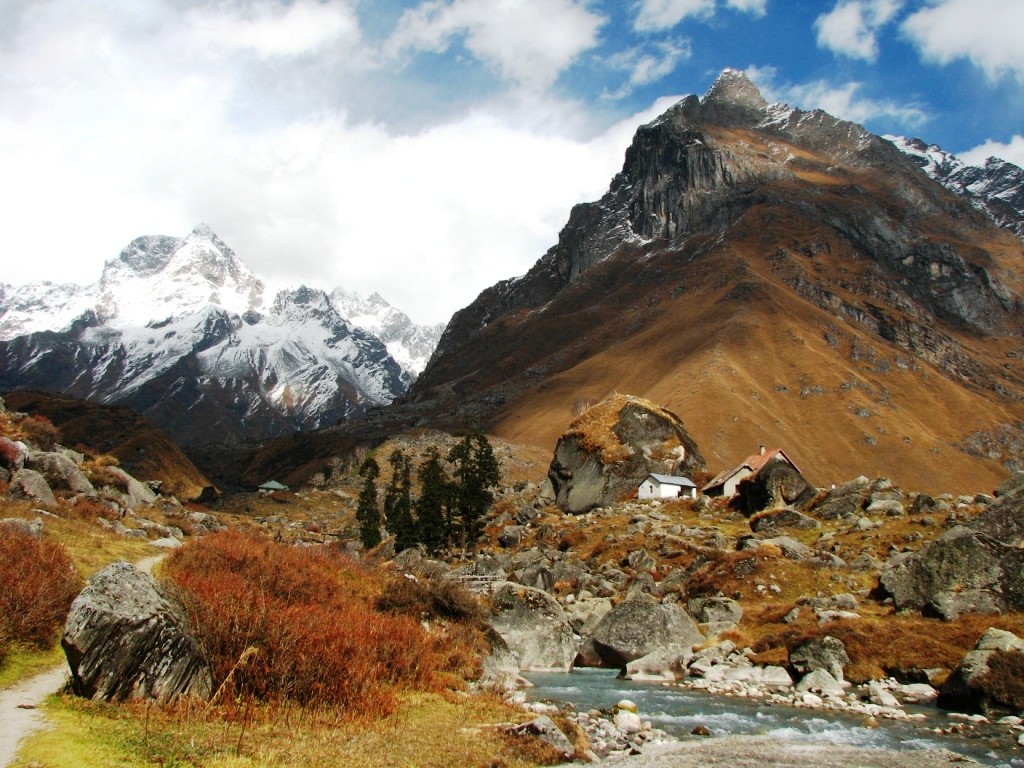
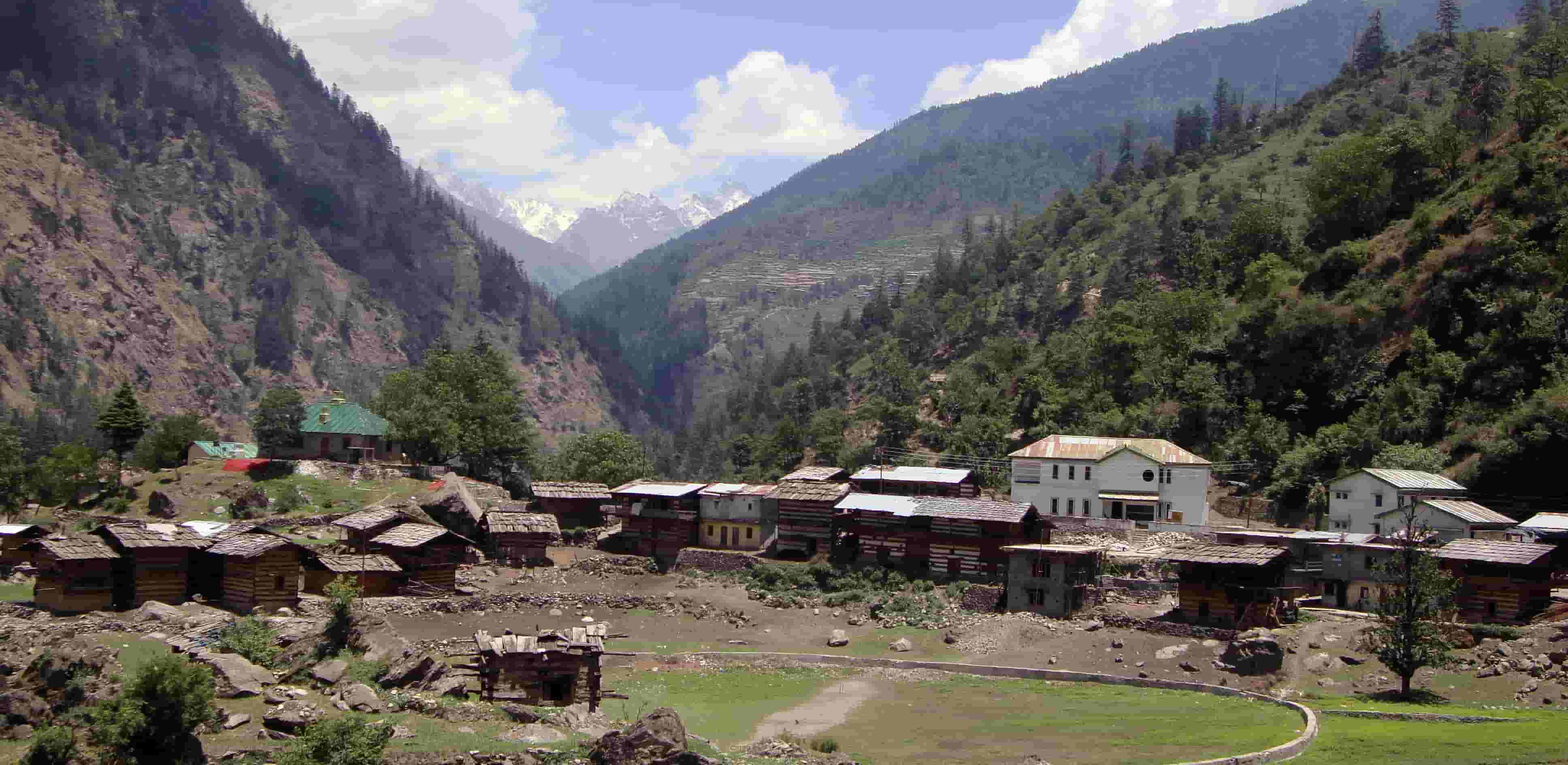
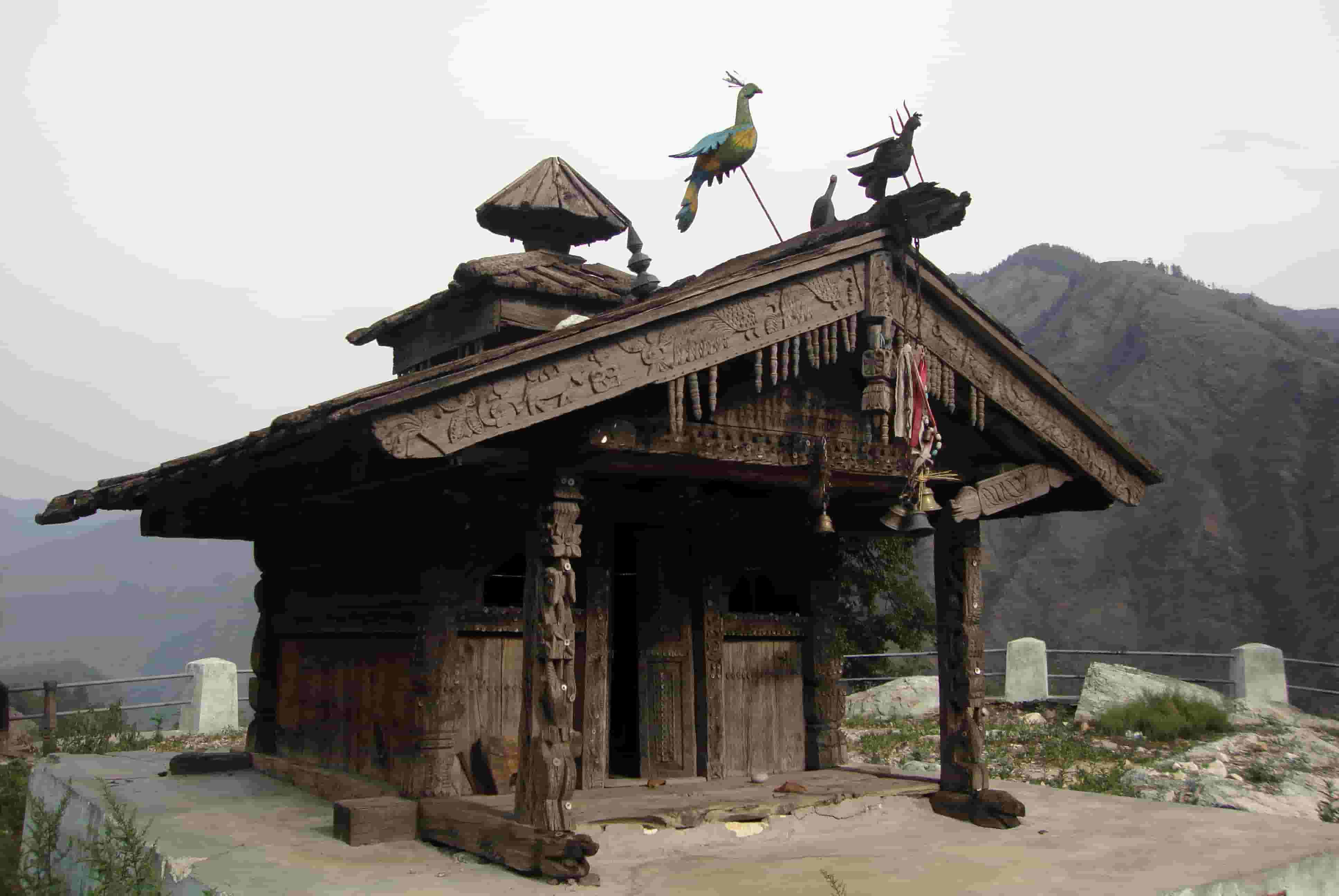
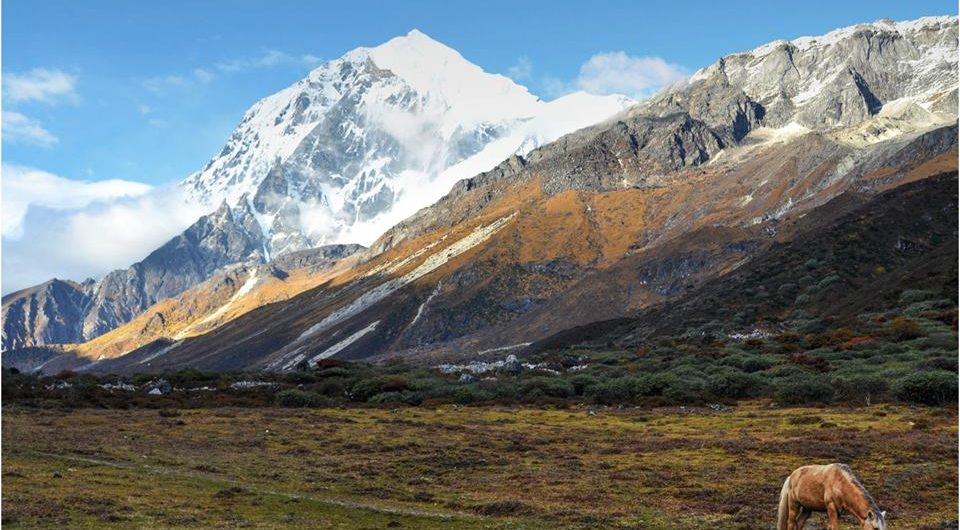
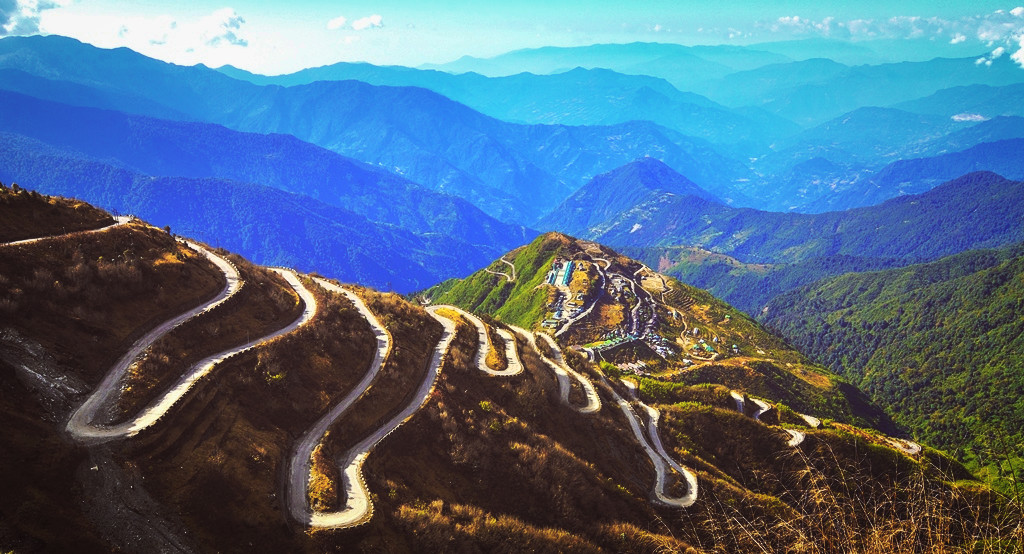

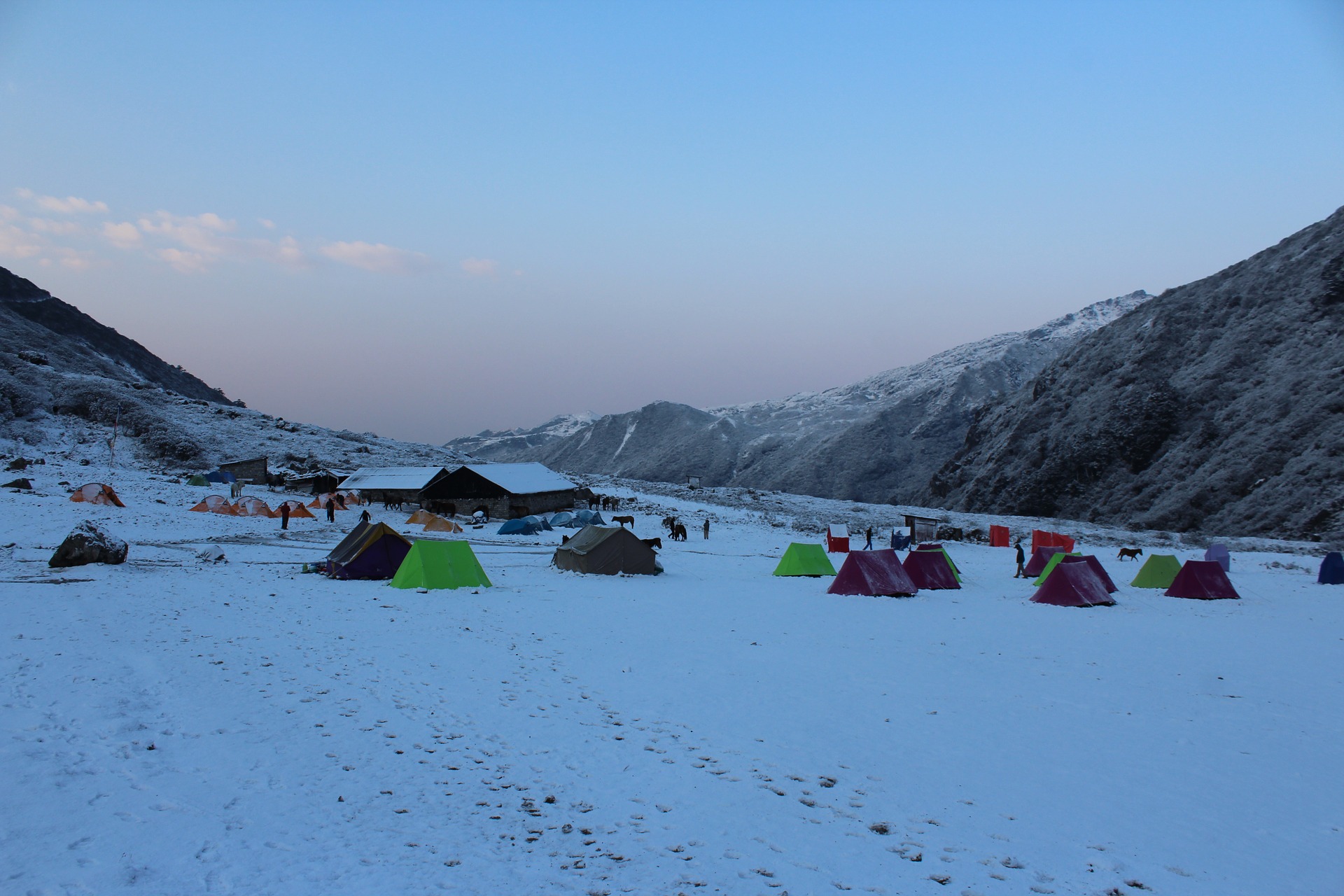

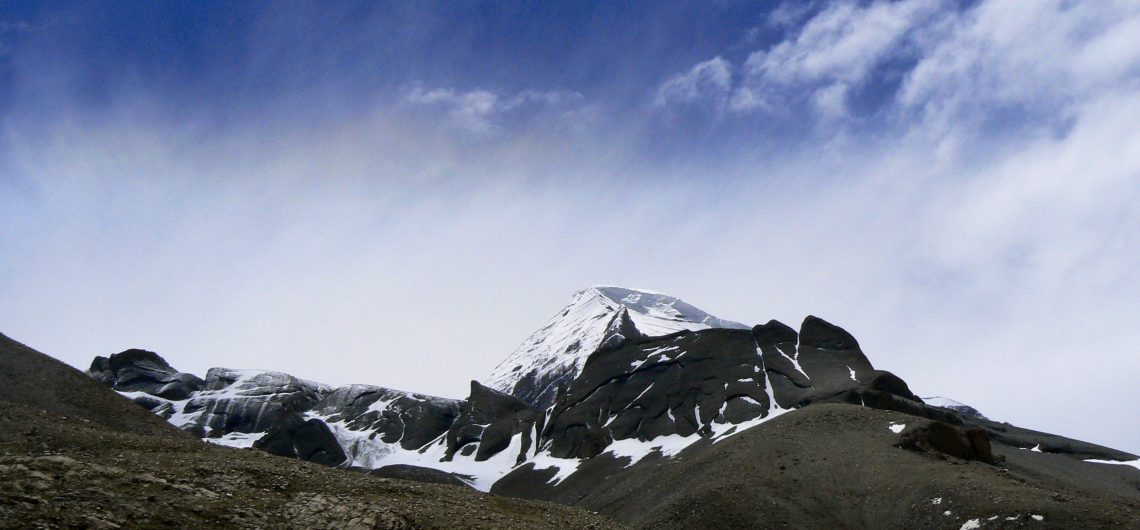
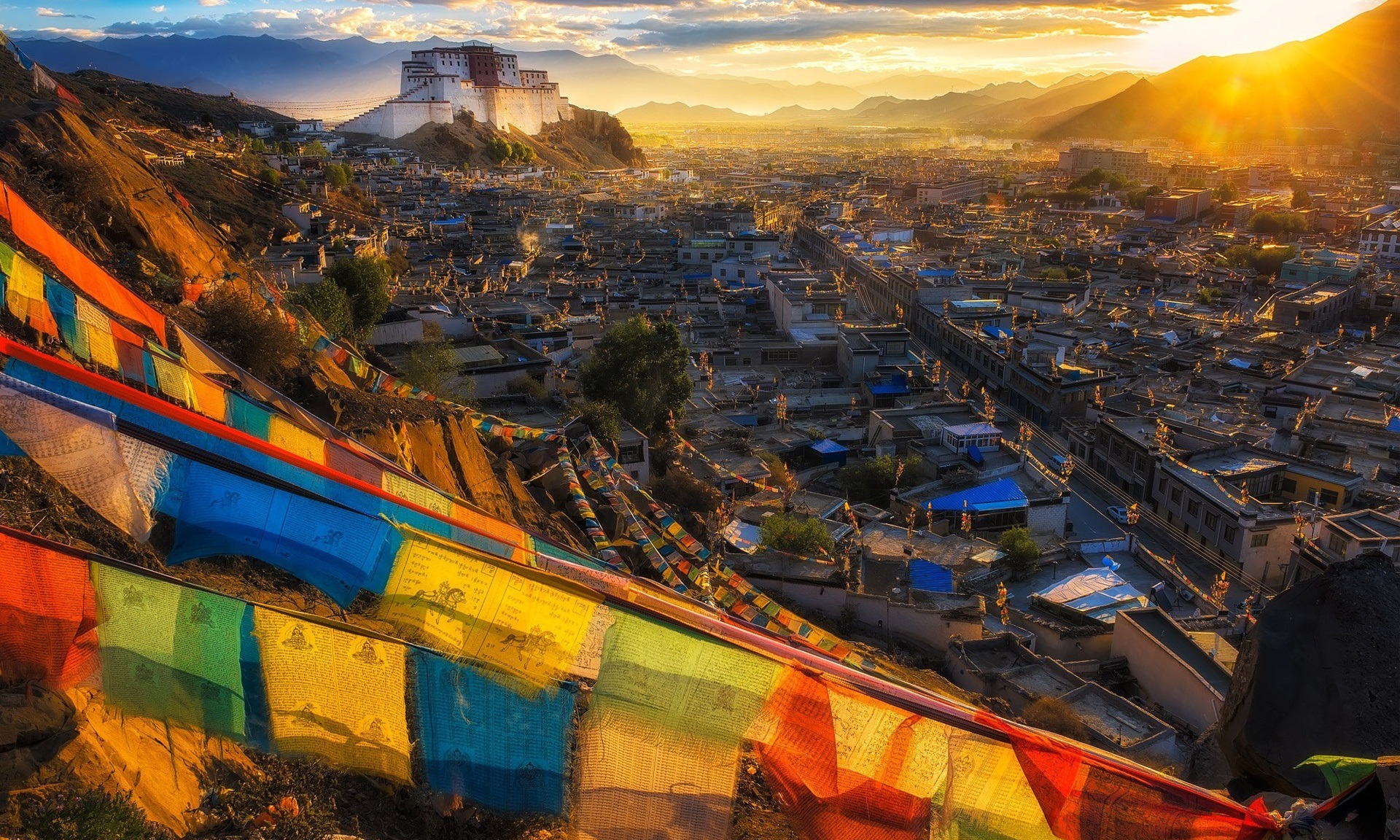
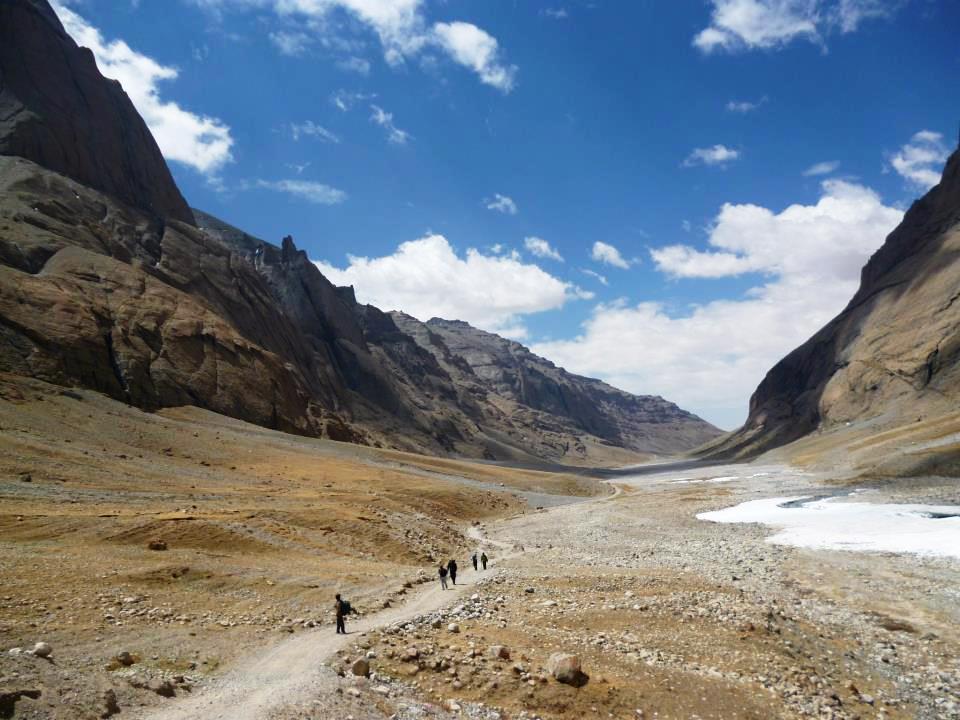
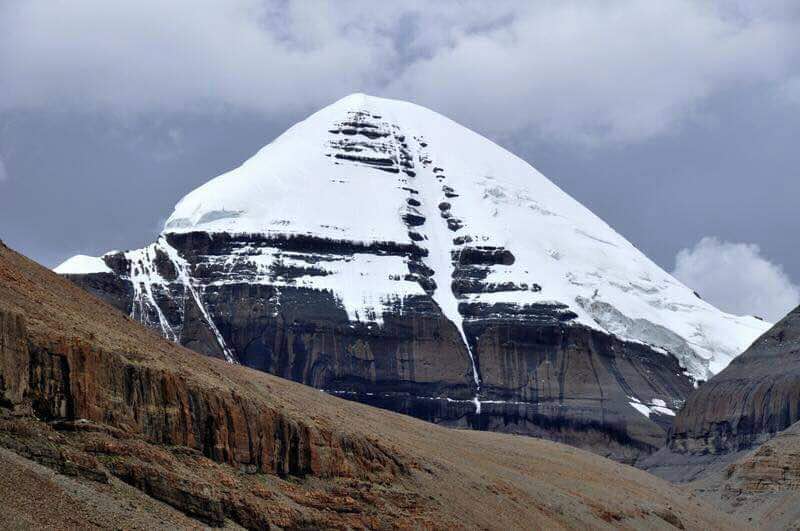
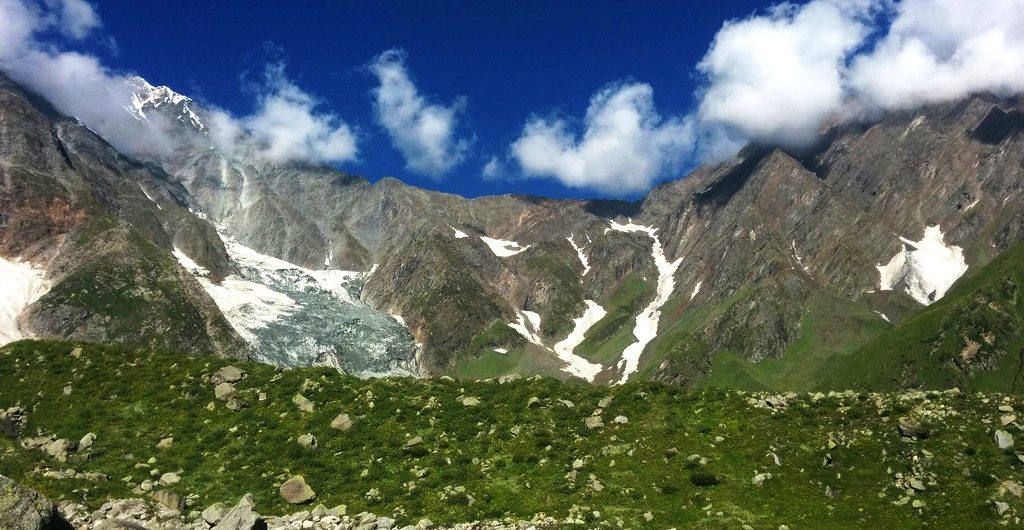
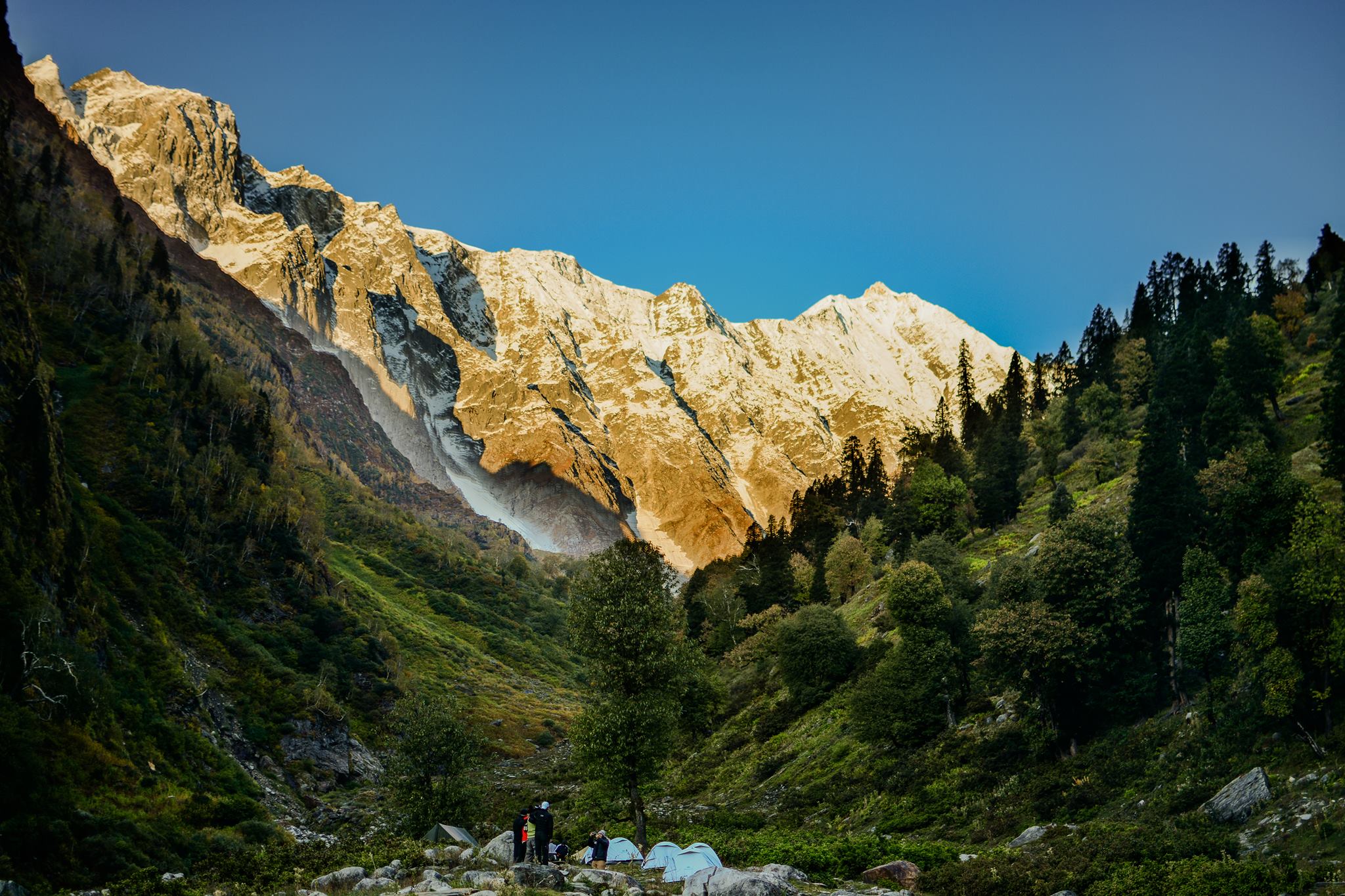
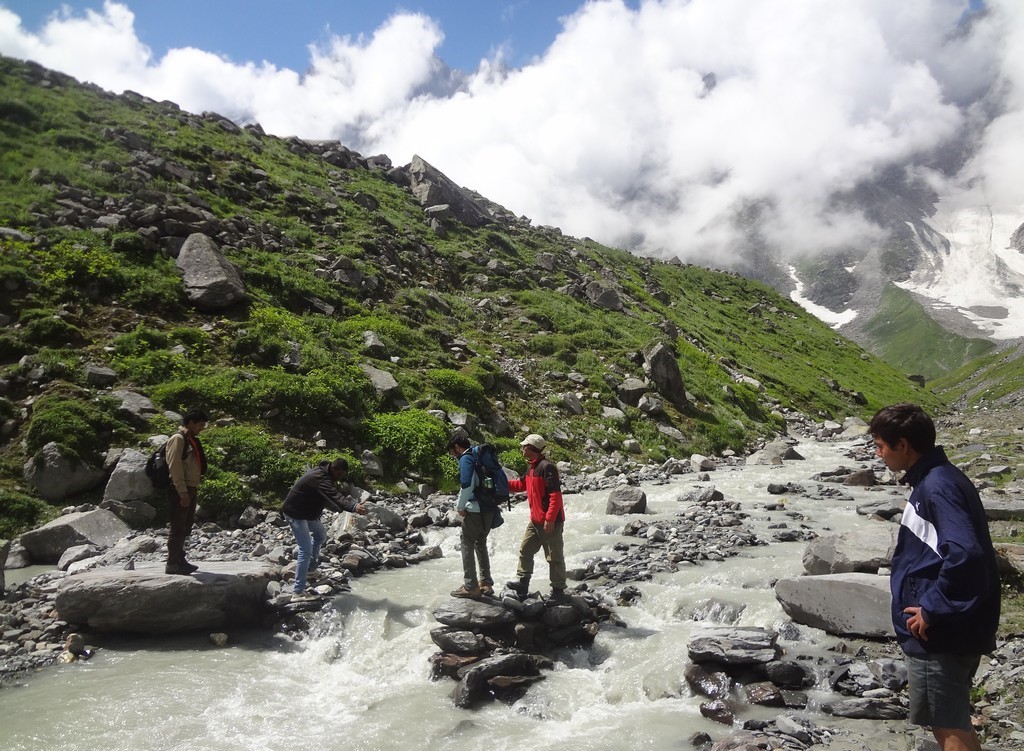
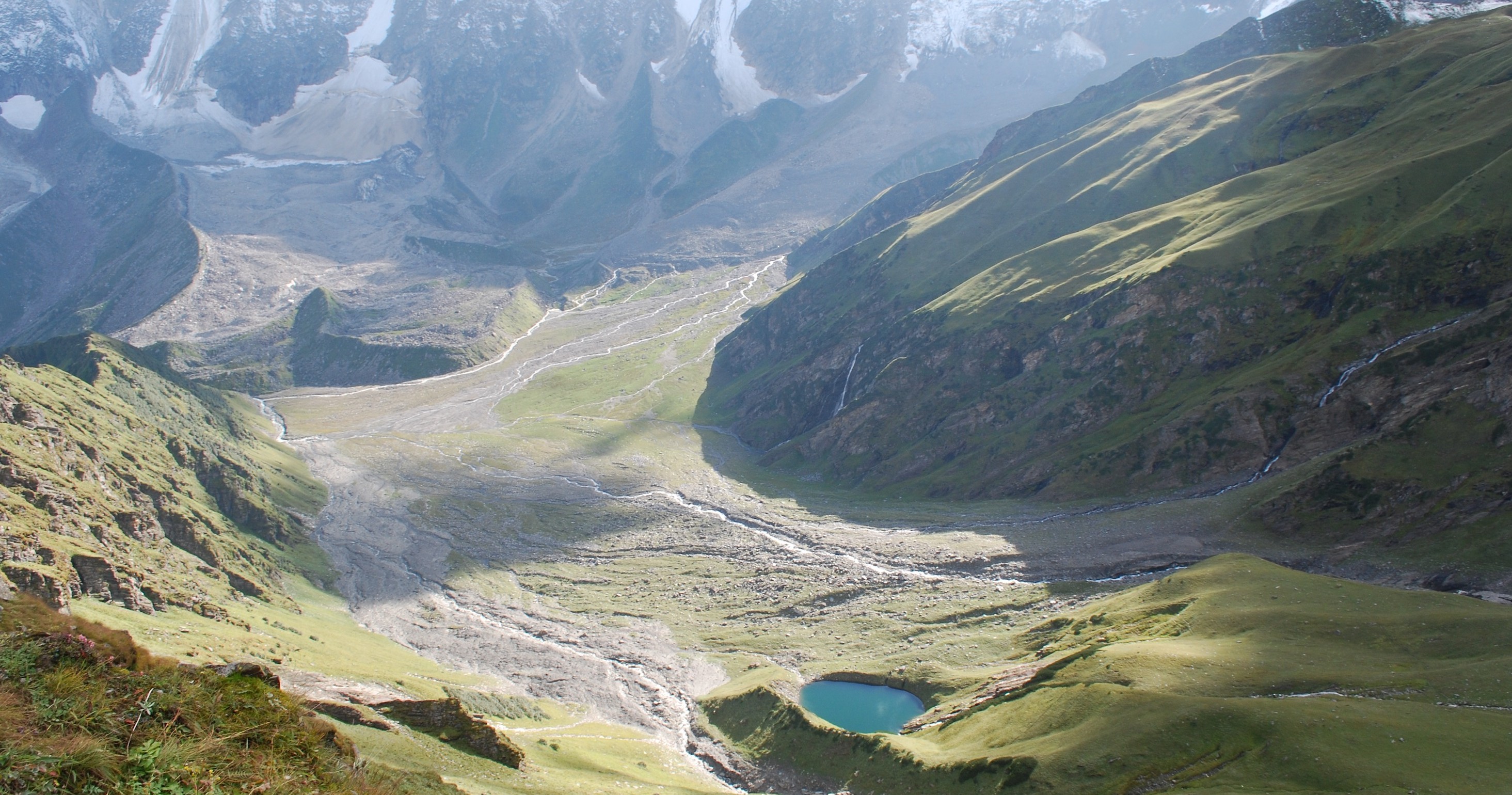
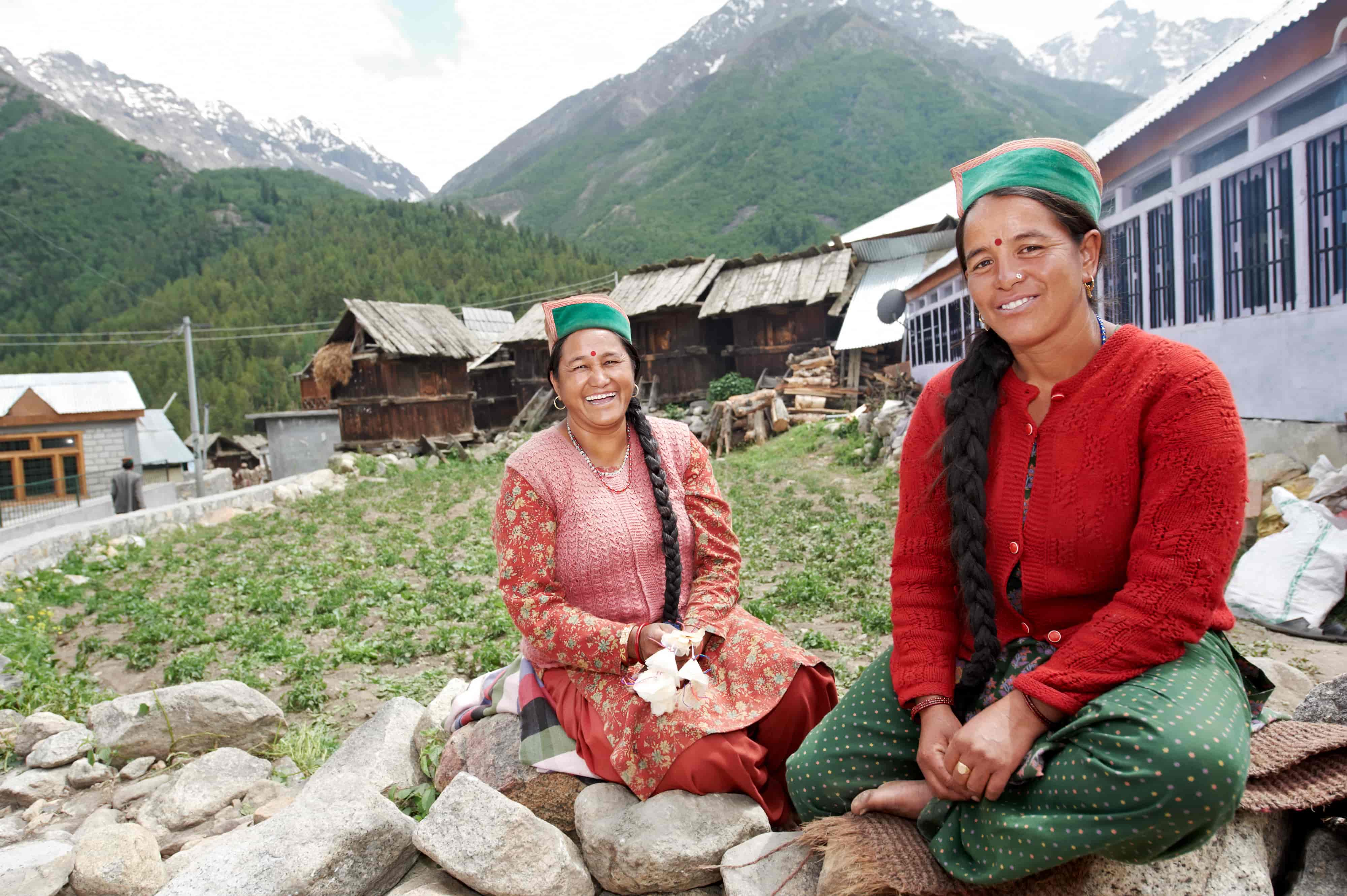
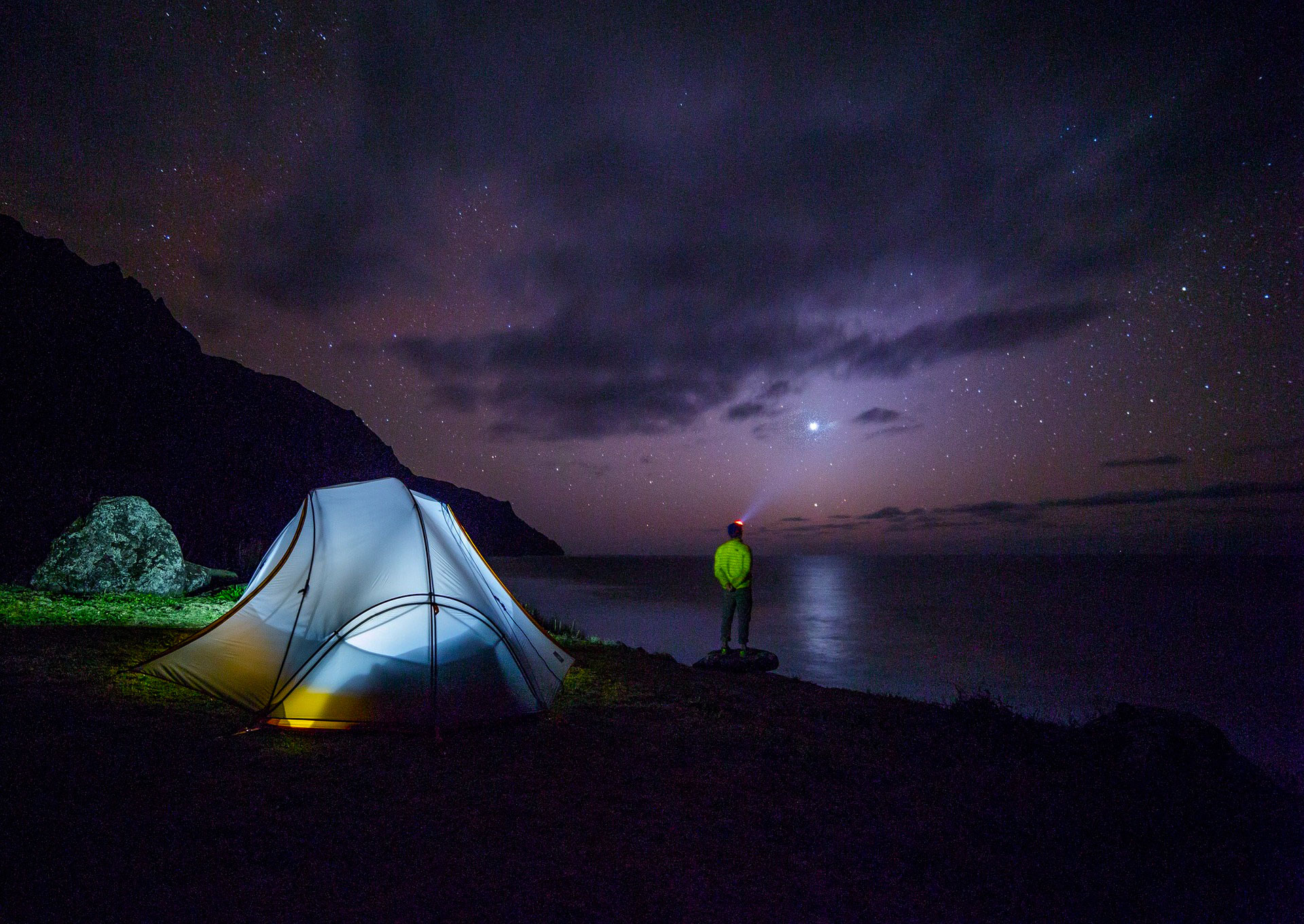
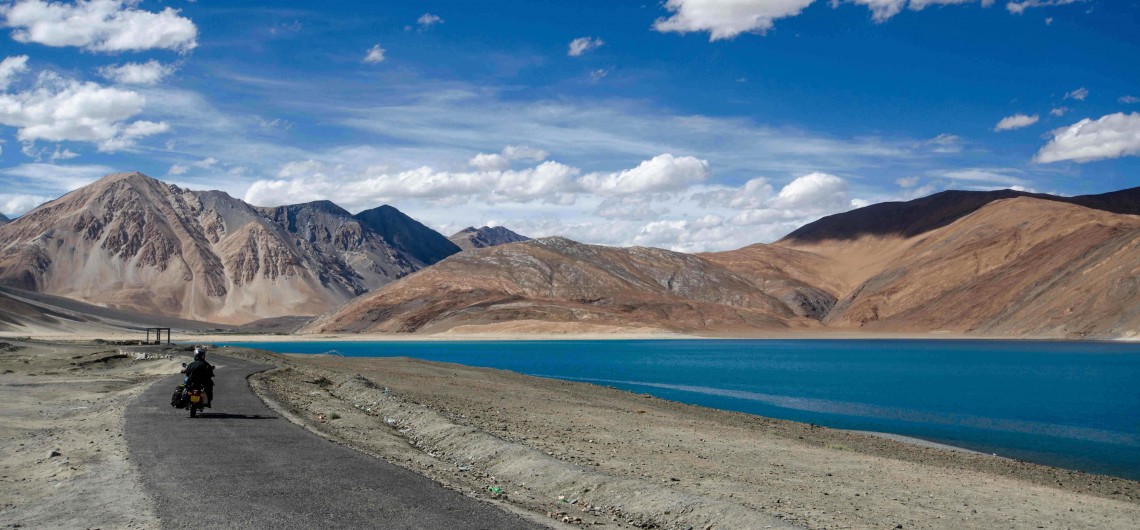
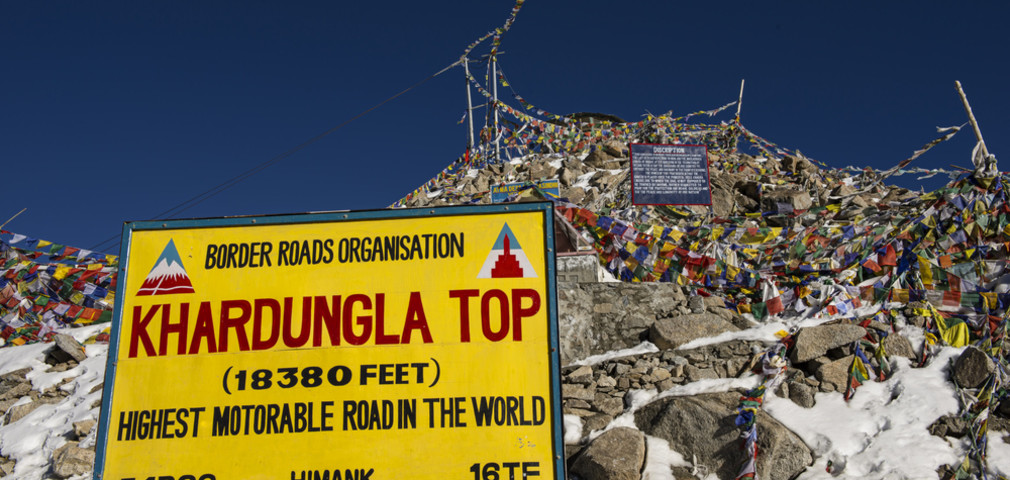

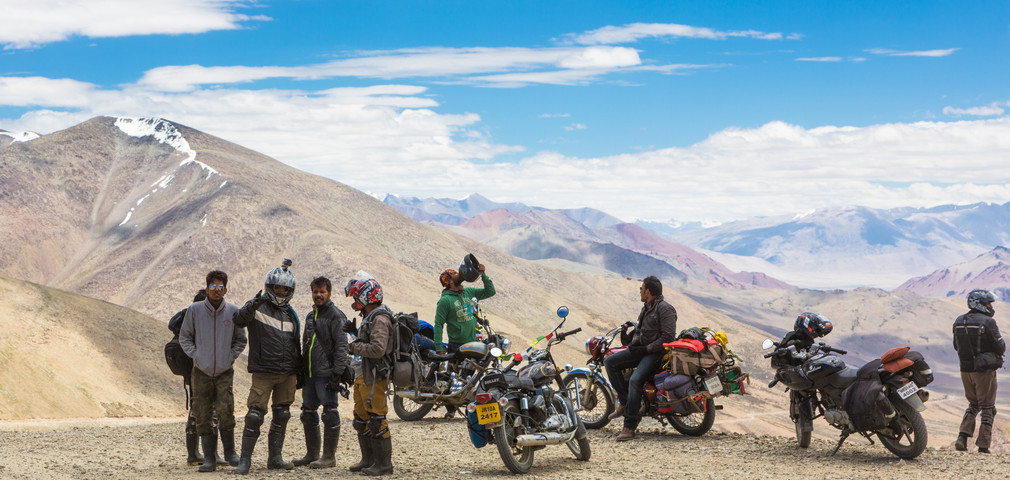

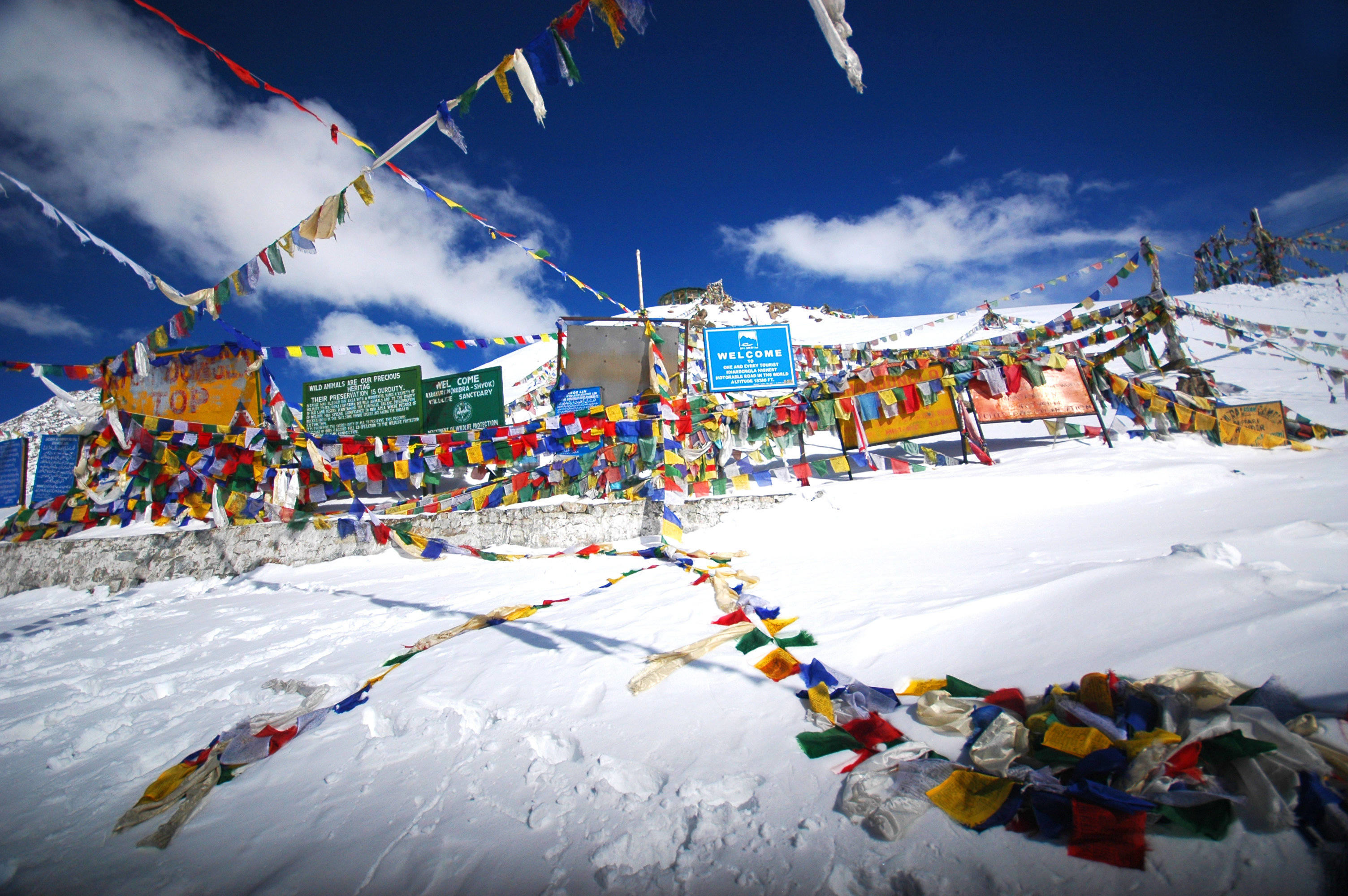
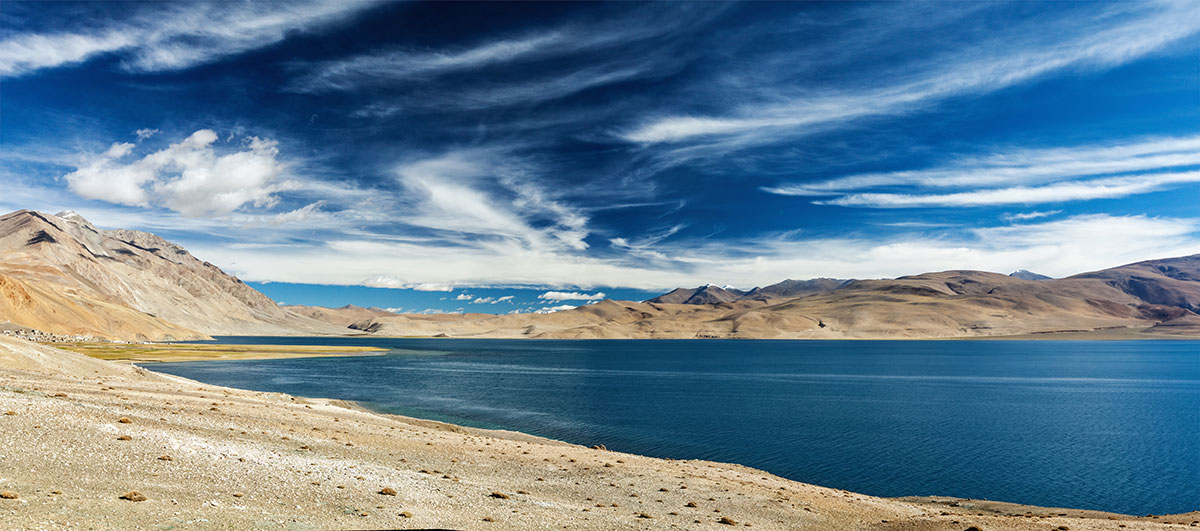
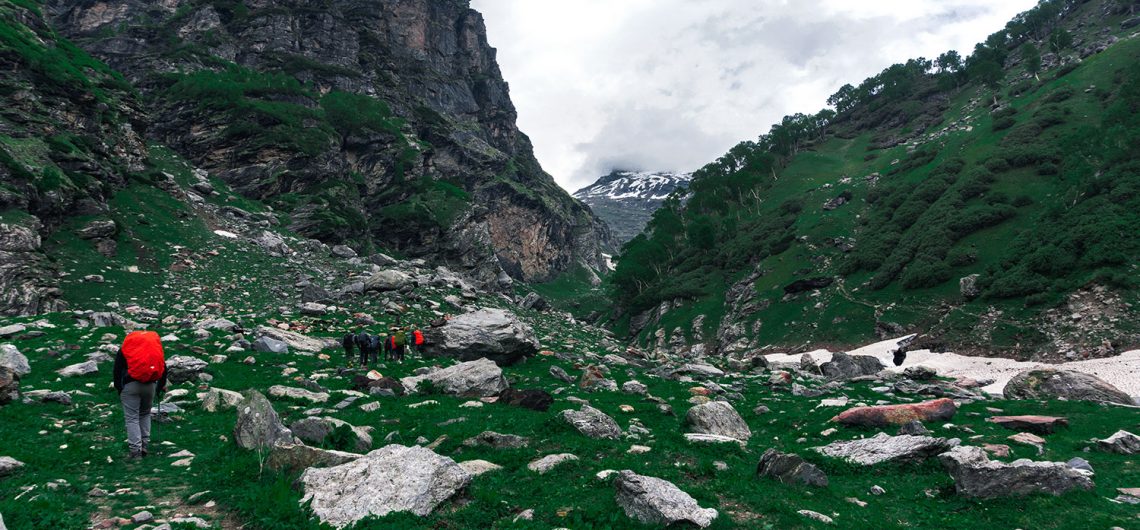
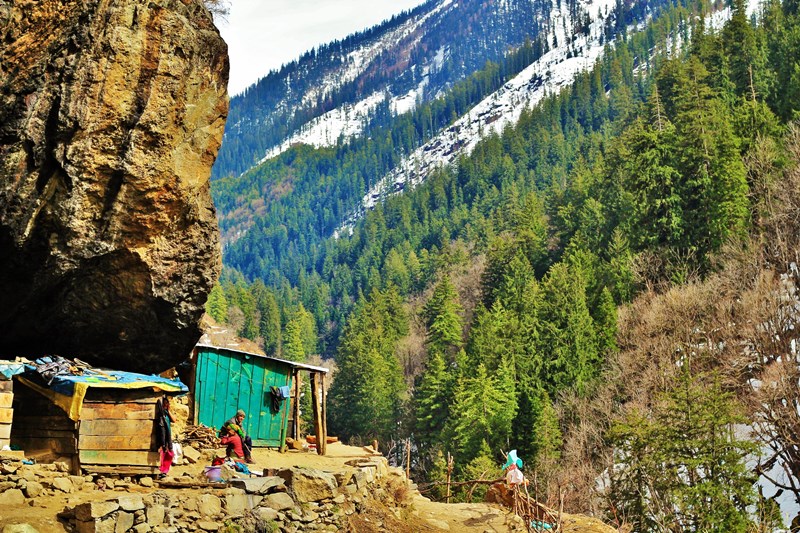
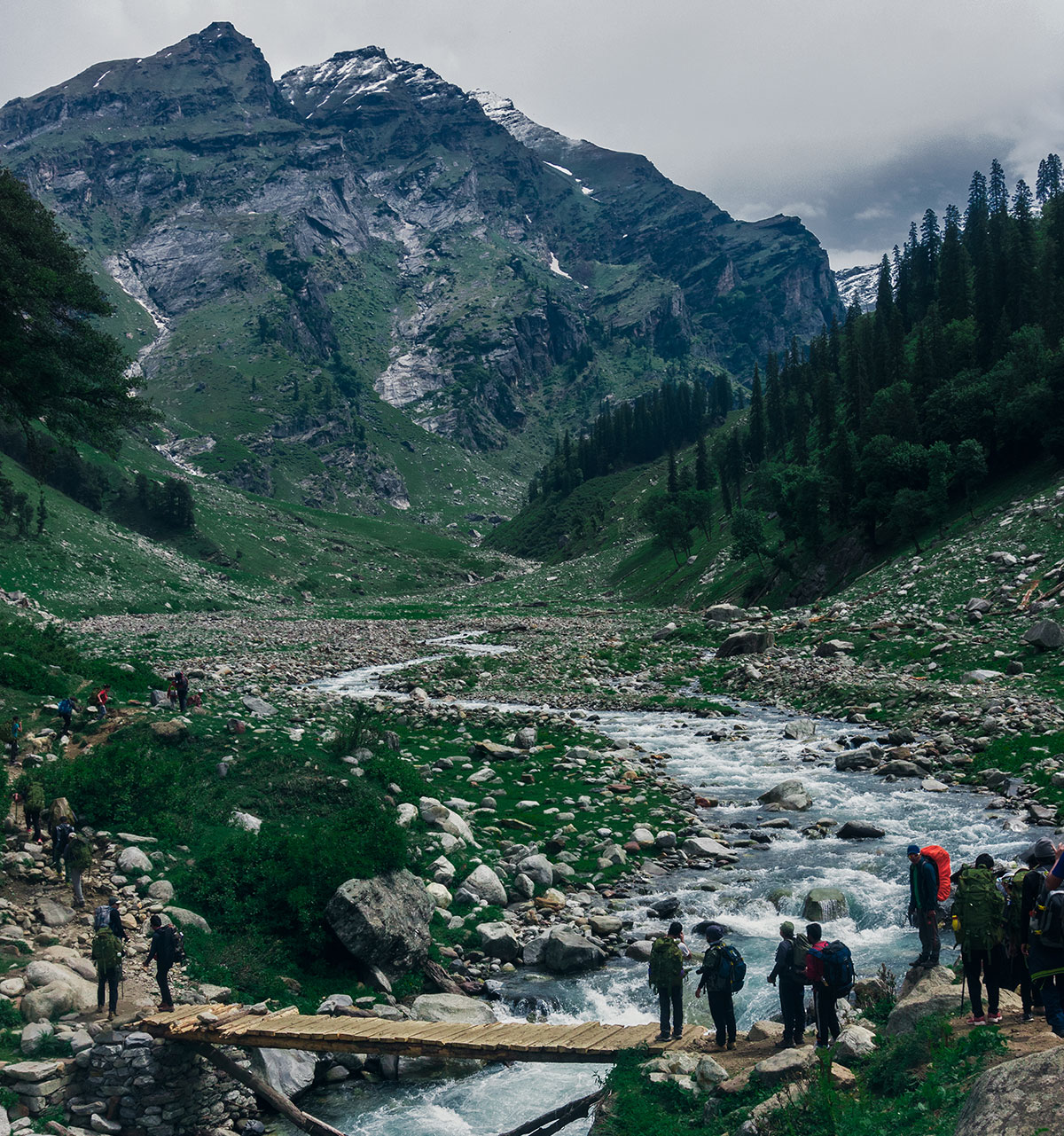 The
The 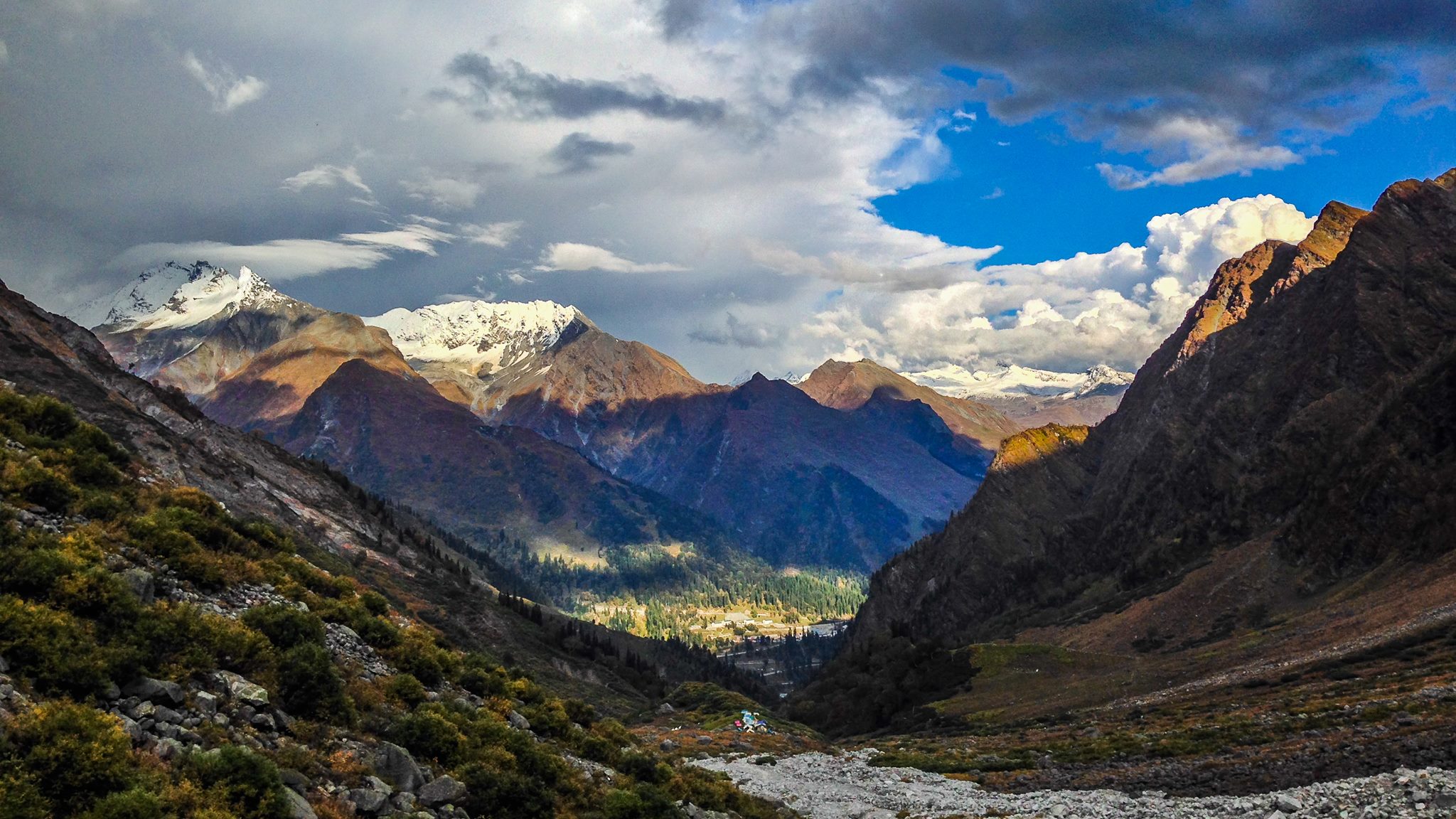
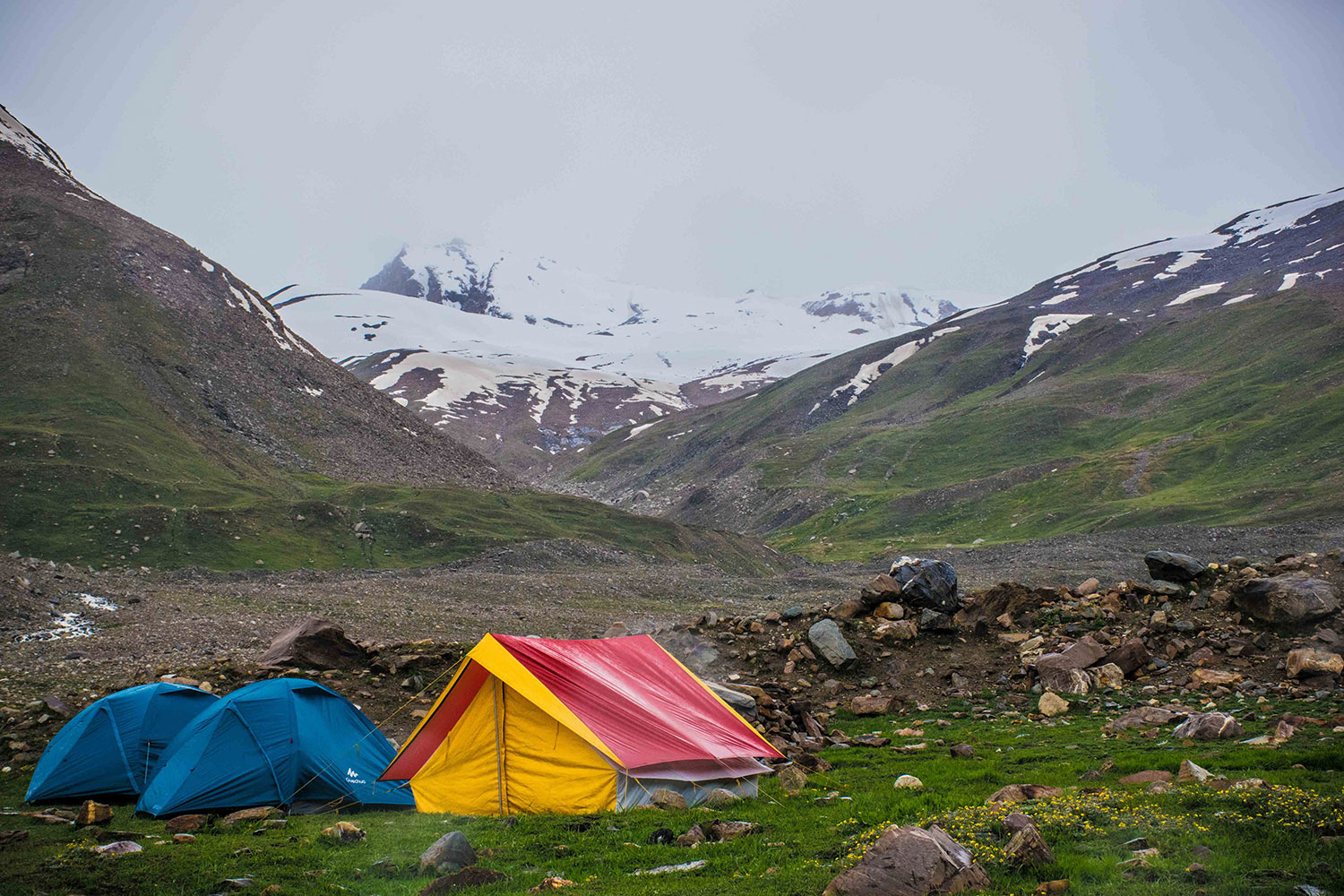 Connecting Kullu’s Parvati Valley and Spiti’s Pin Valley, the
Connecting Kullu’s Parvati Valley and Spiti’s Pin Valley, the 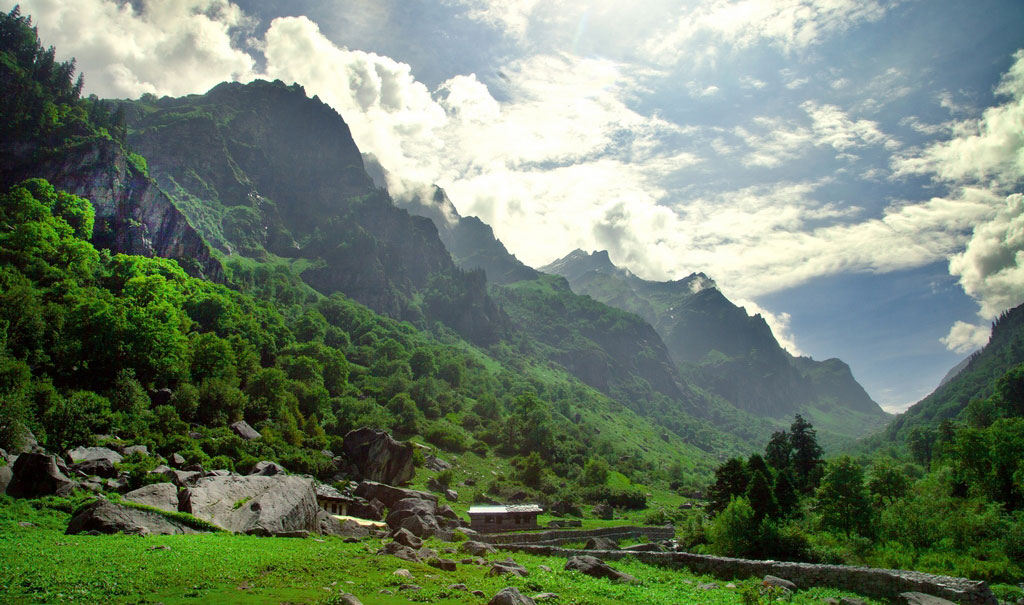 For those adventure seekers who want to make their vacation in Manali absolute pleasure, the
For those adventure seekers who want to make their vacation in Manali absolute pleasure, the 